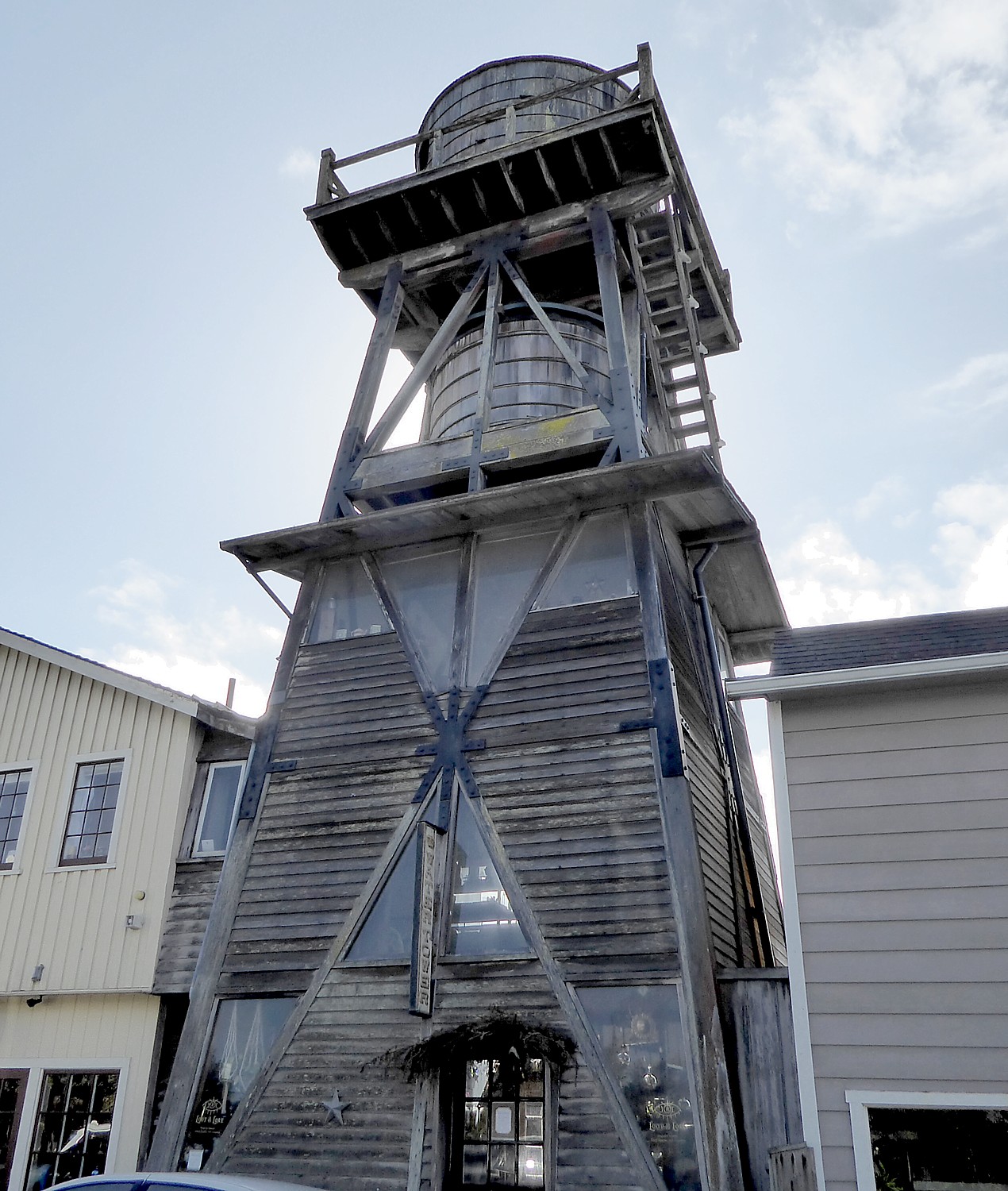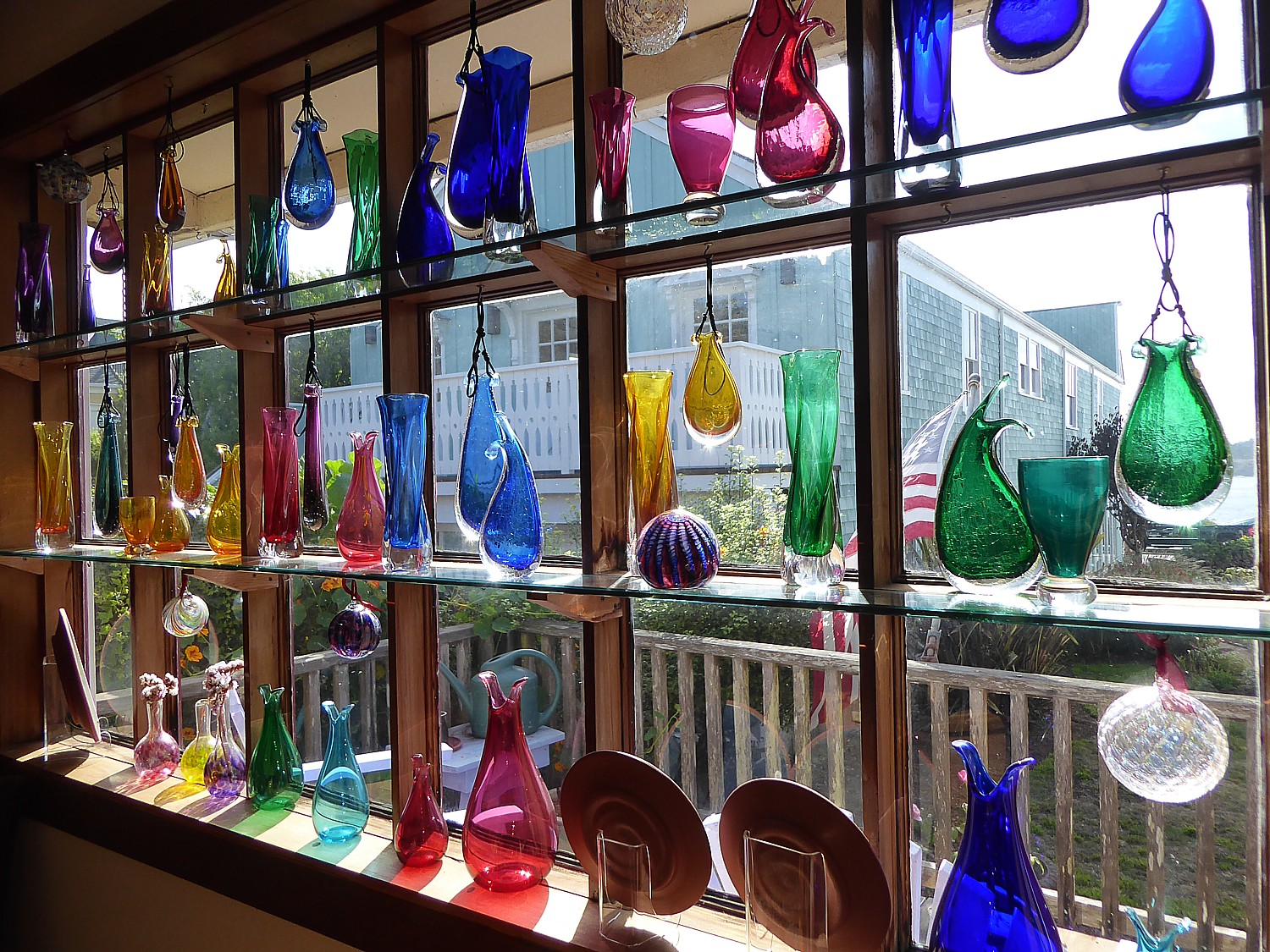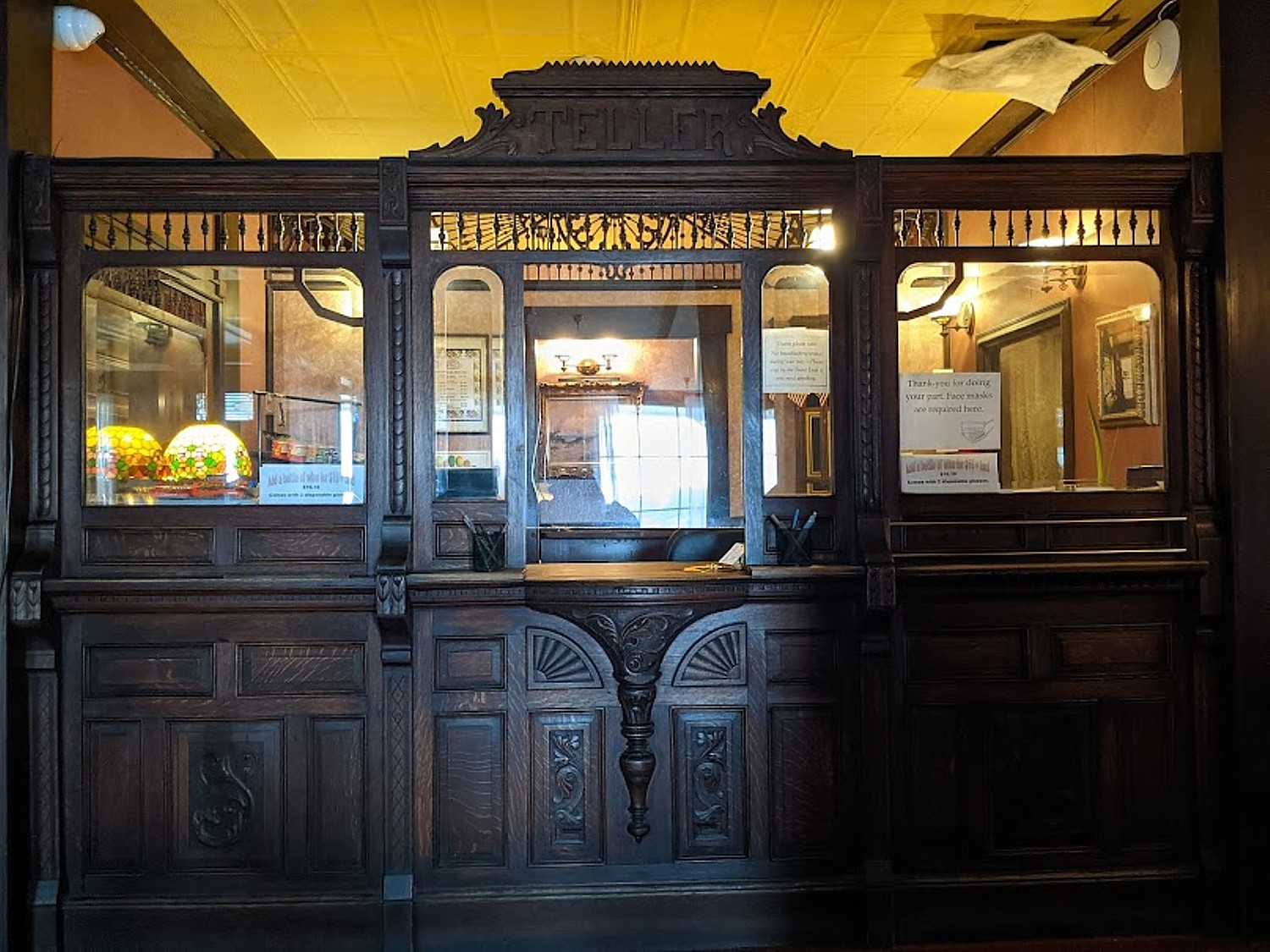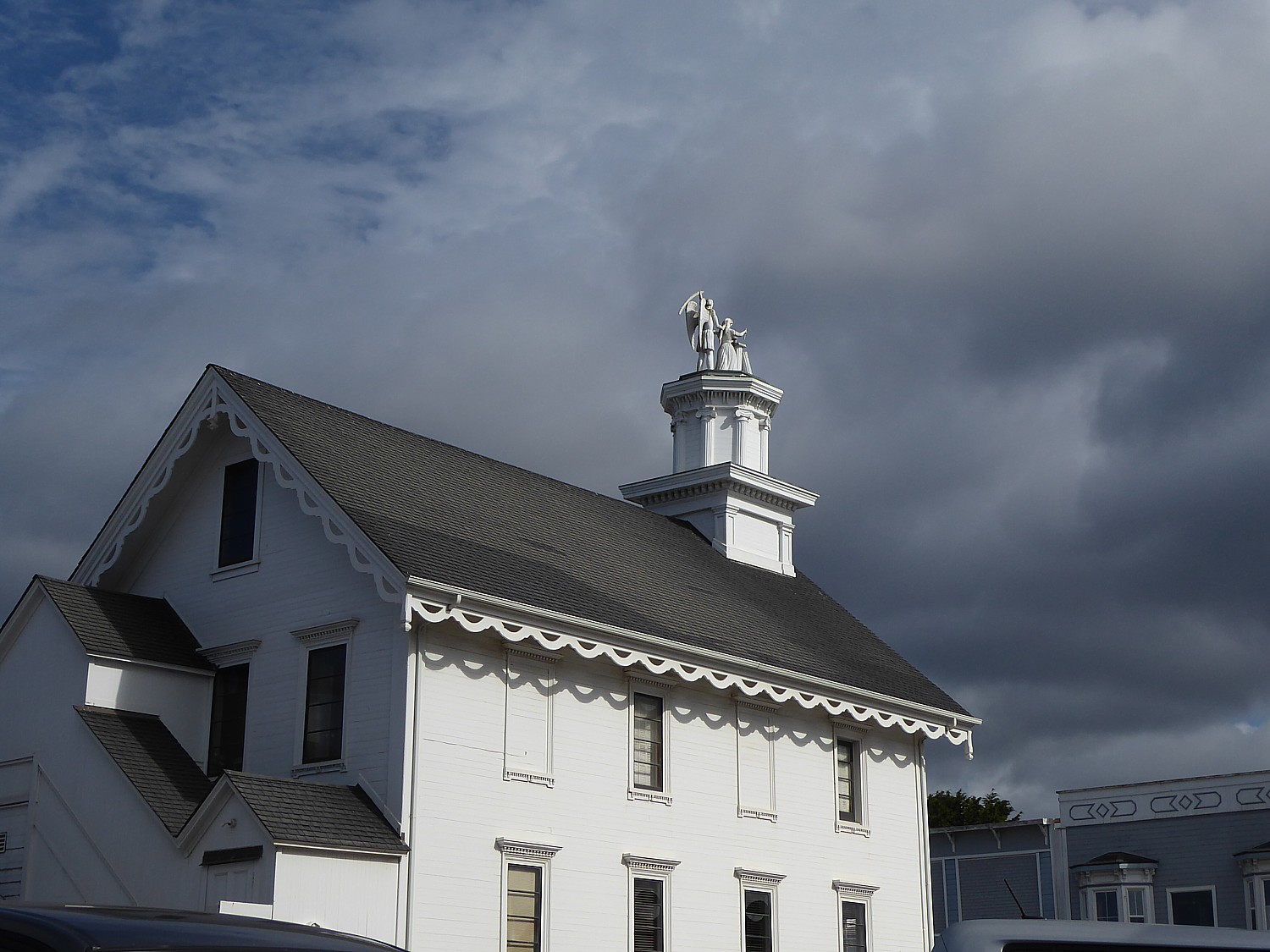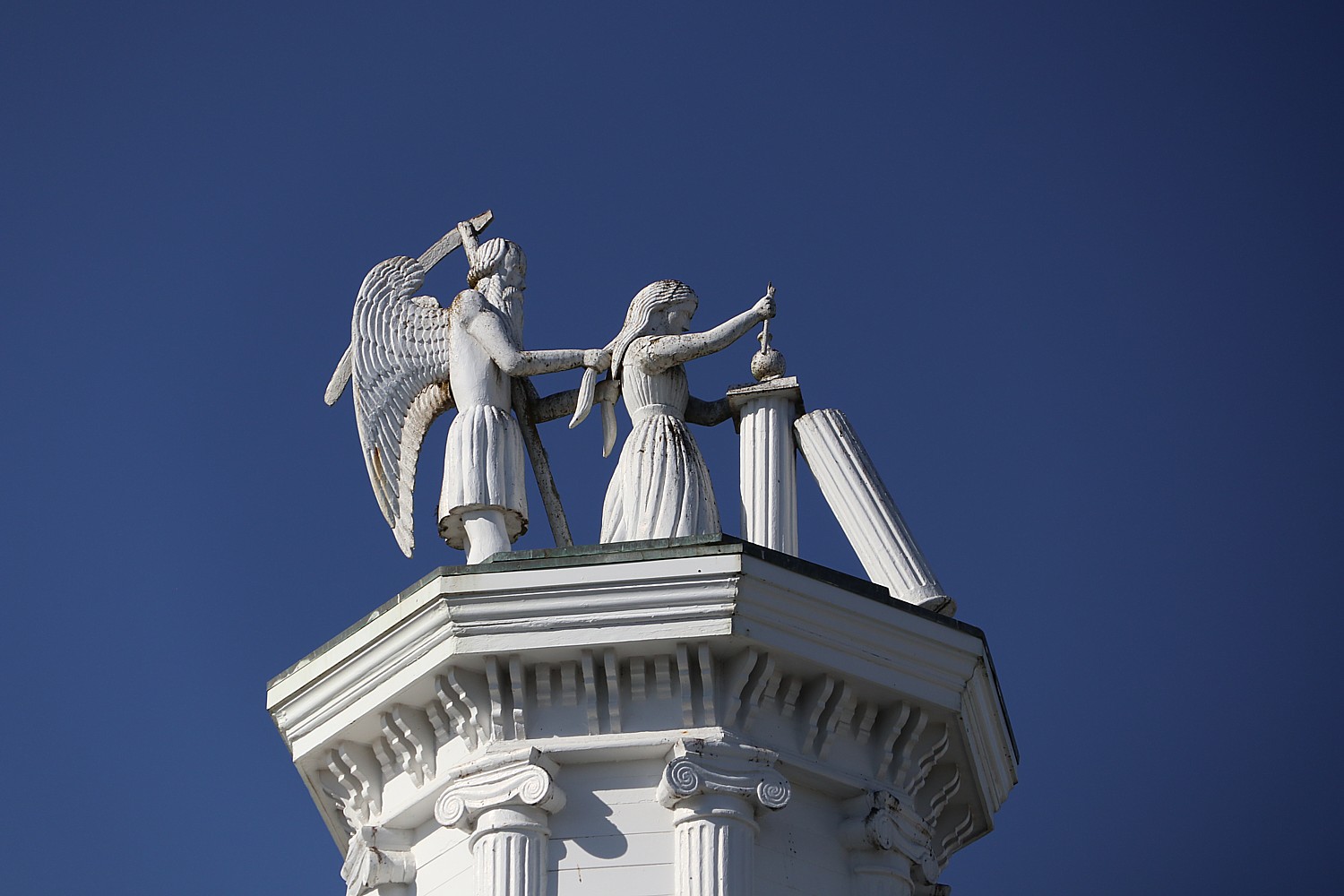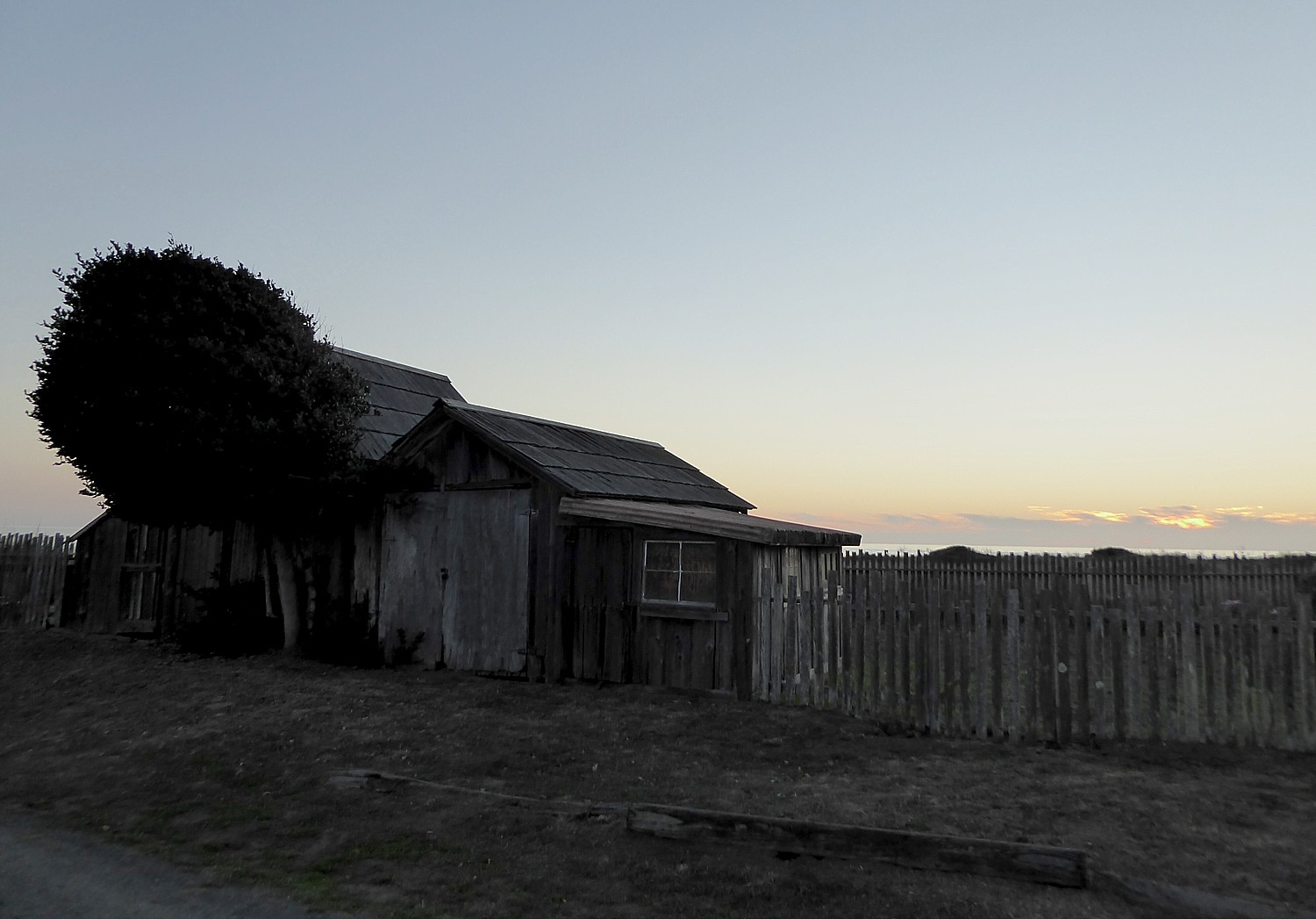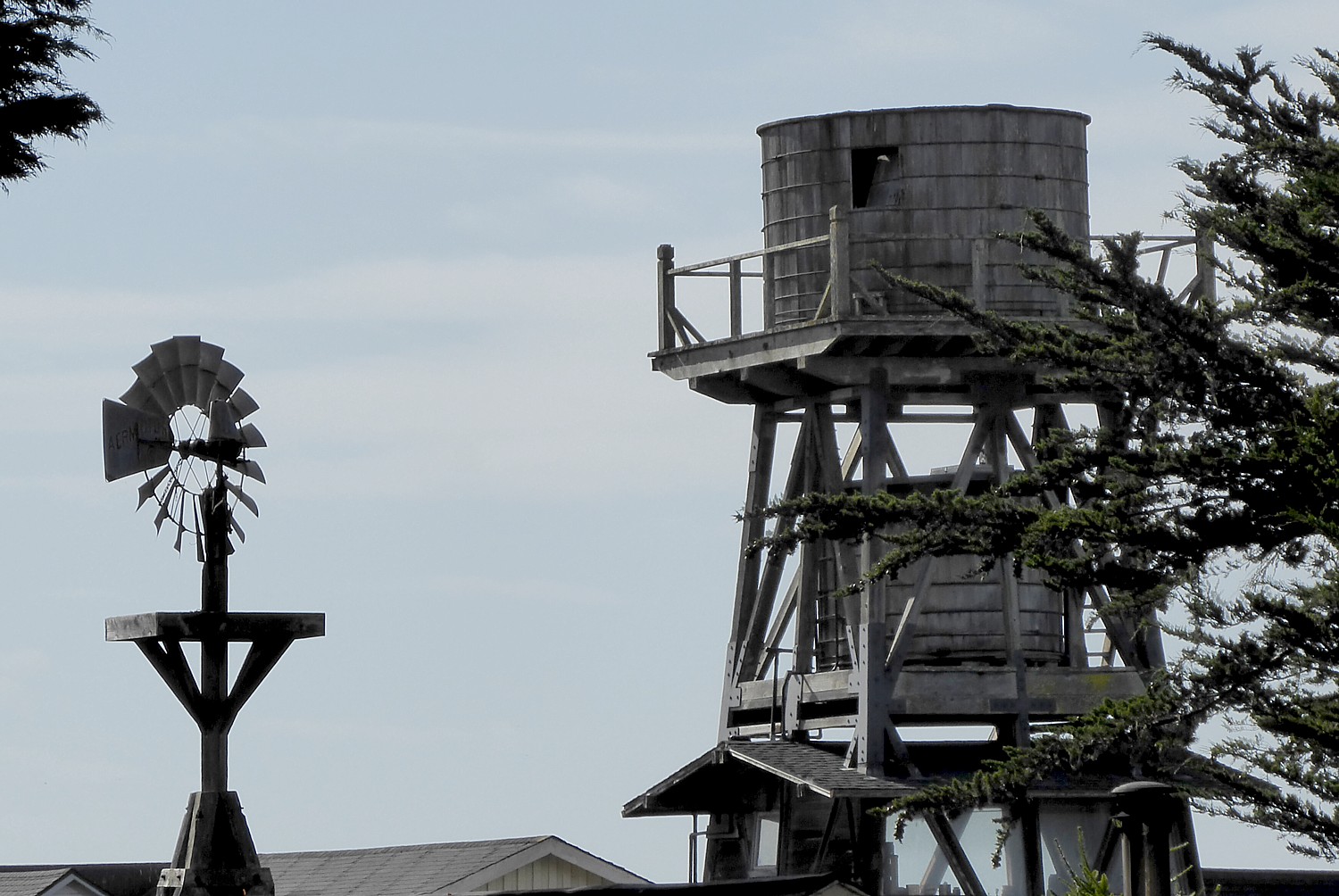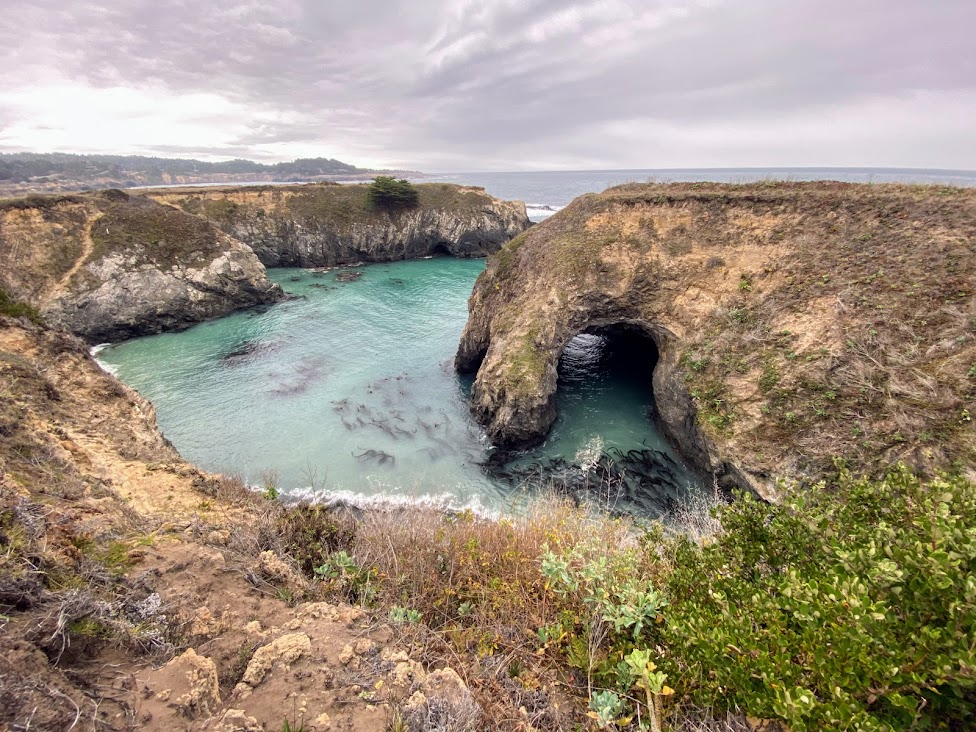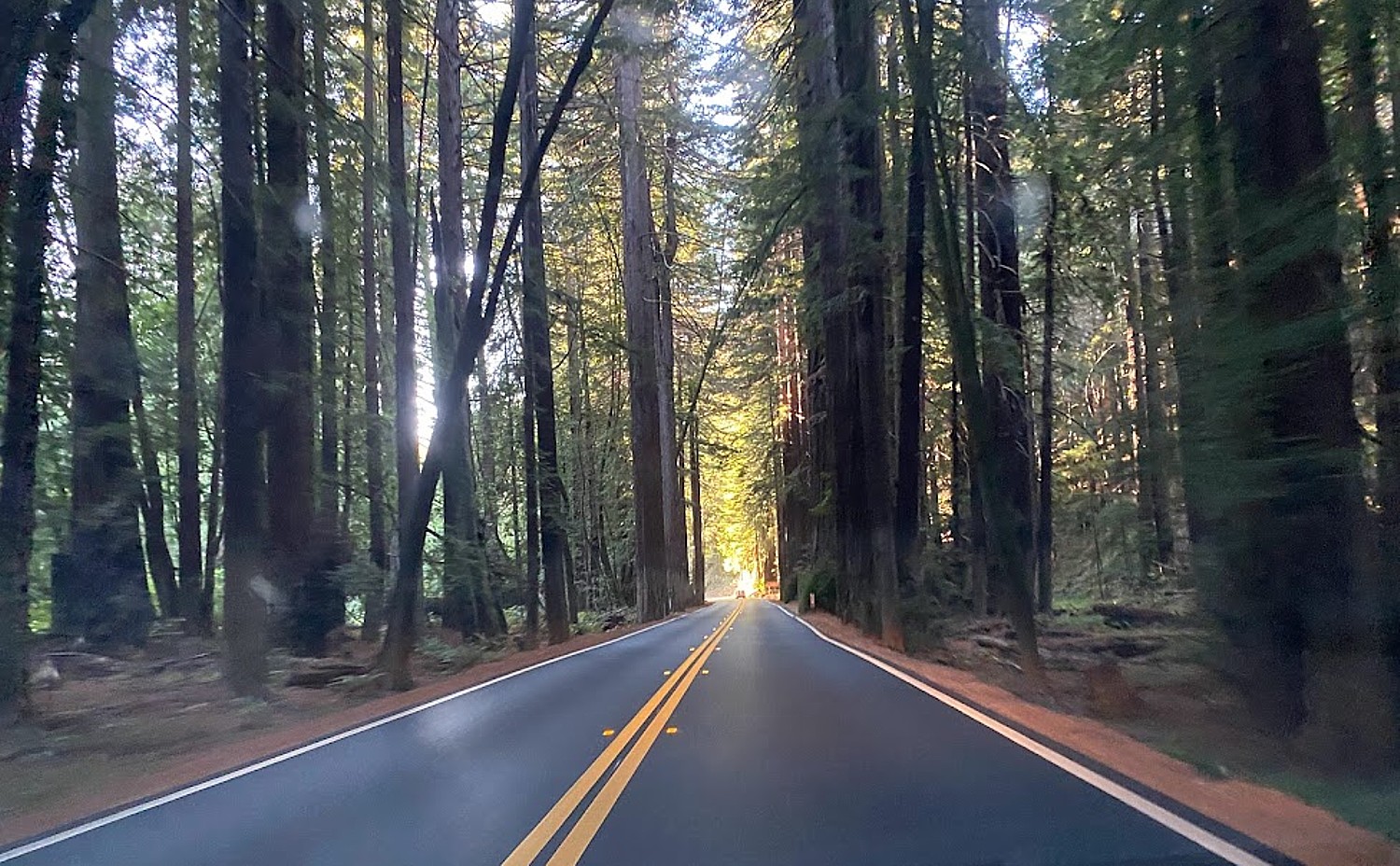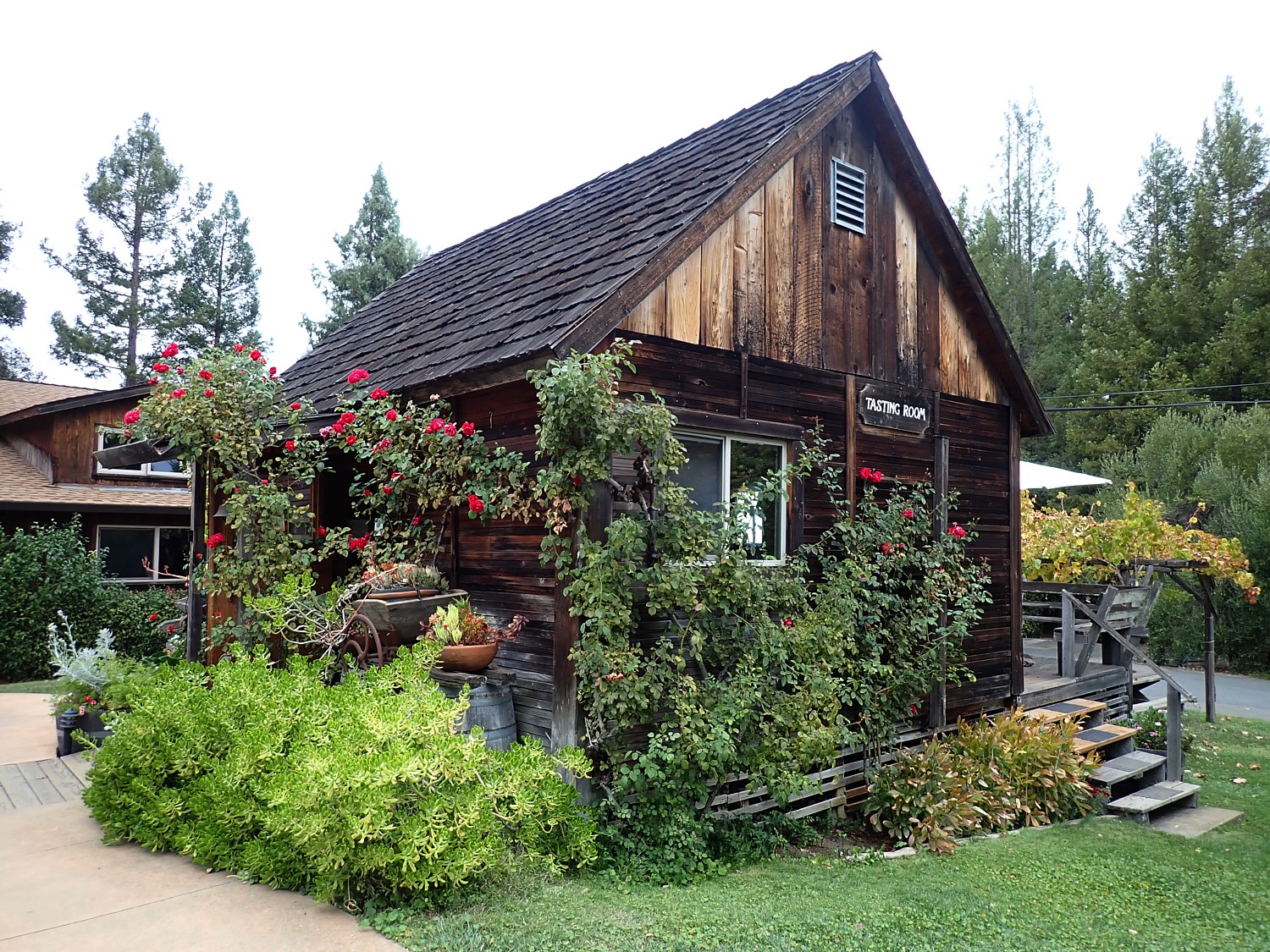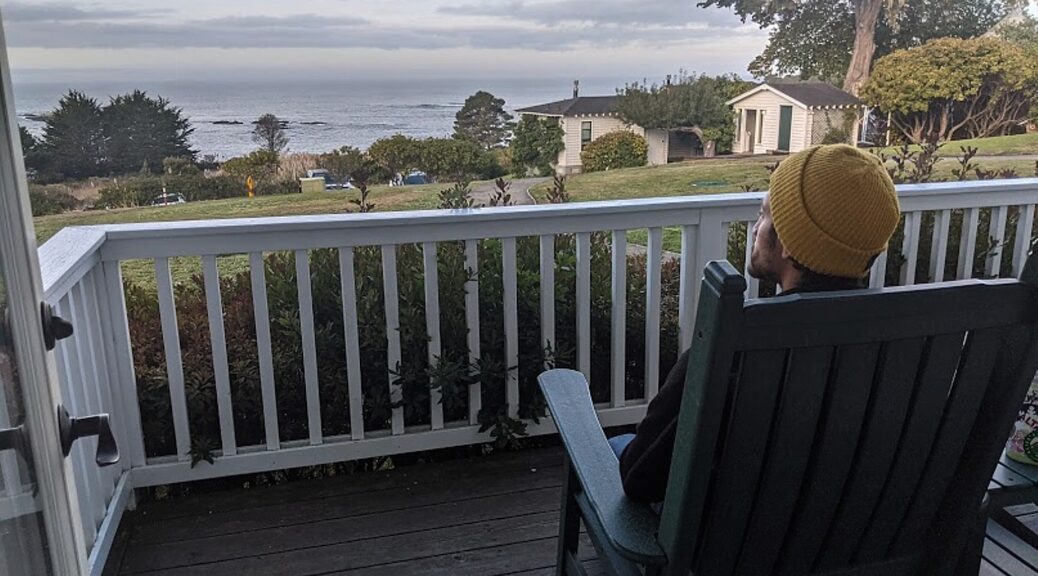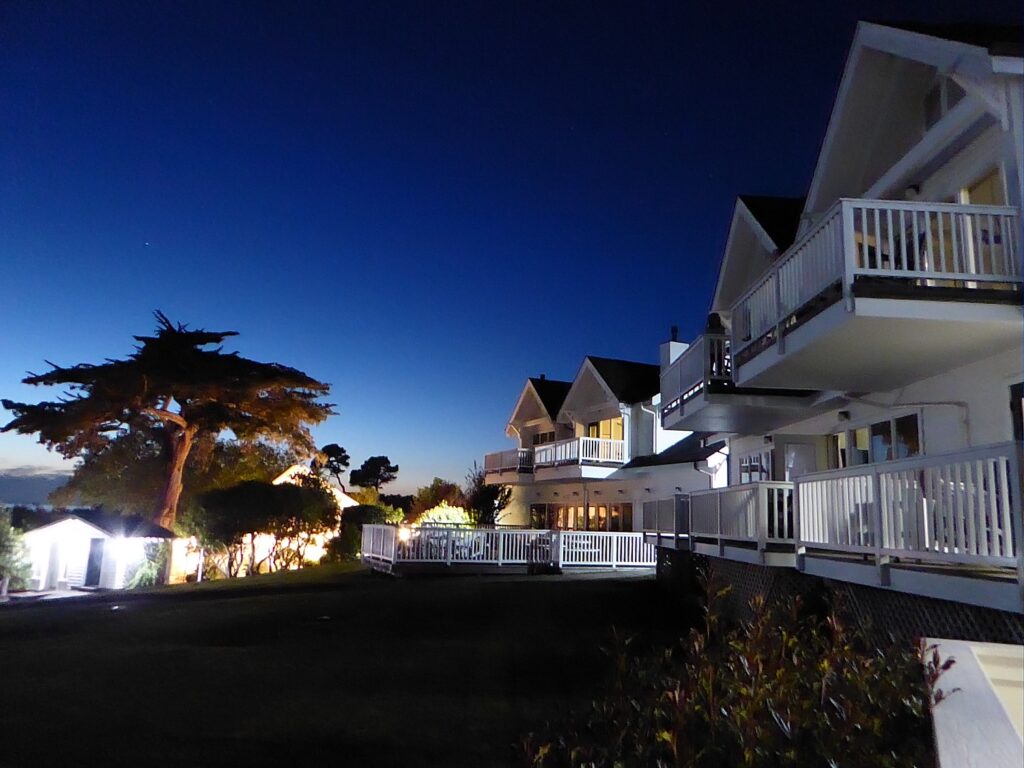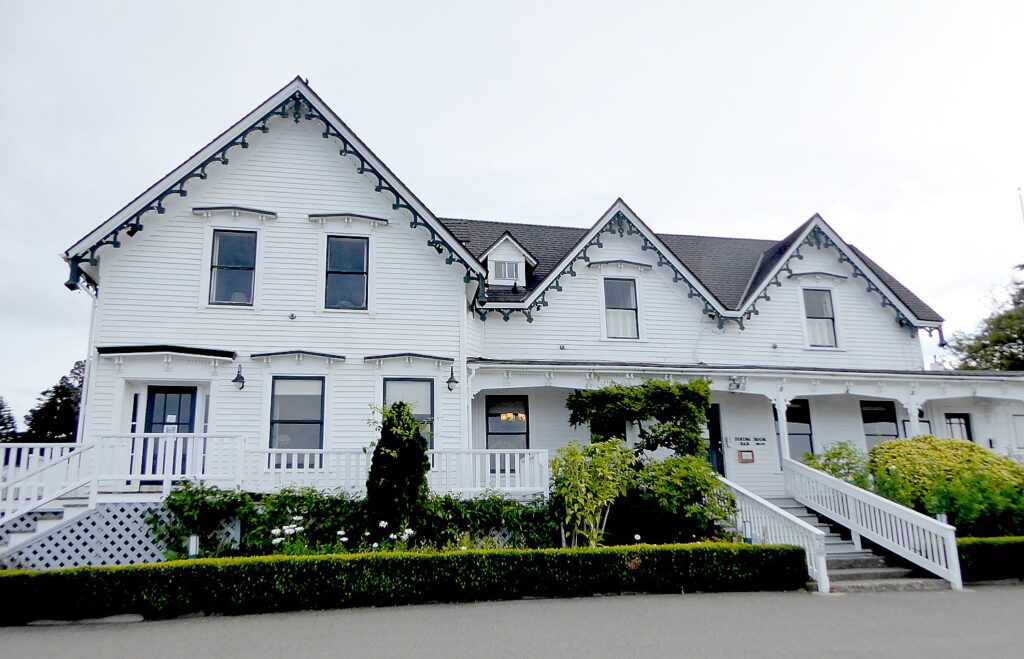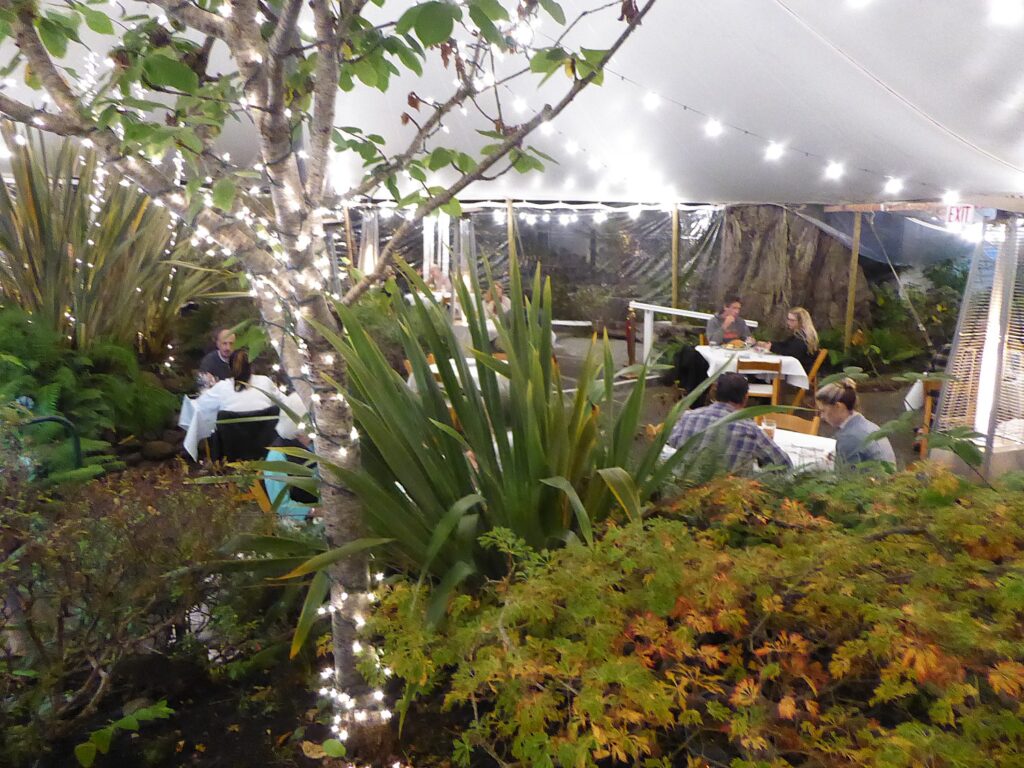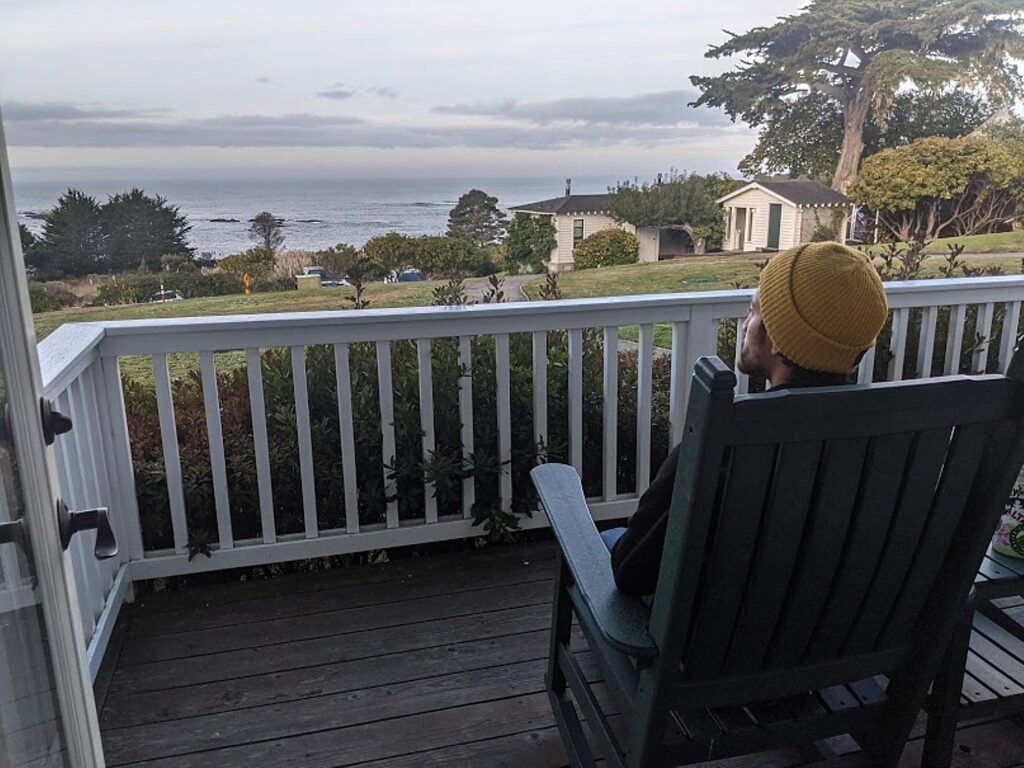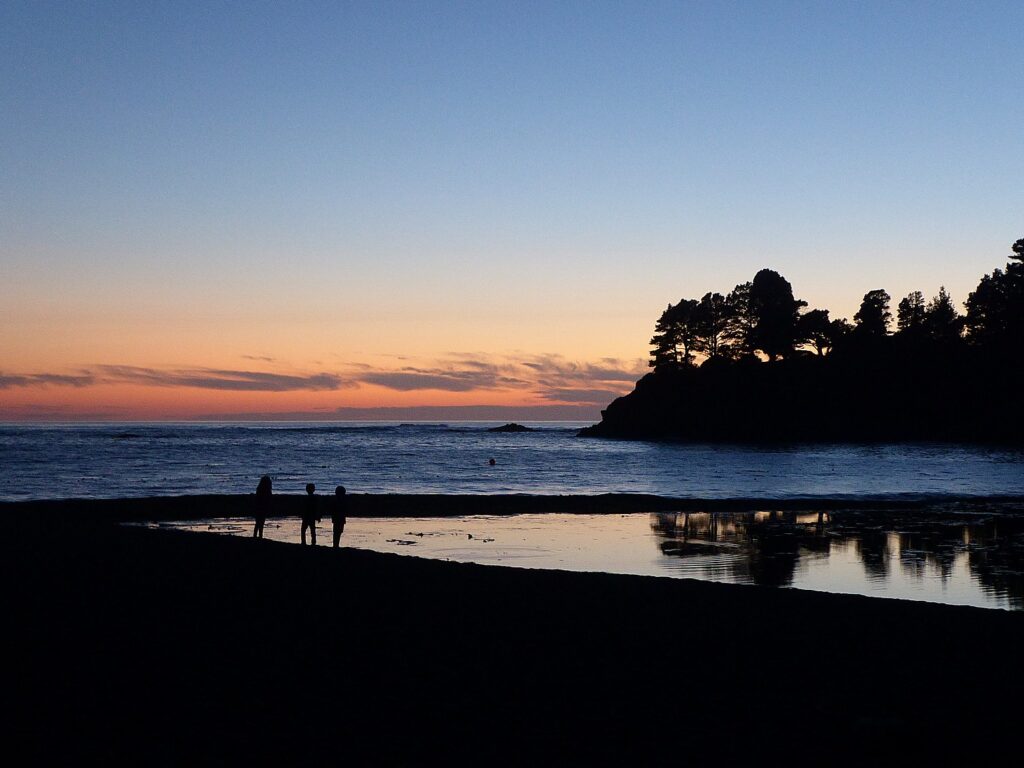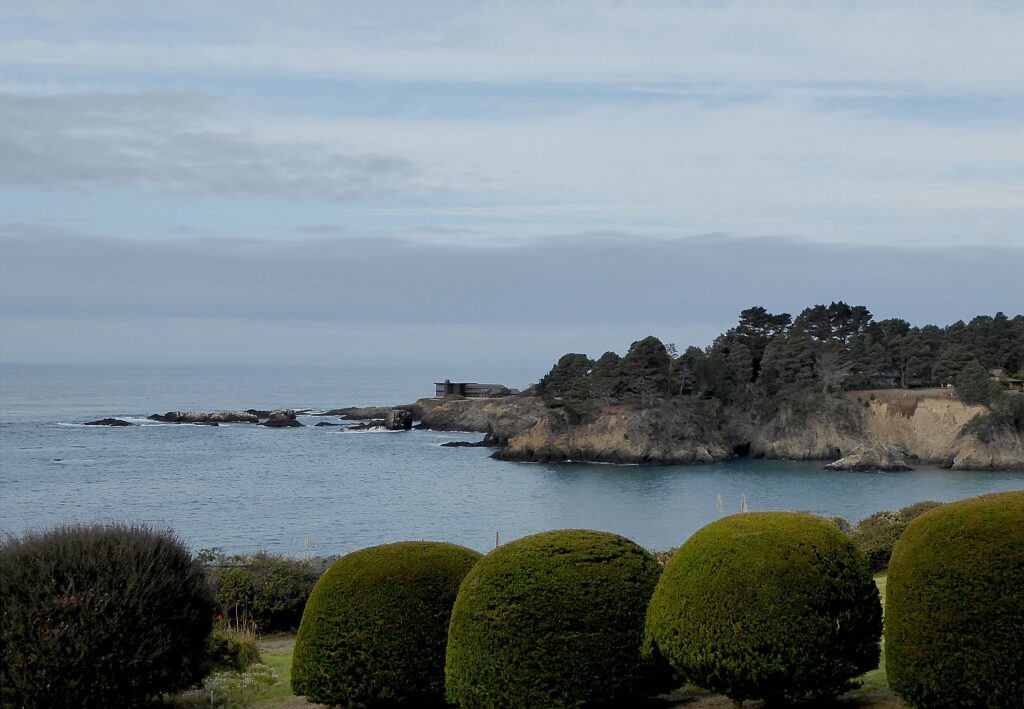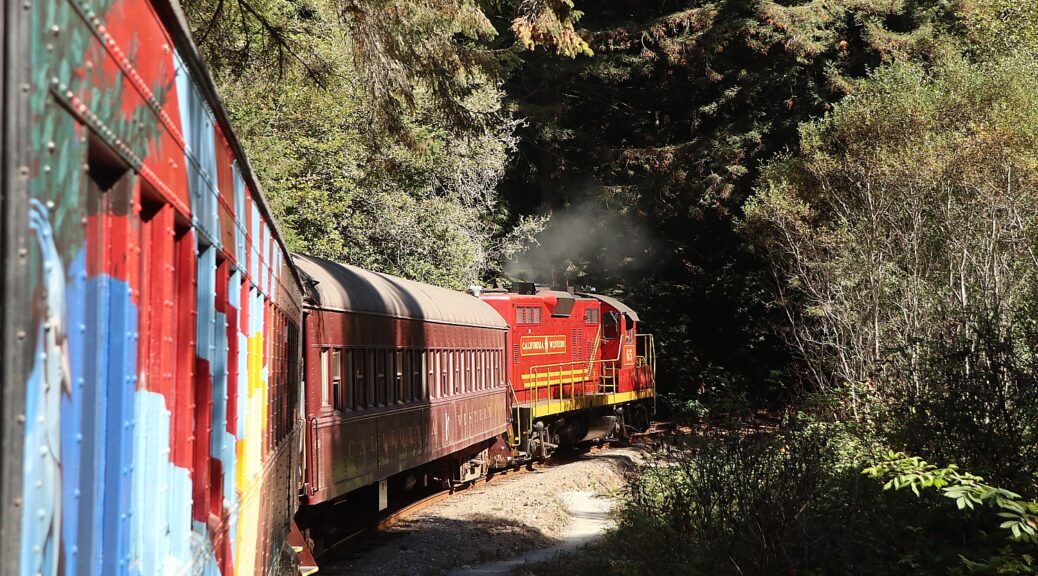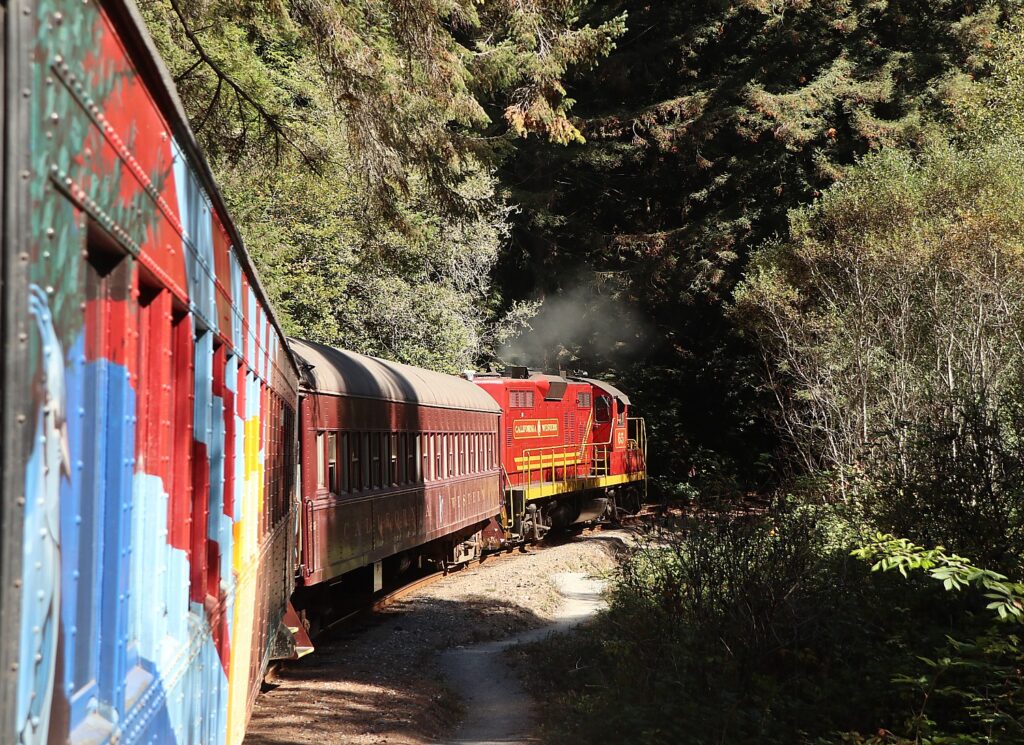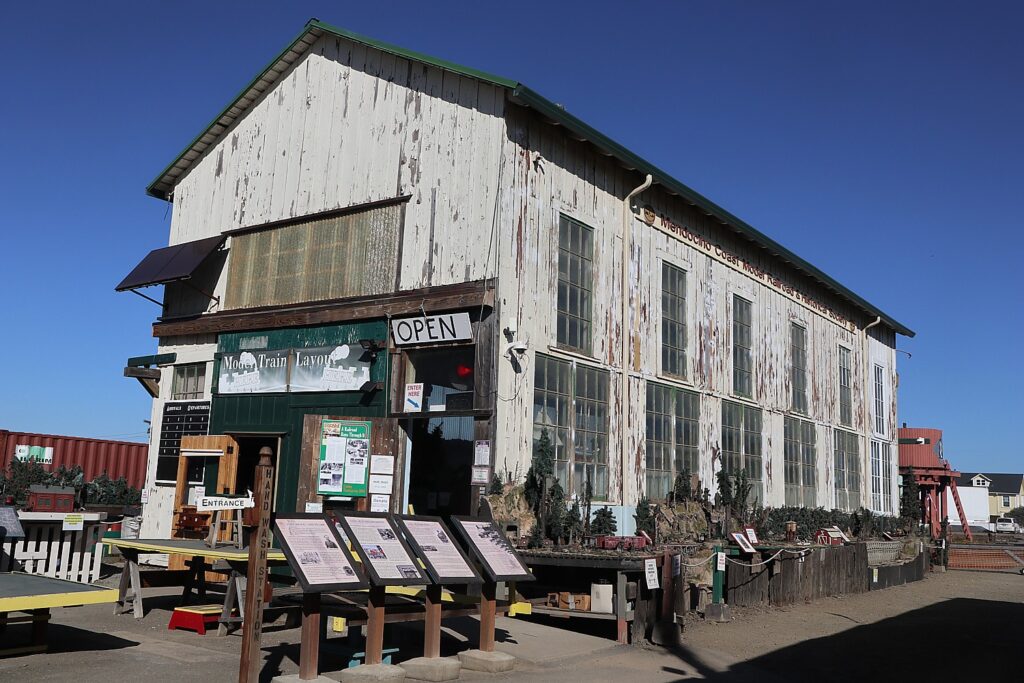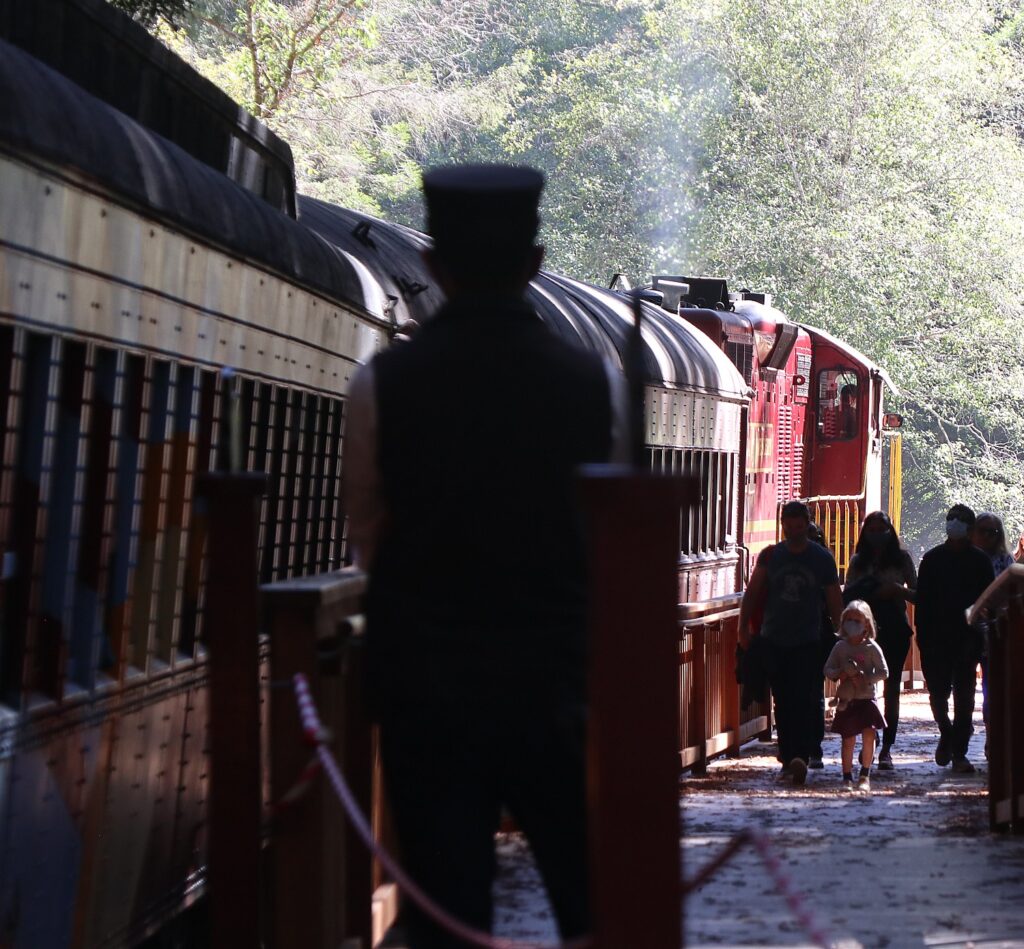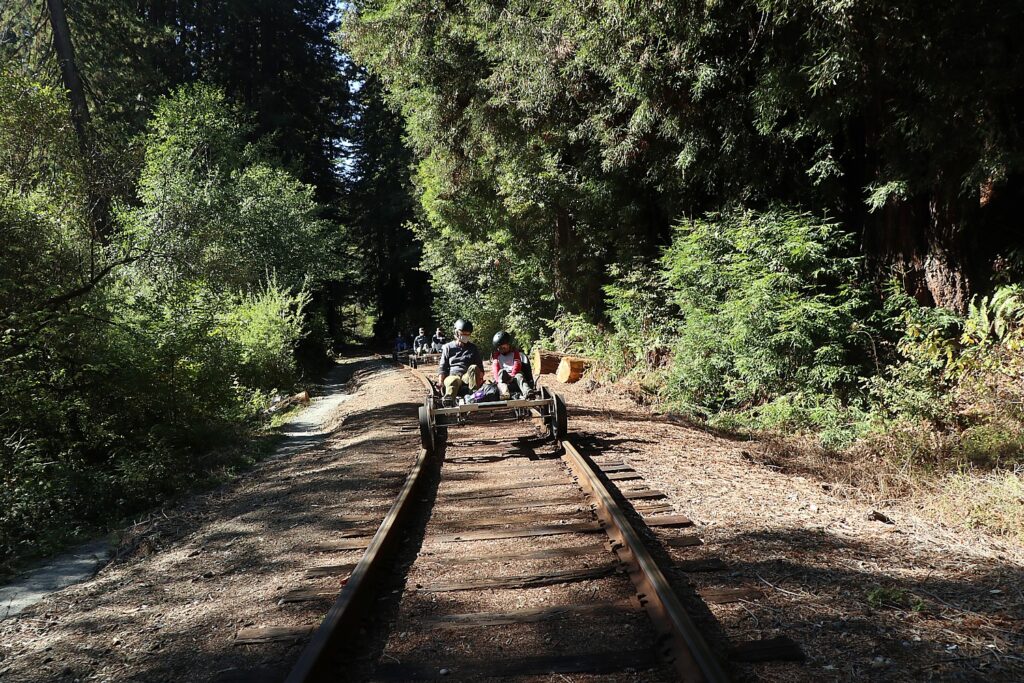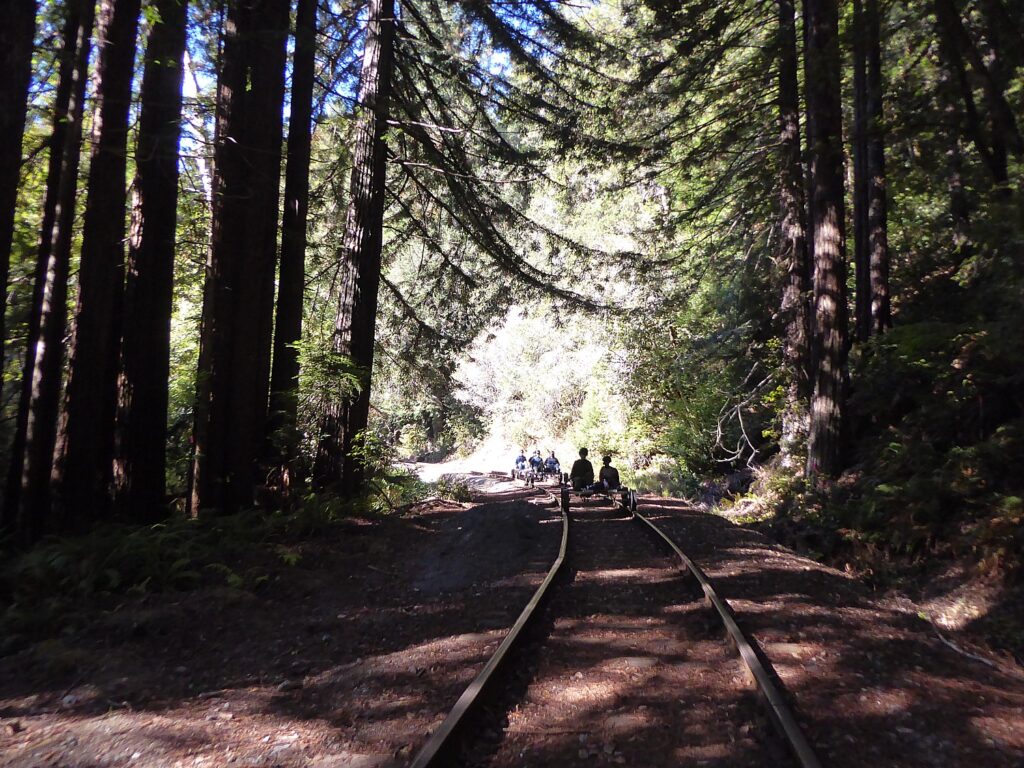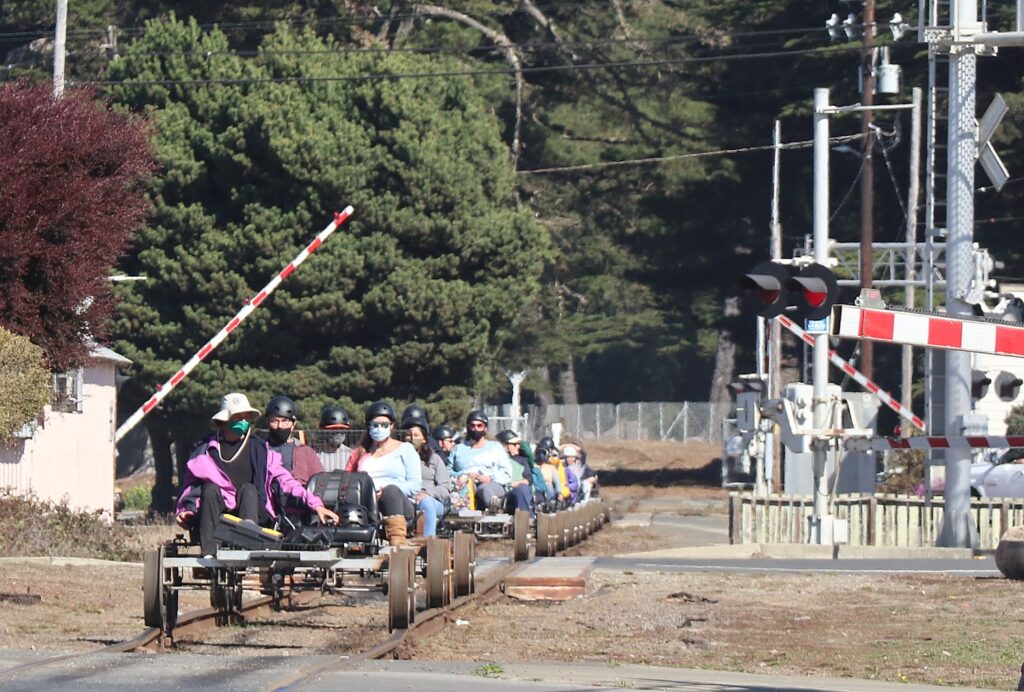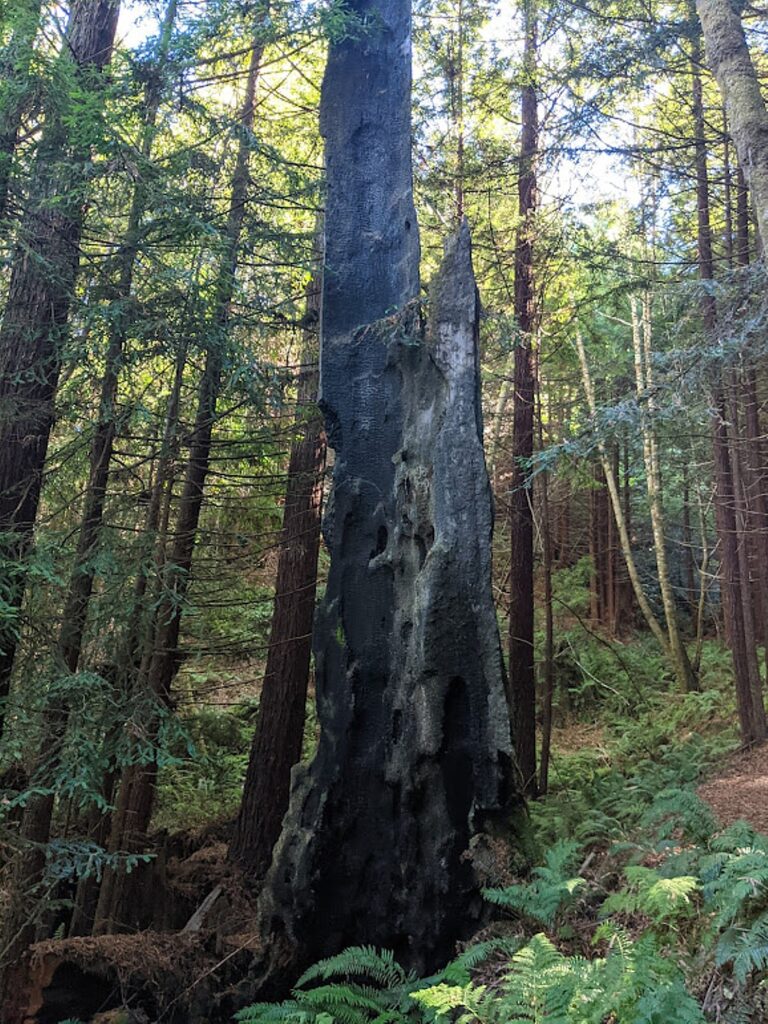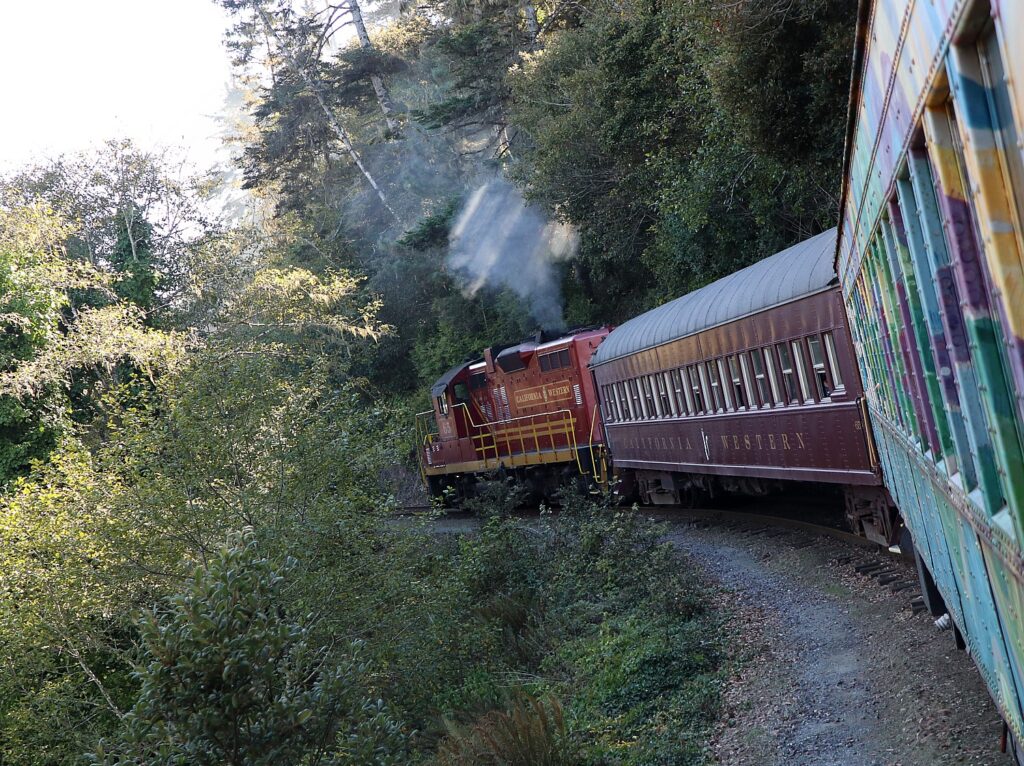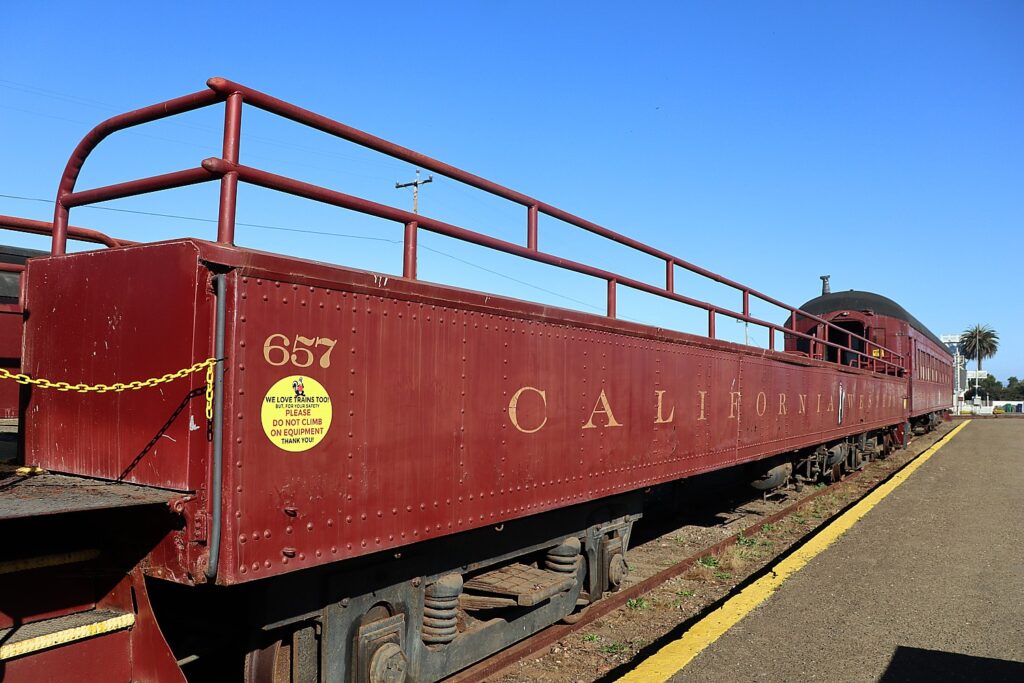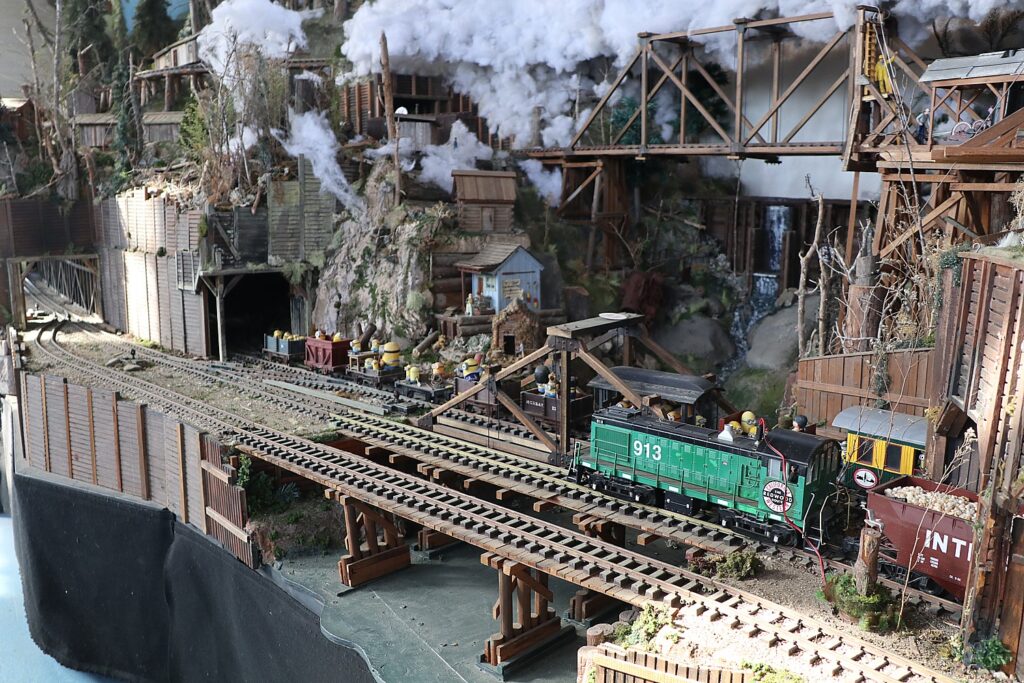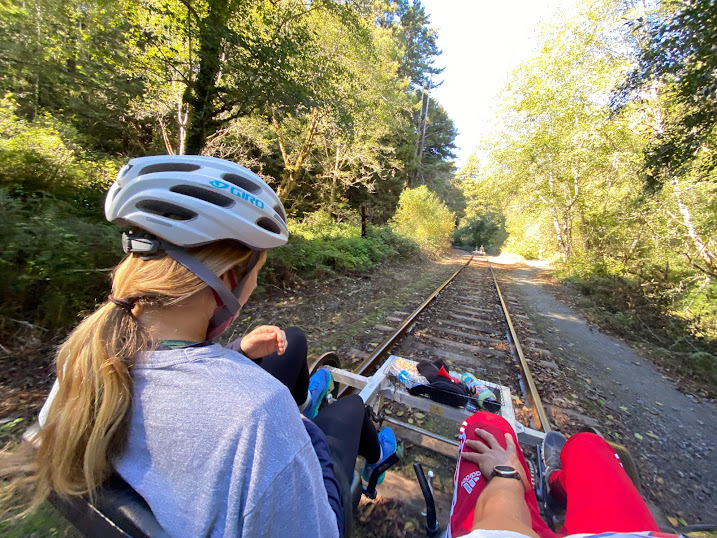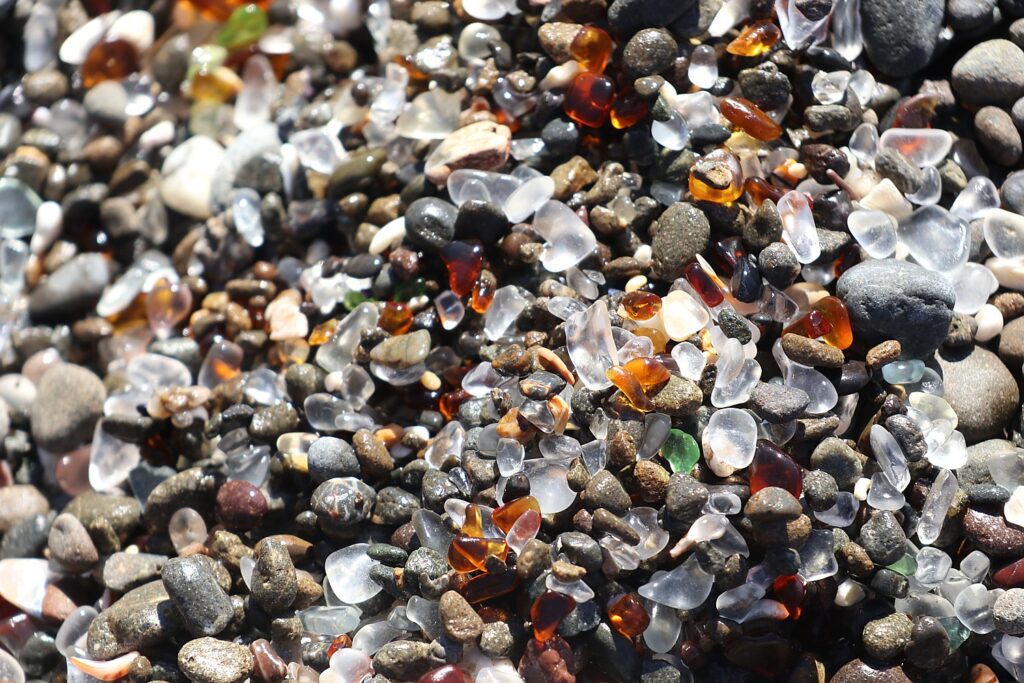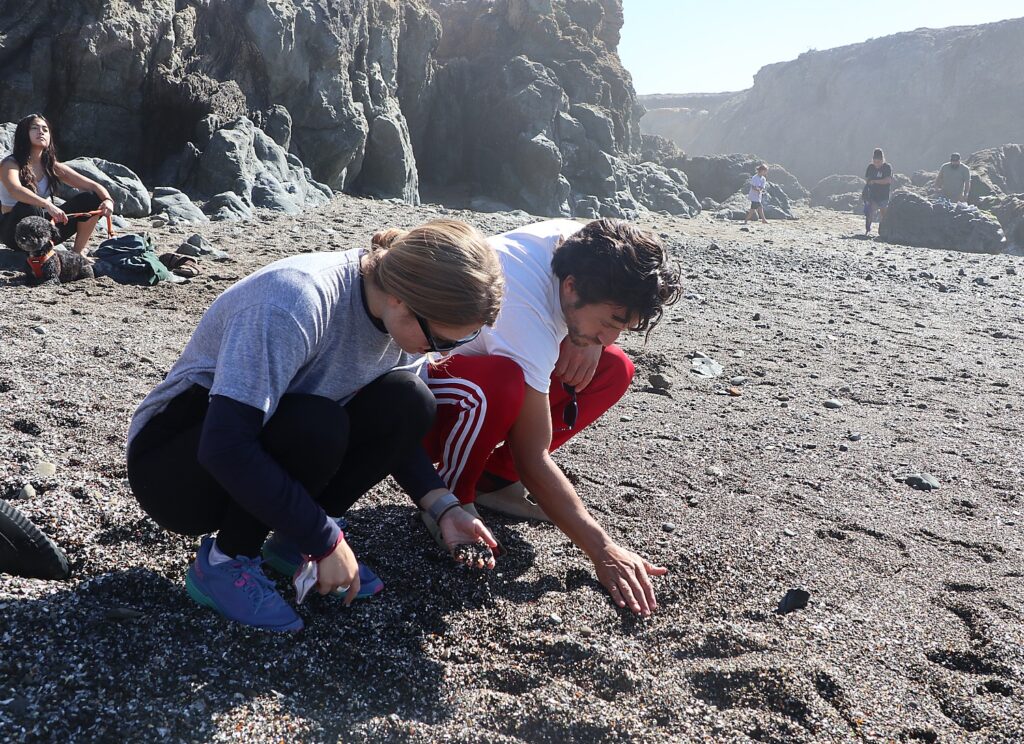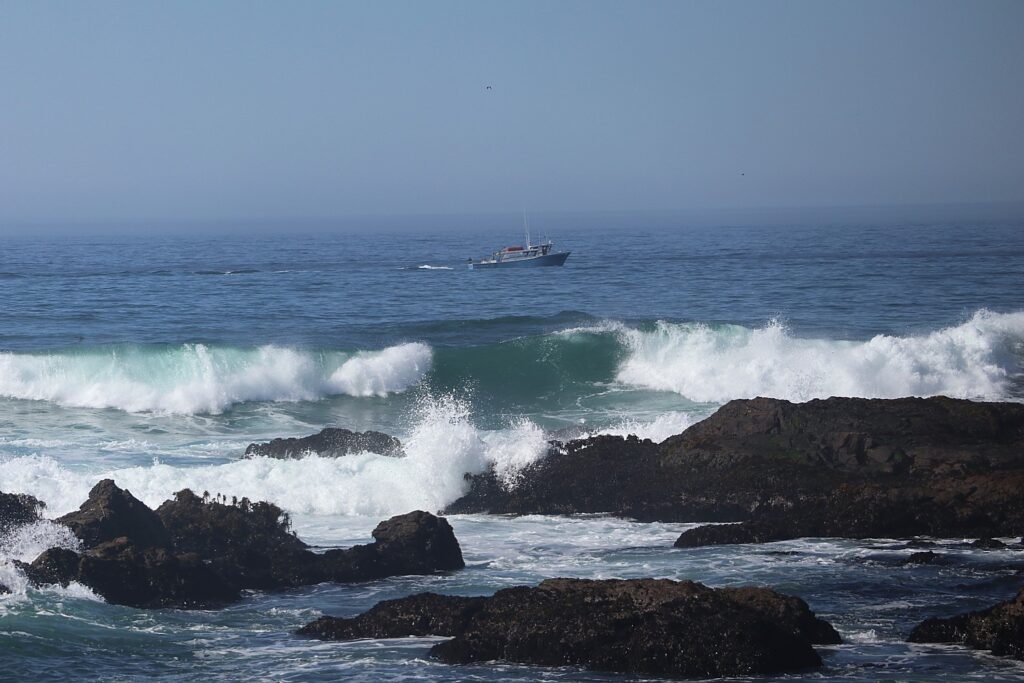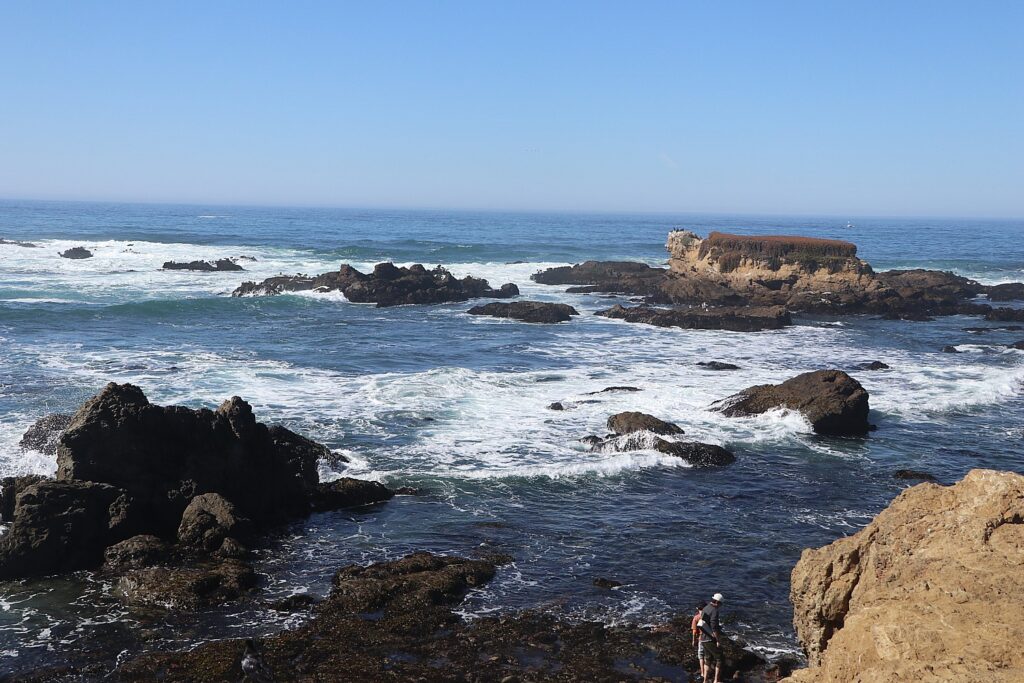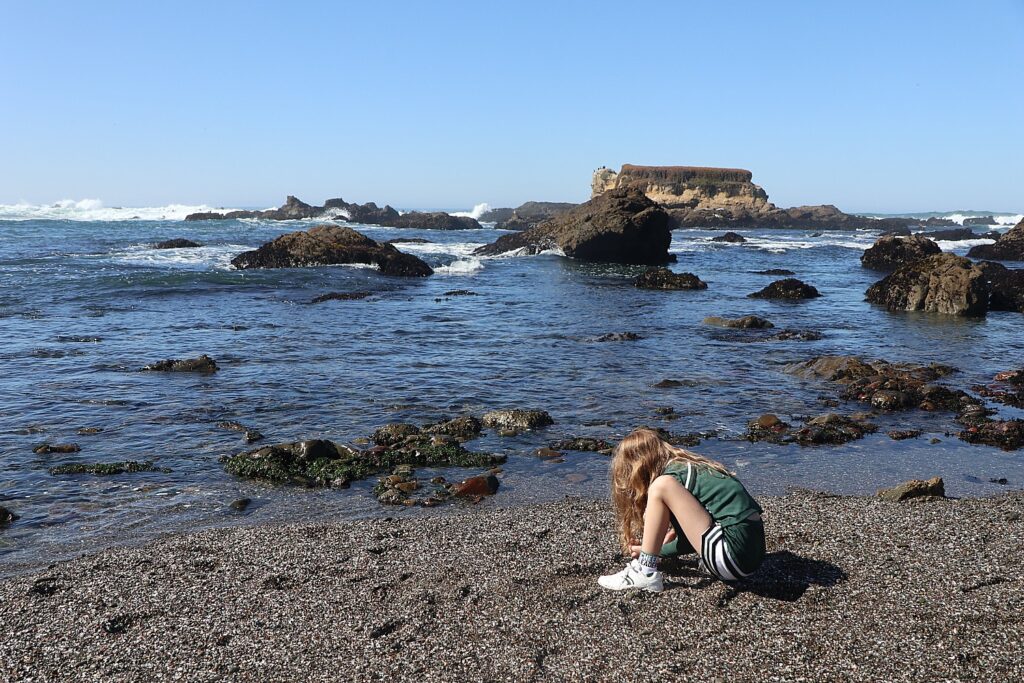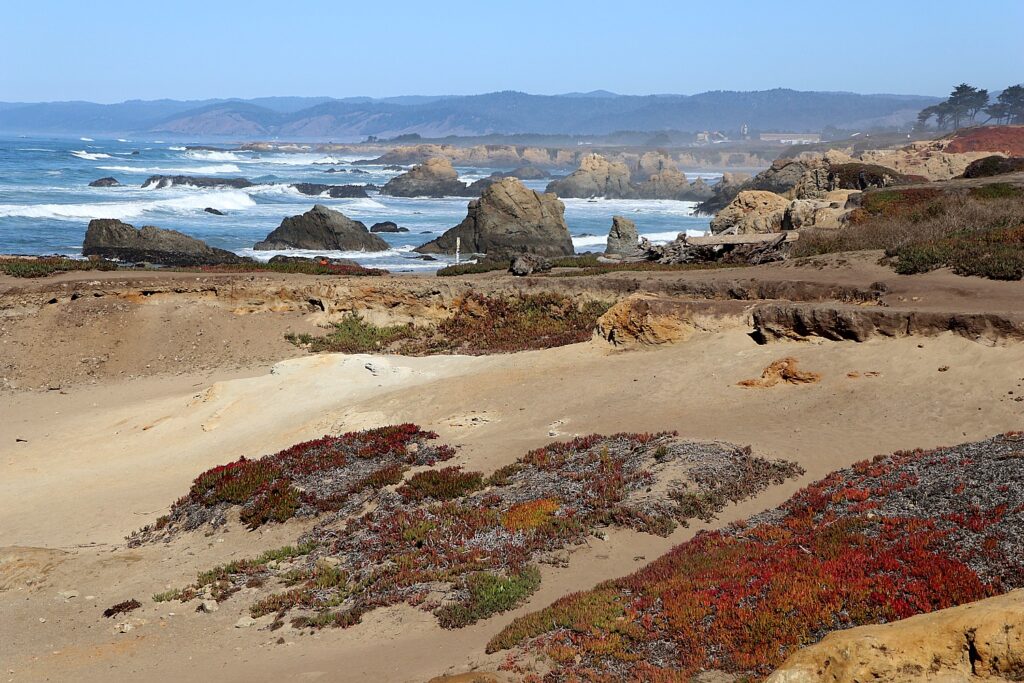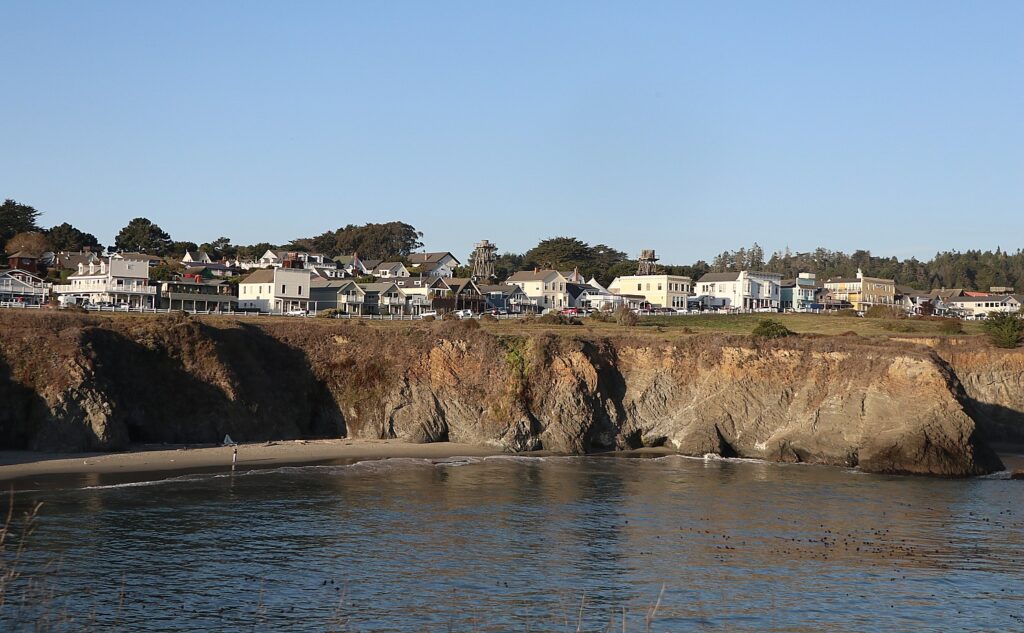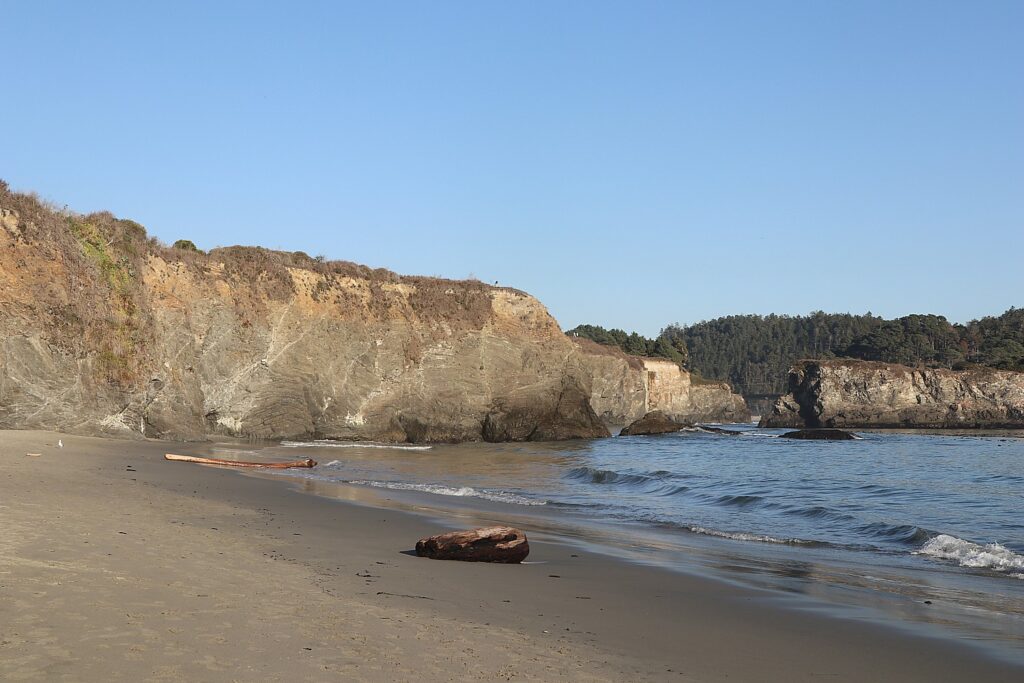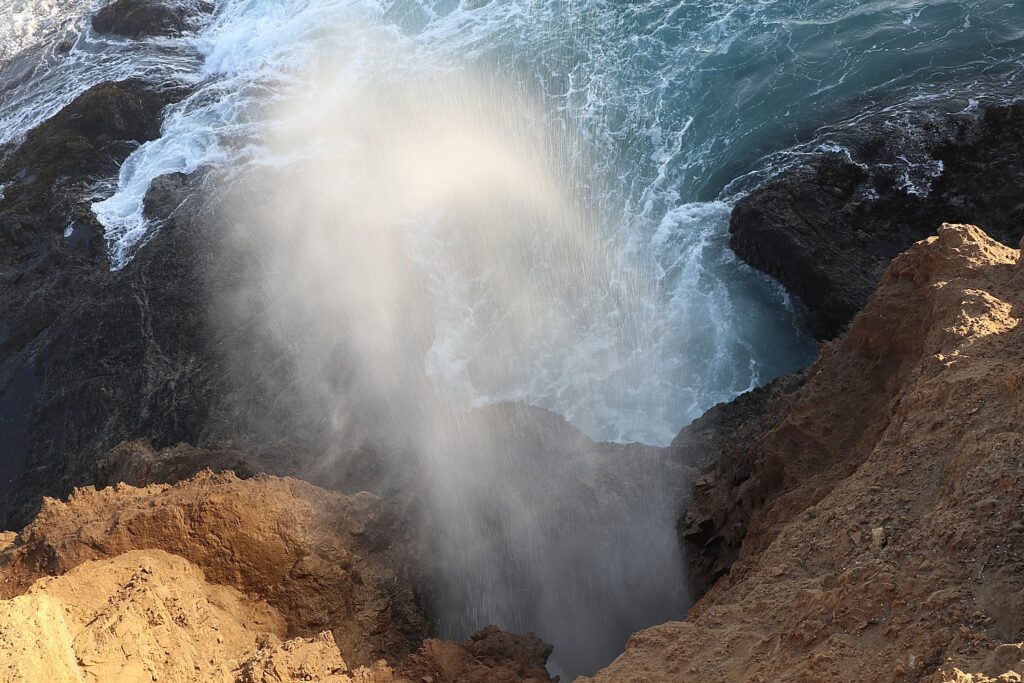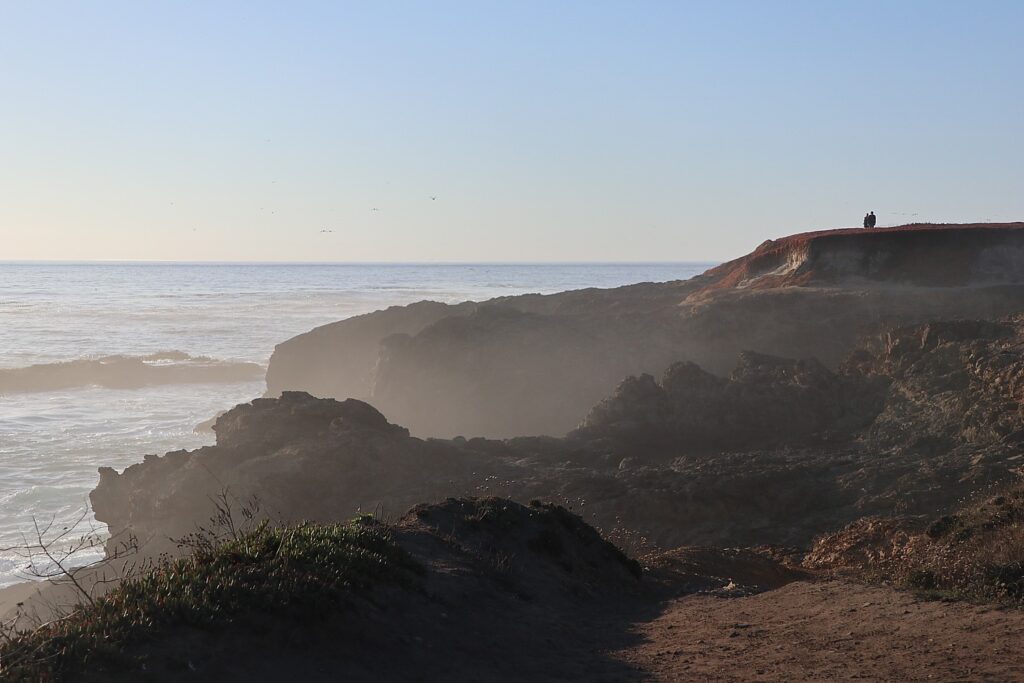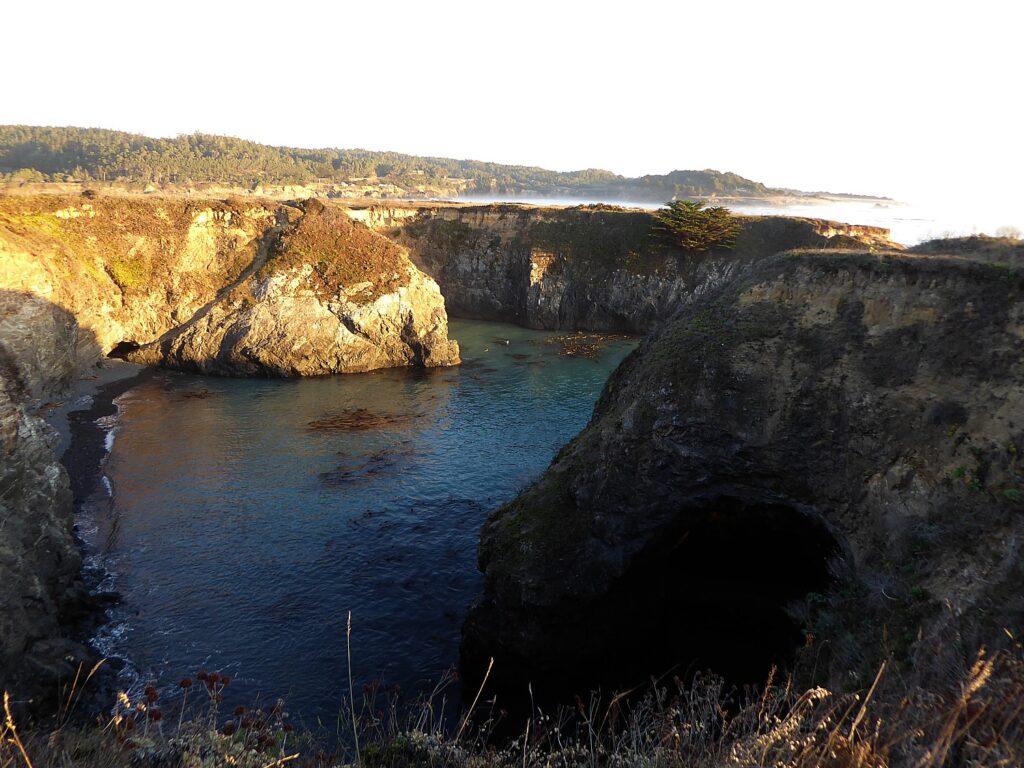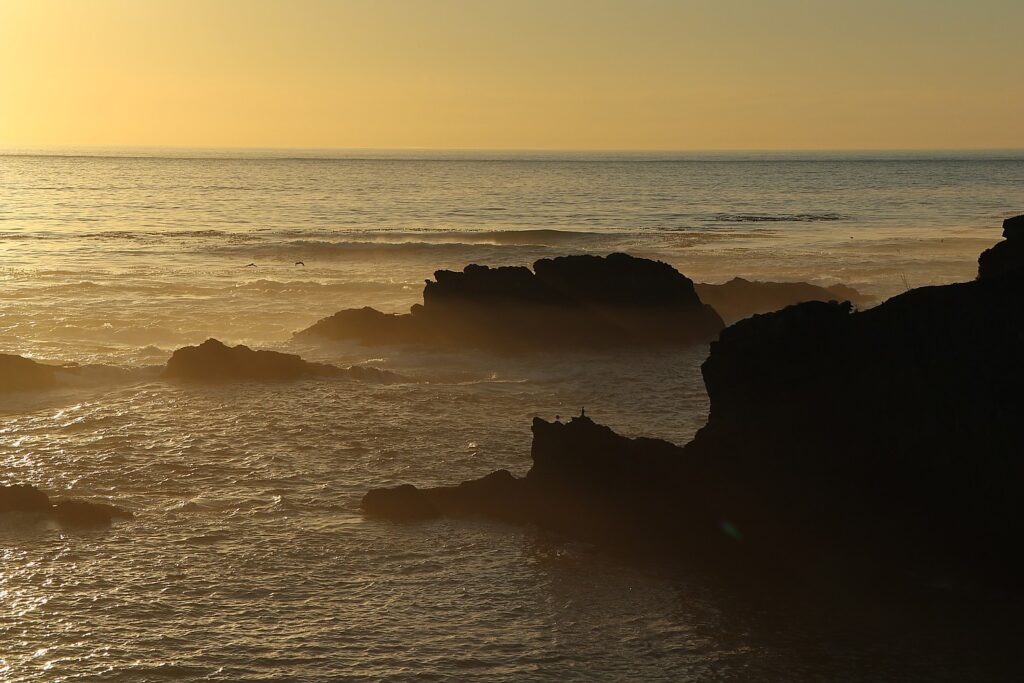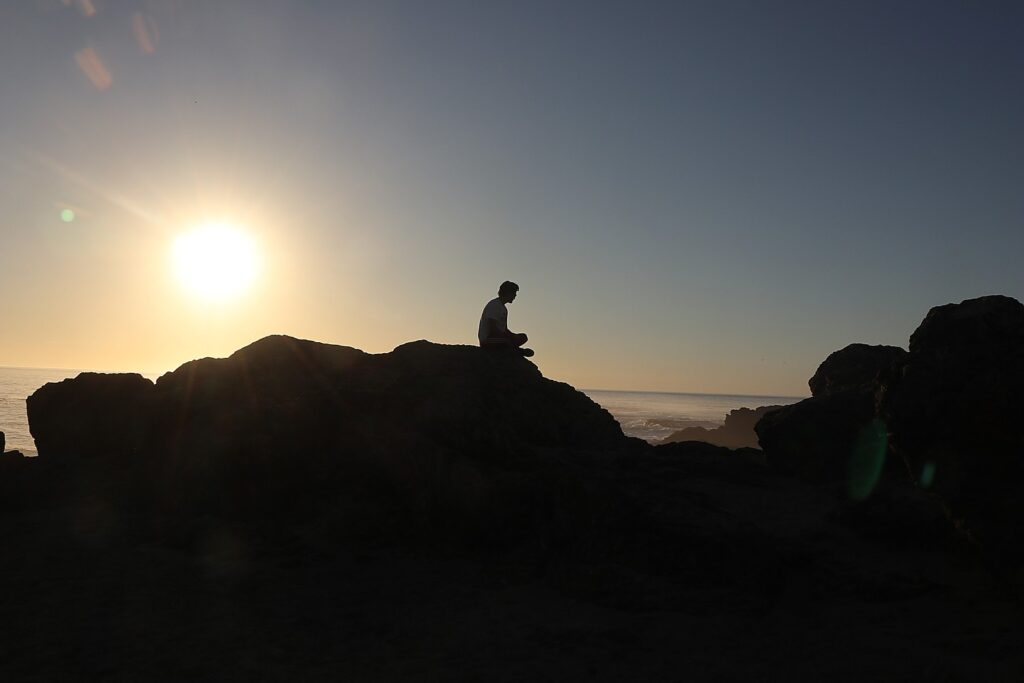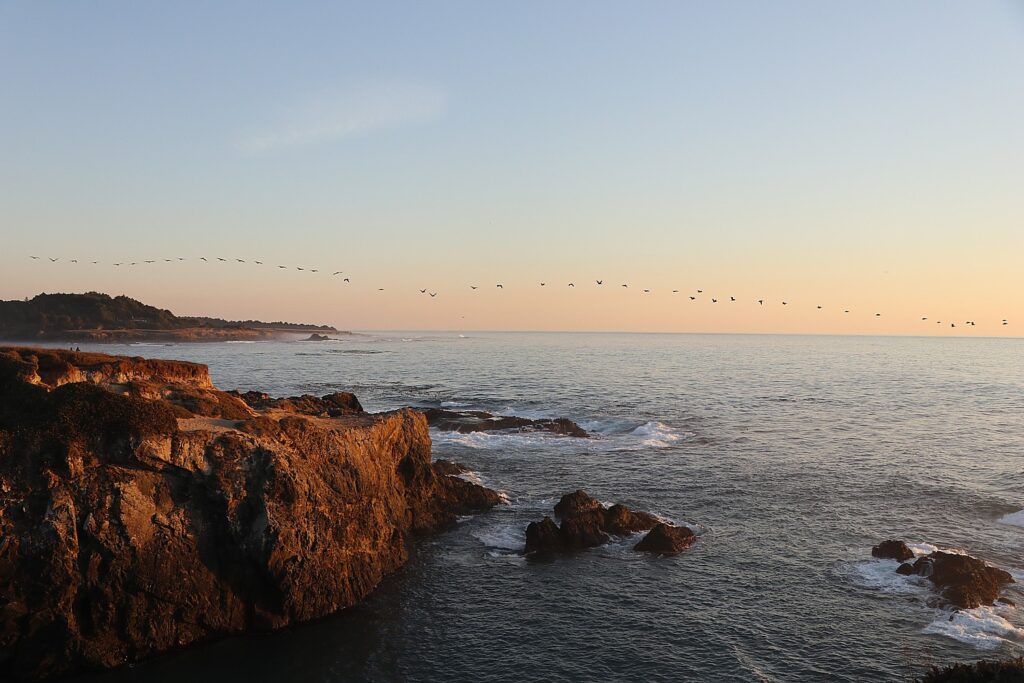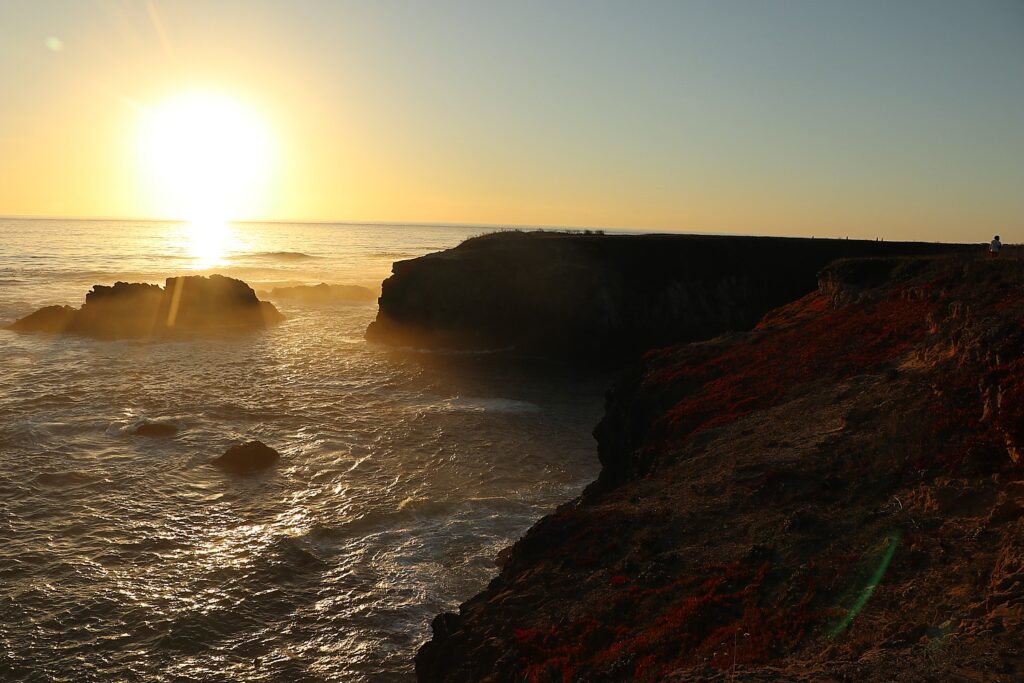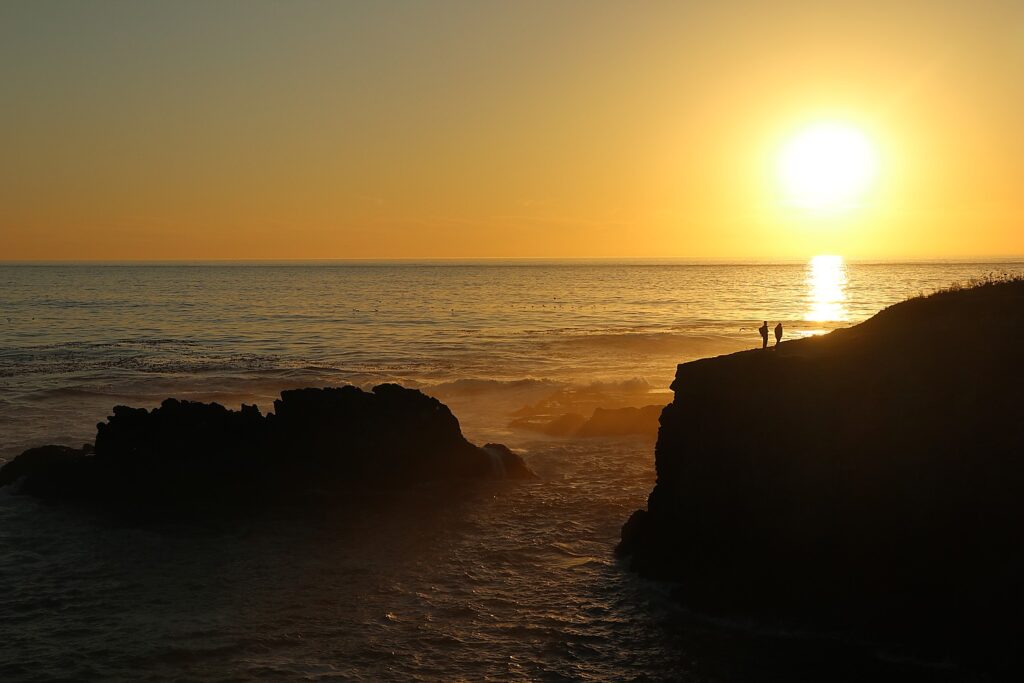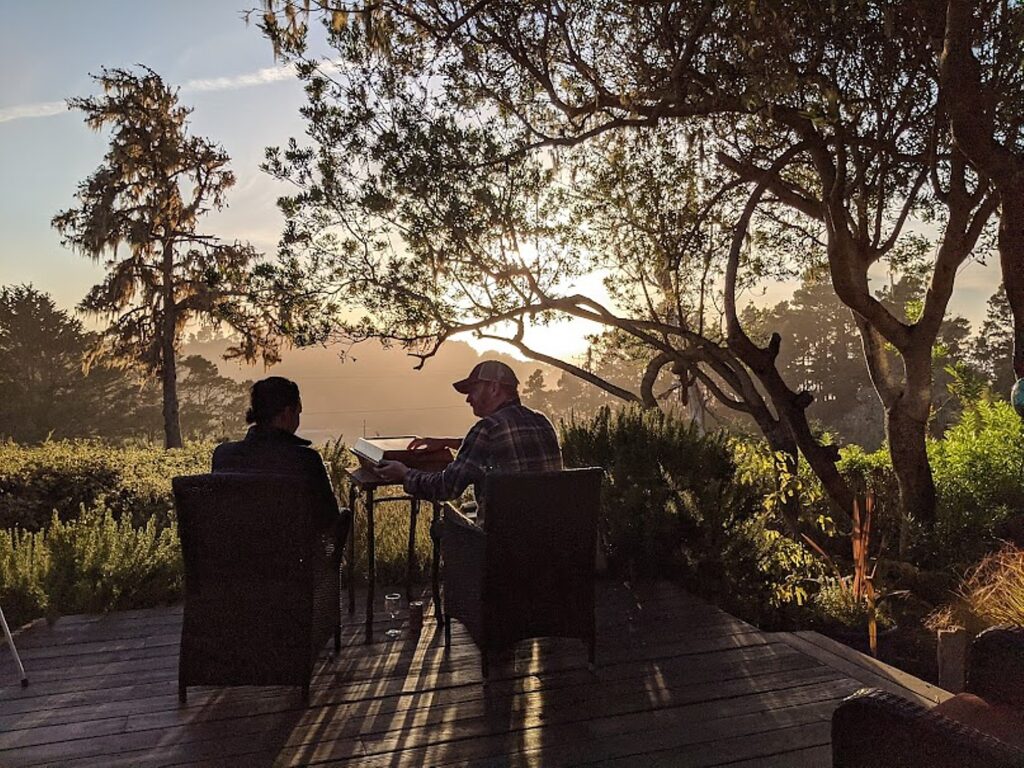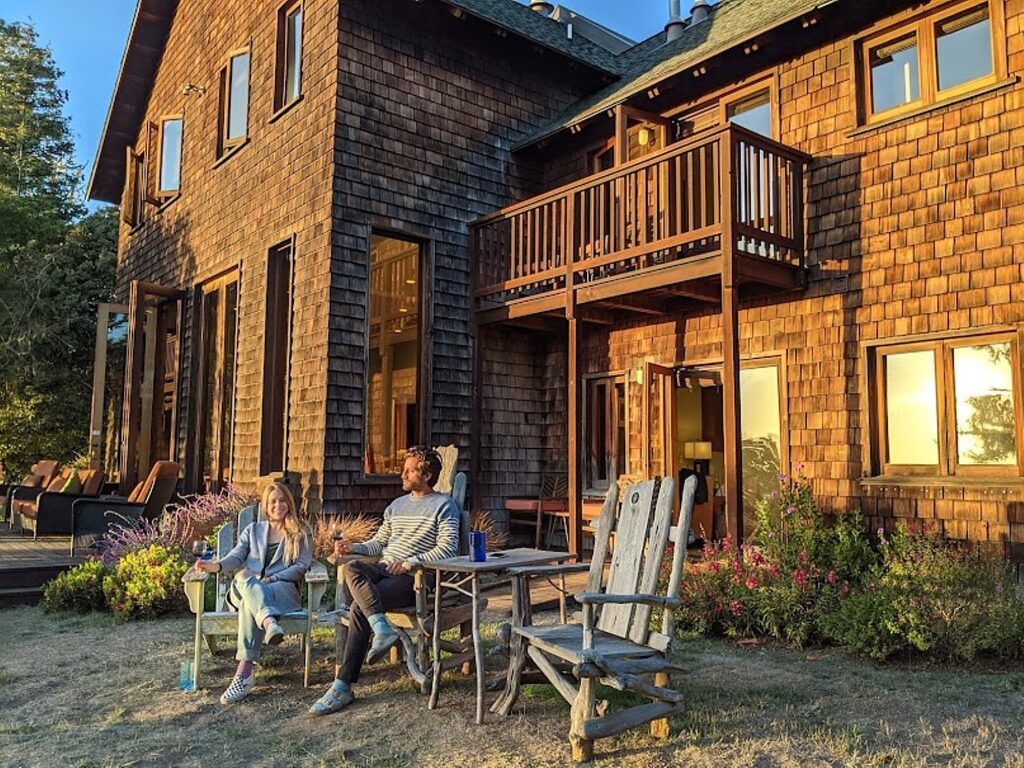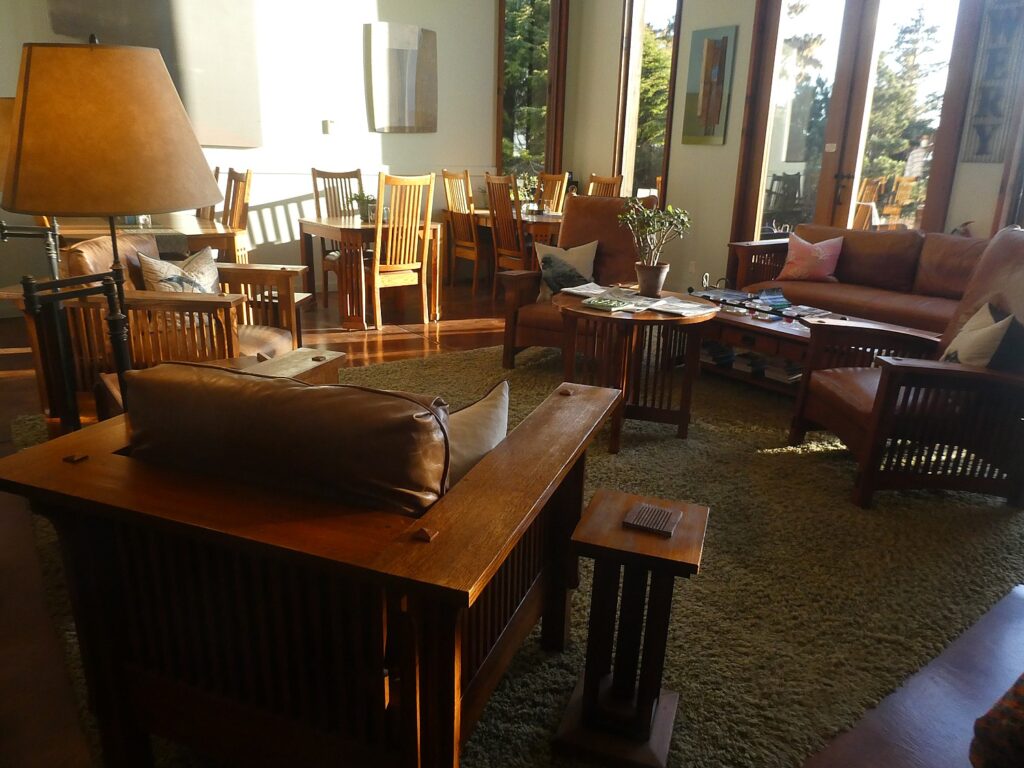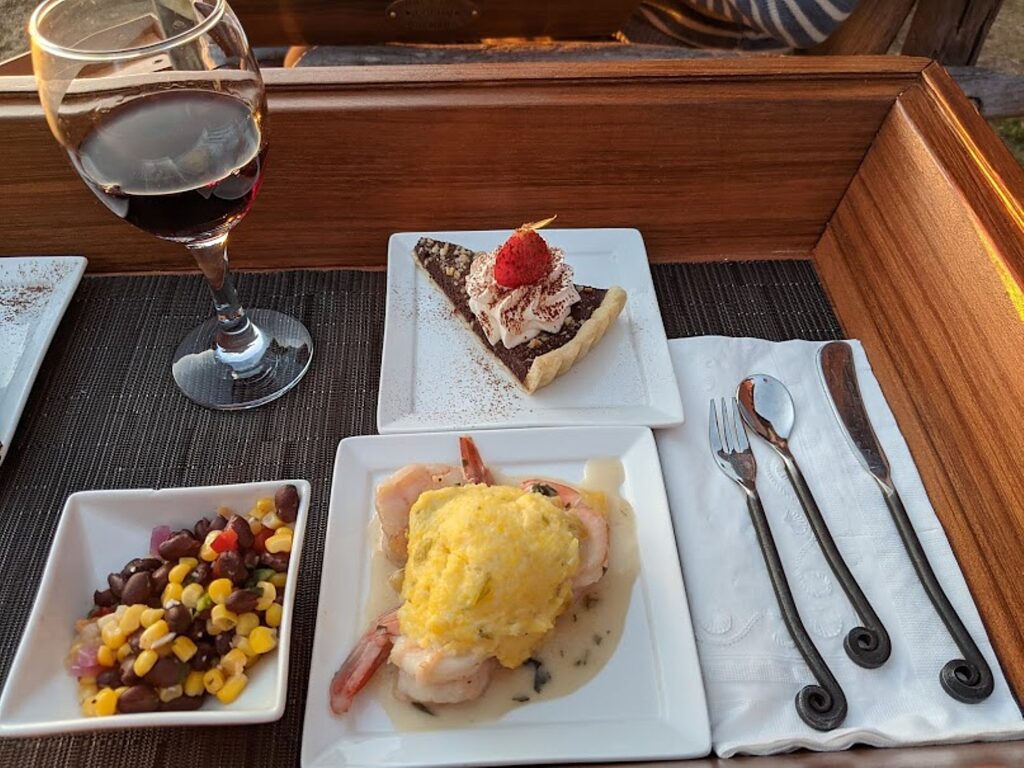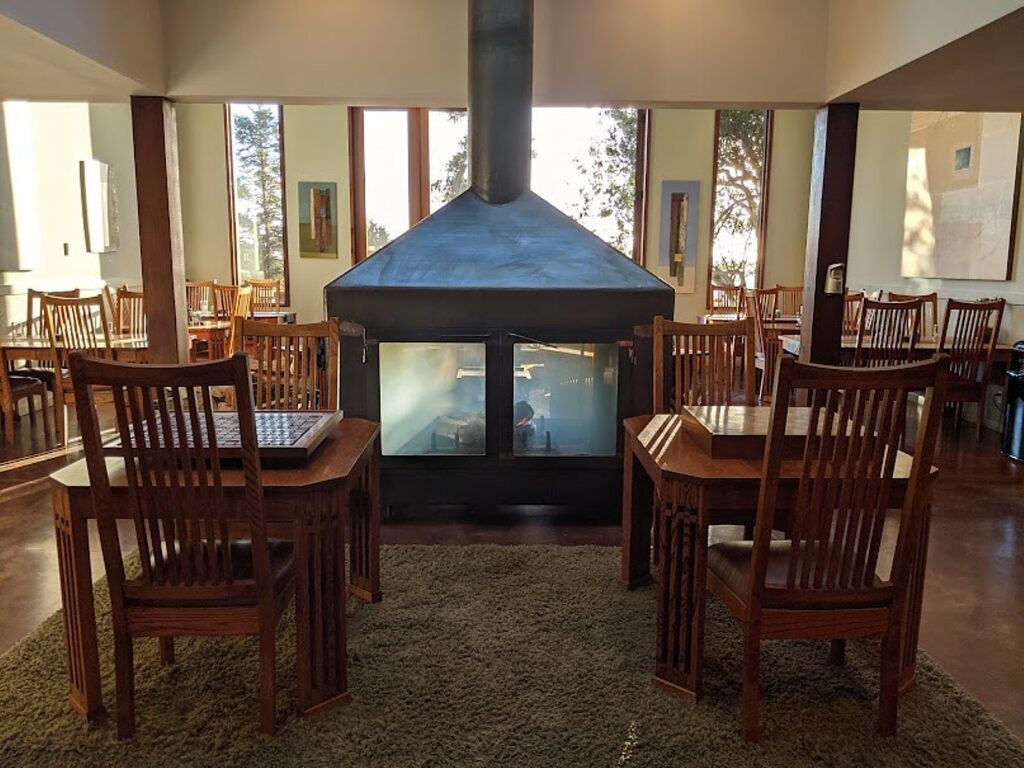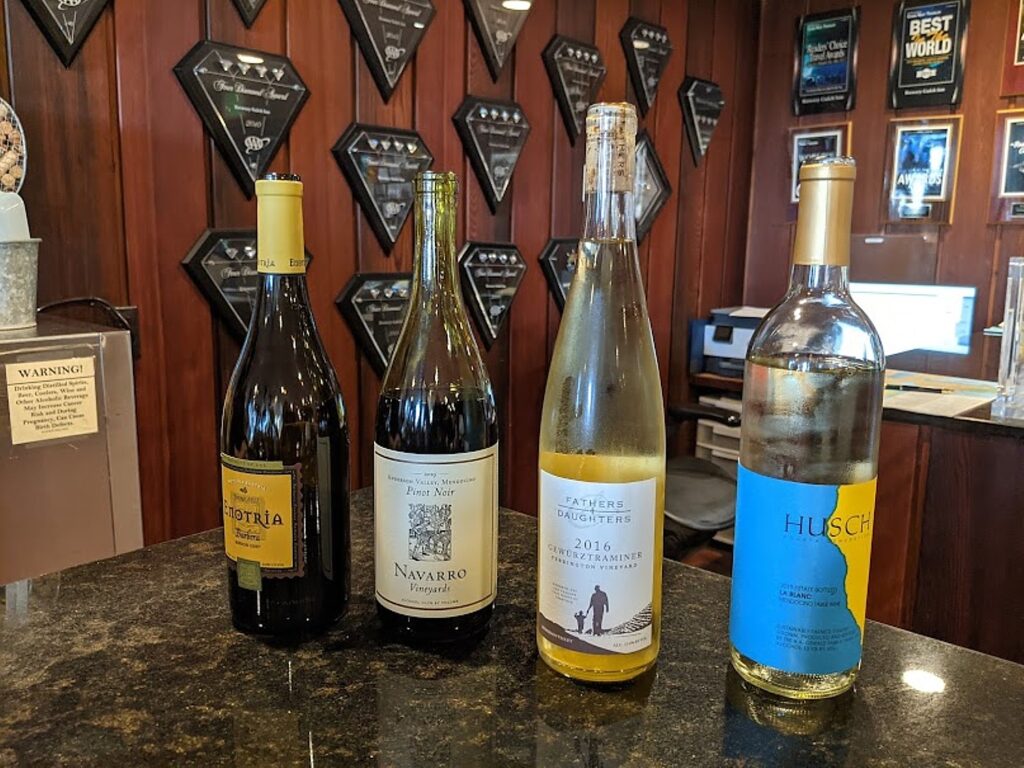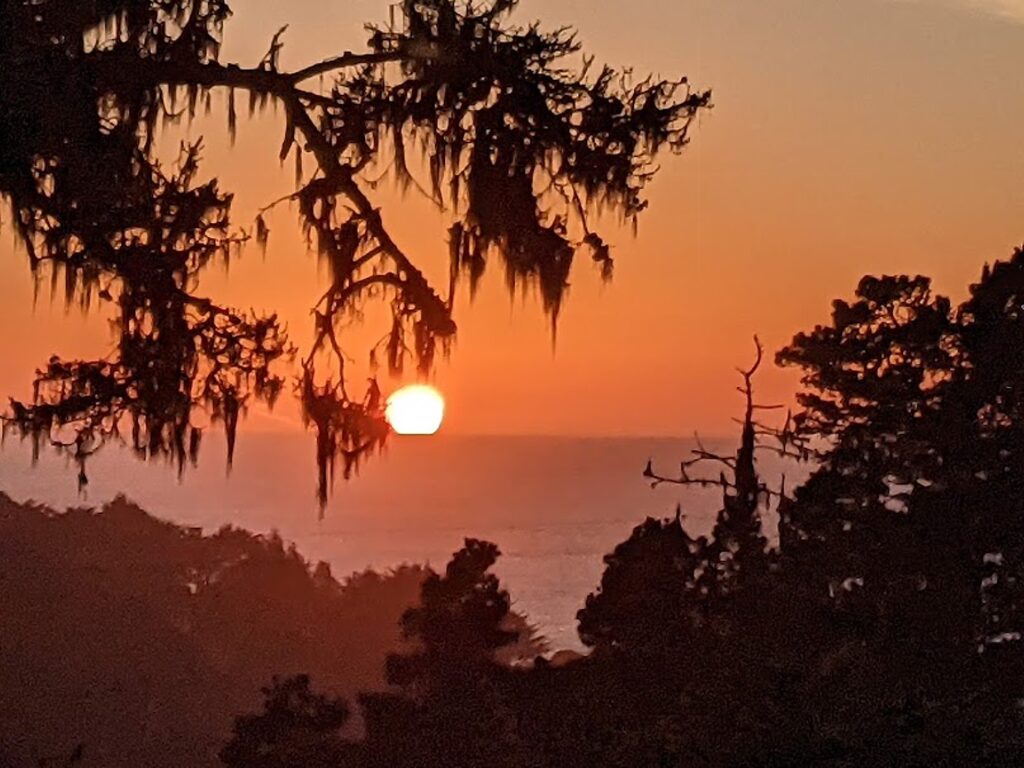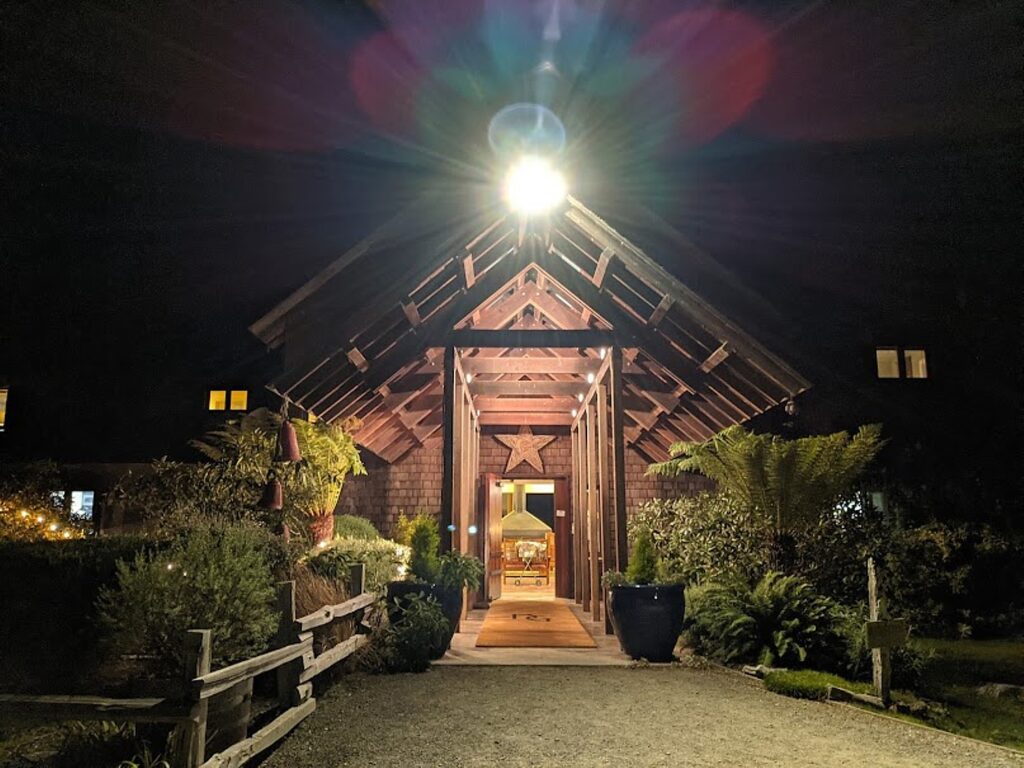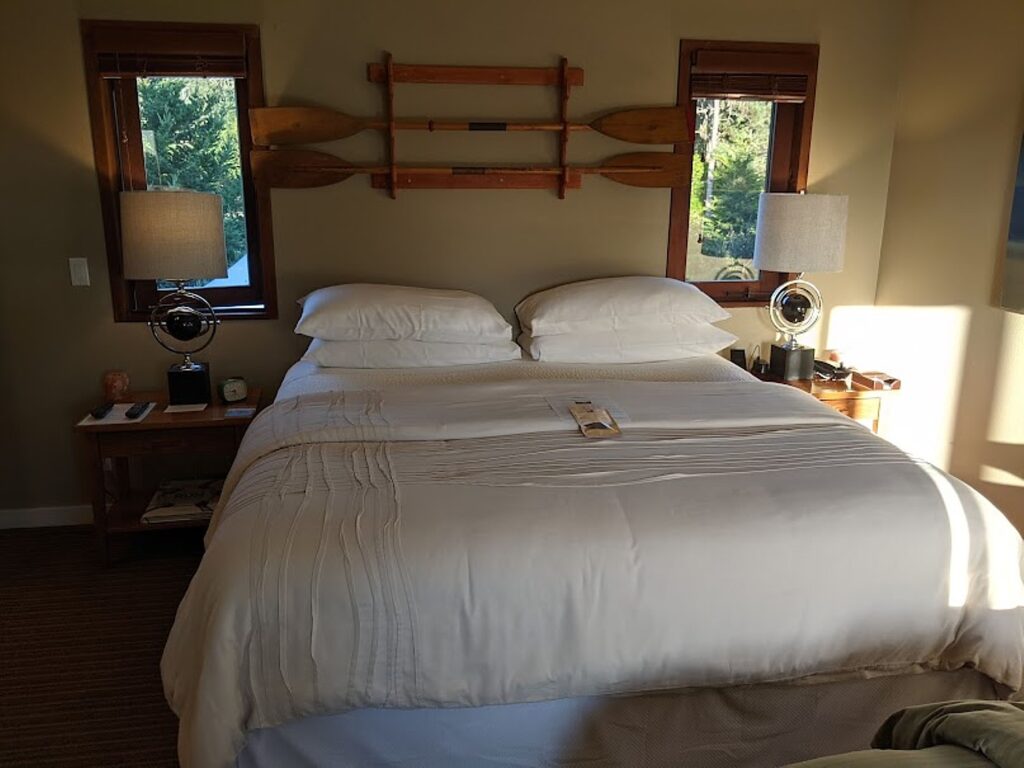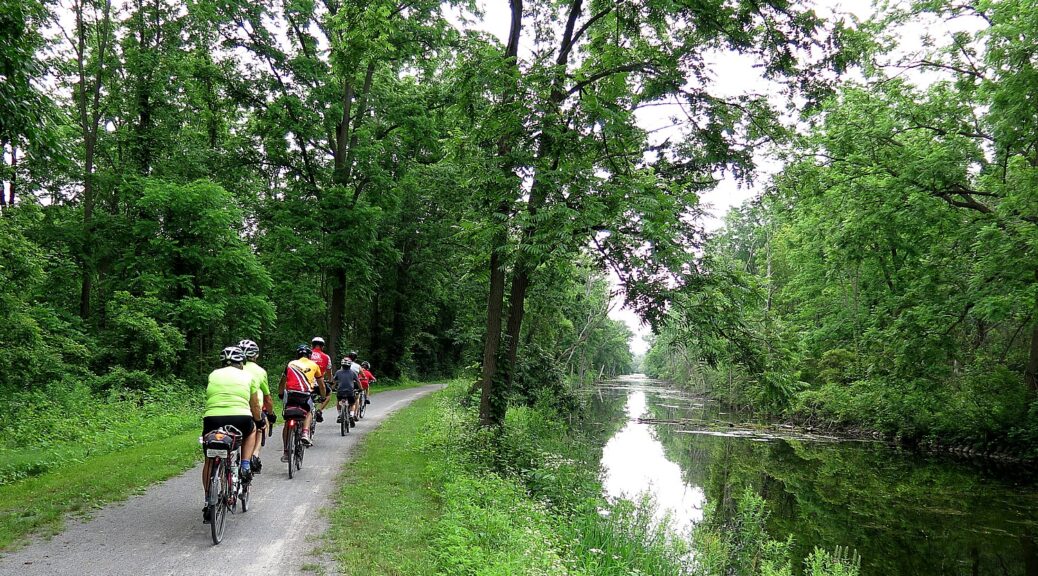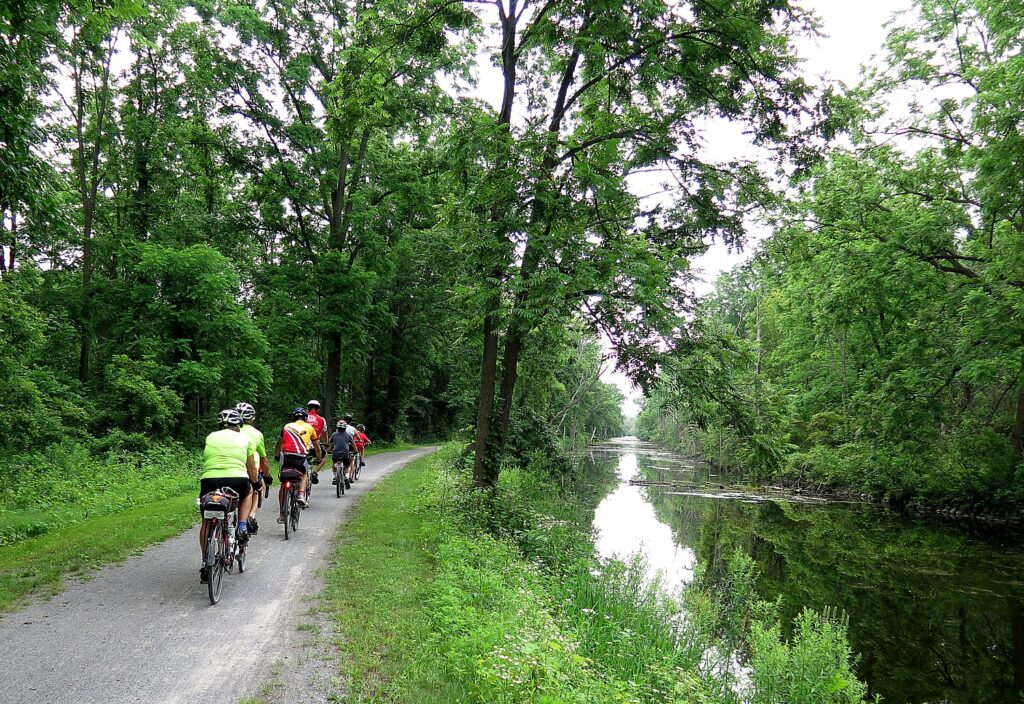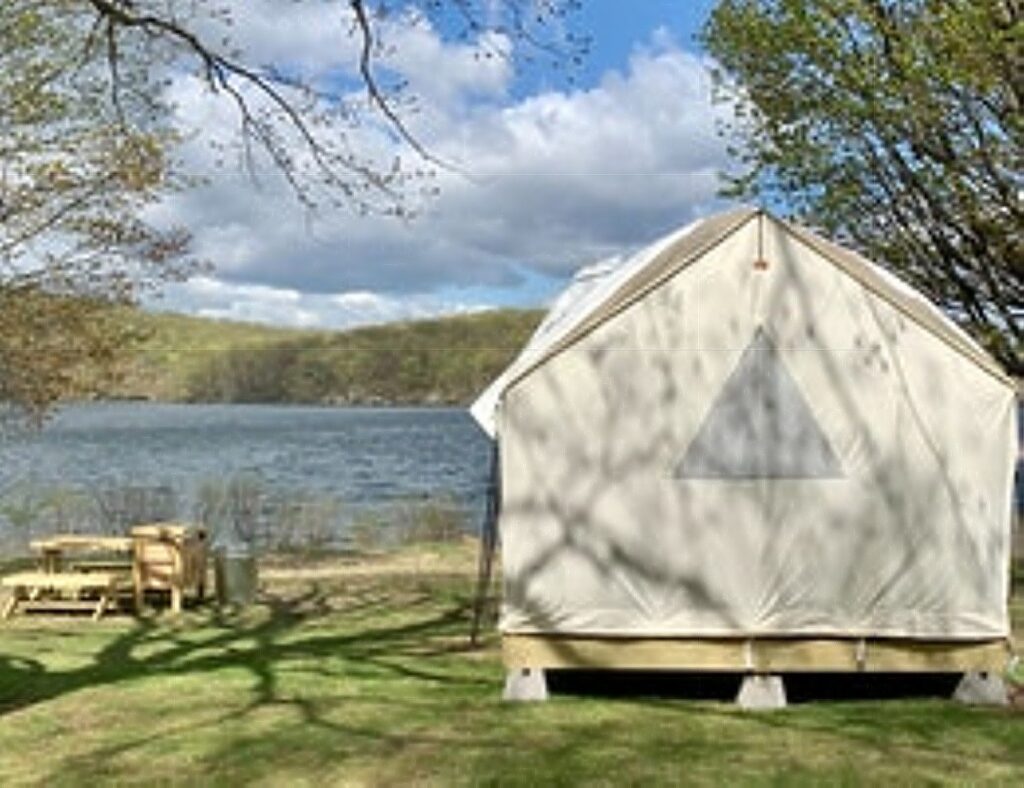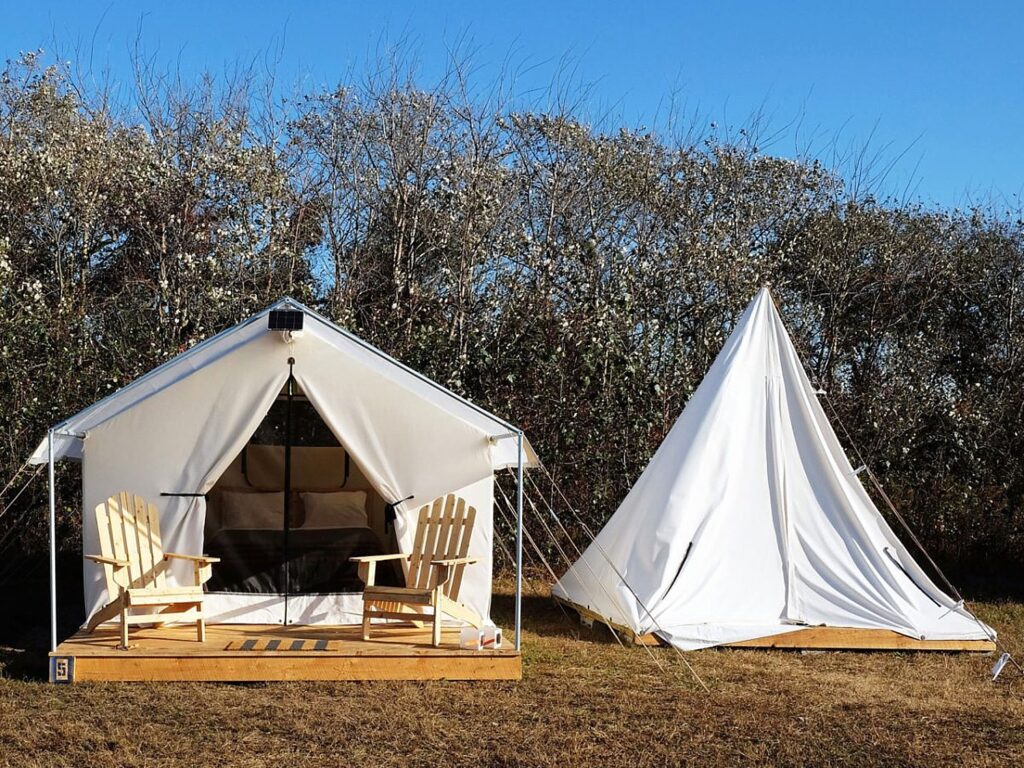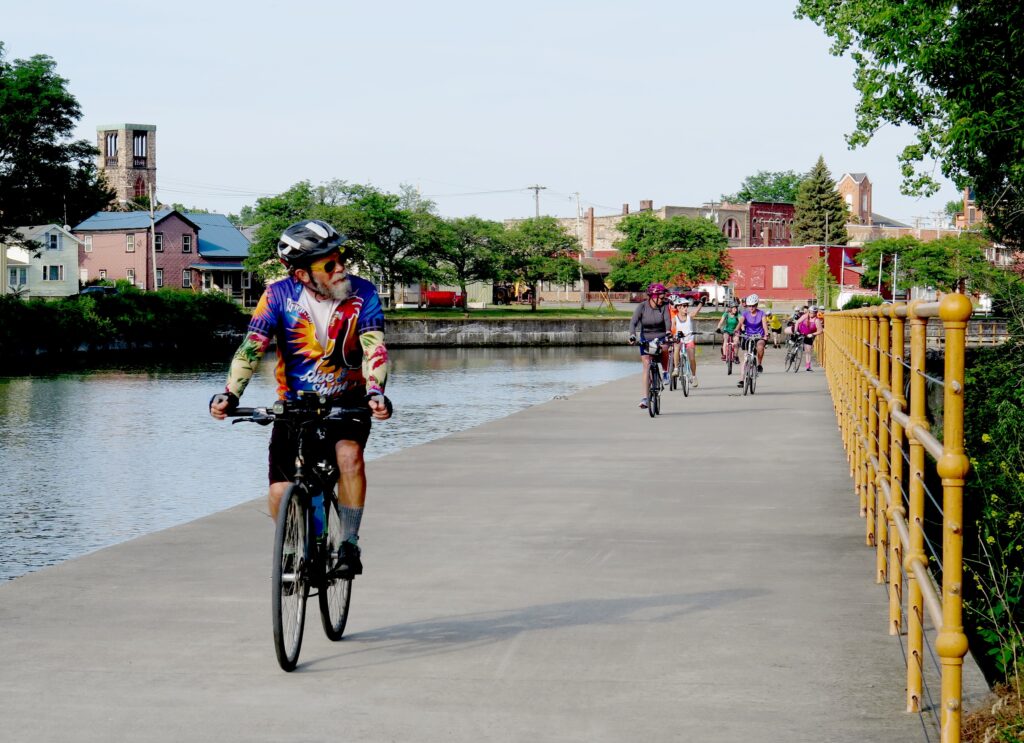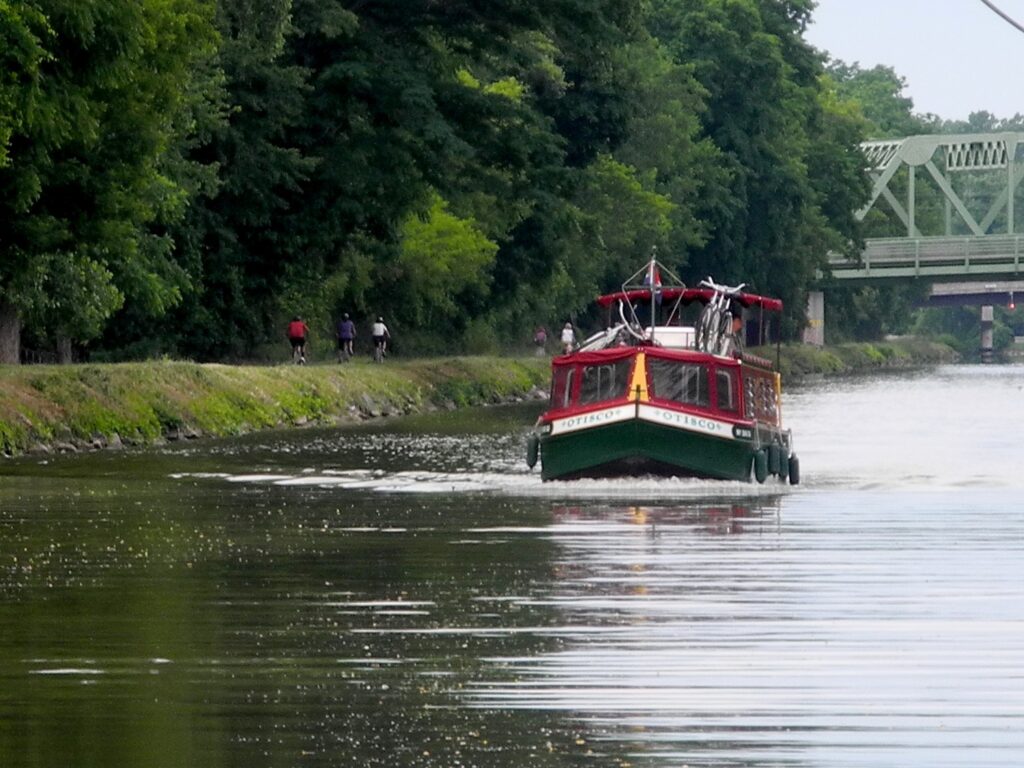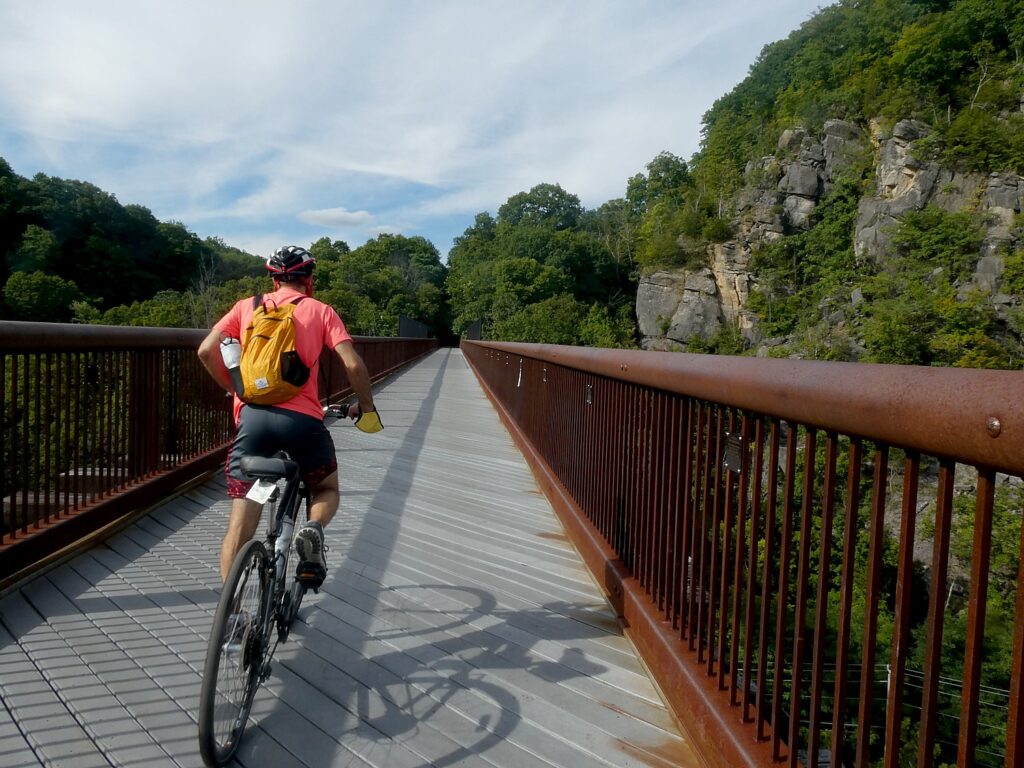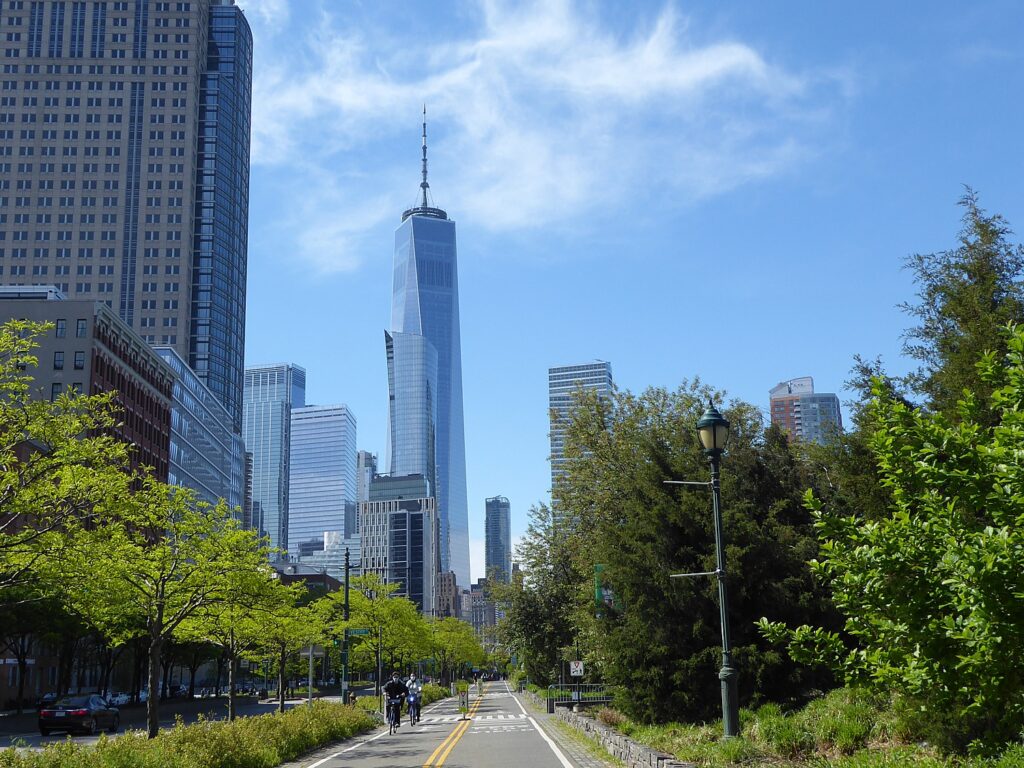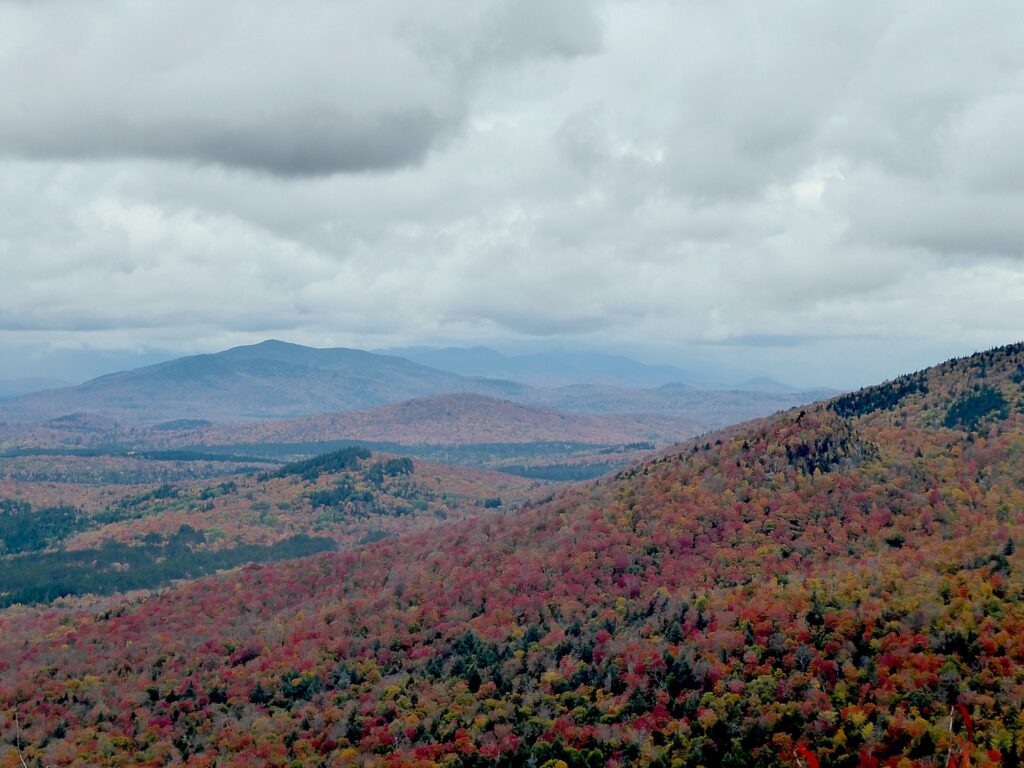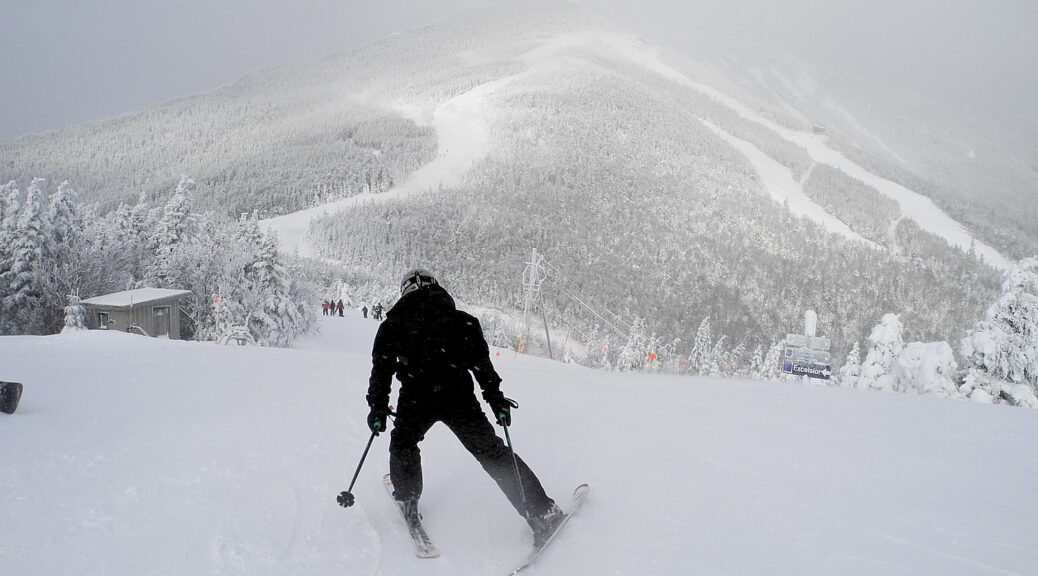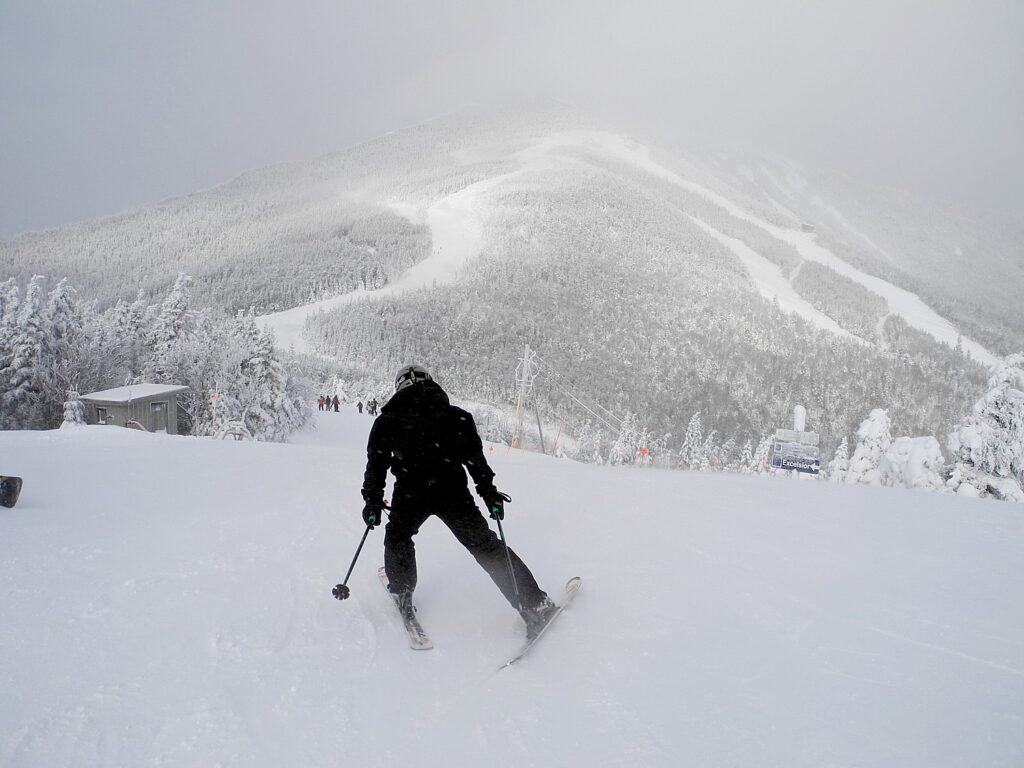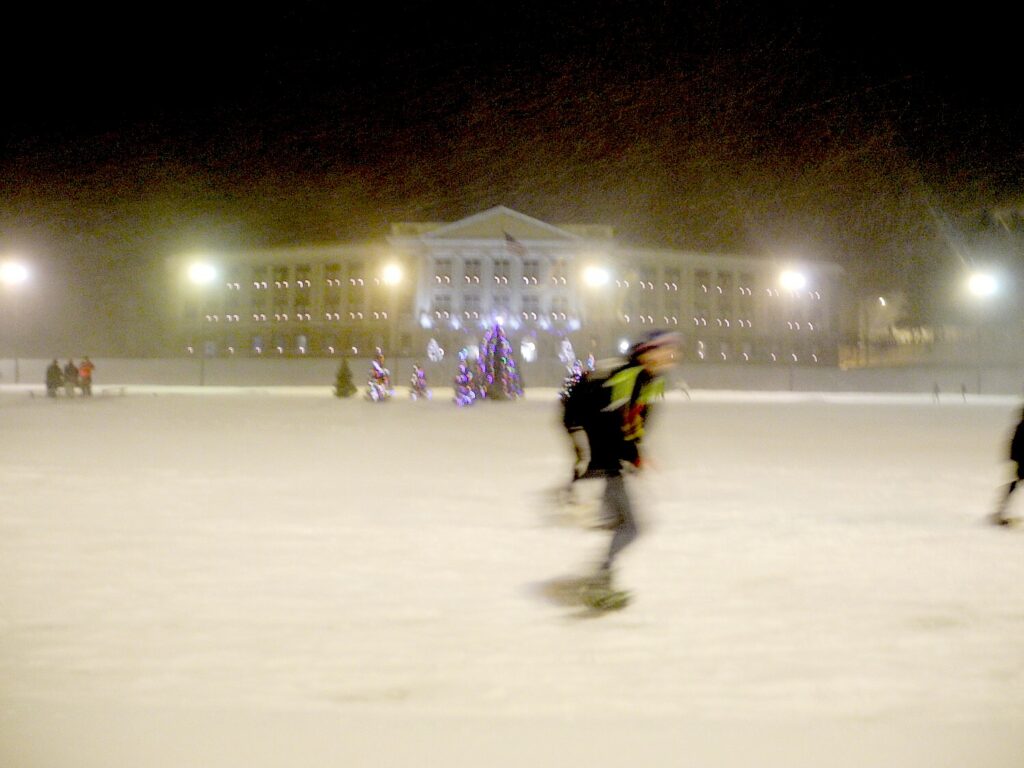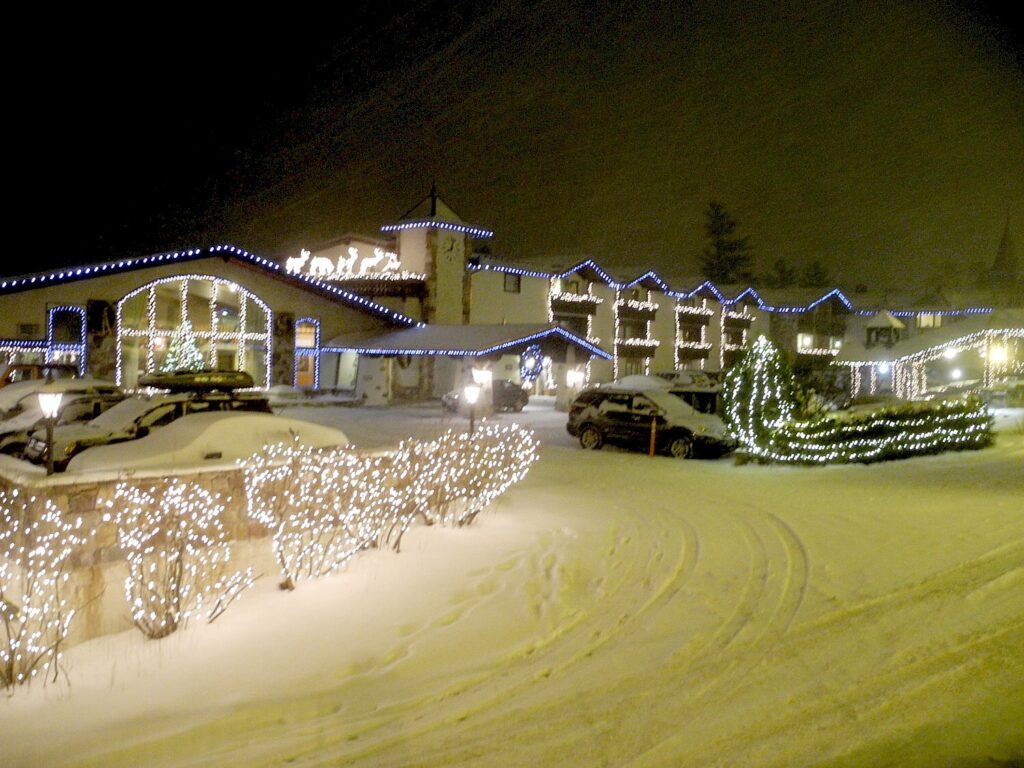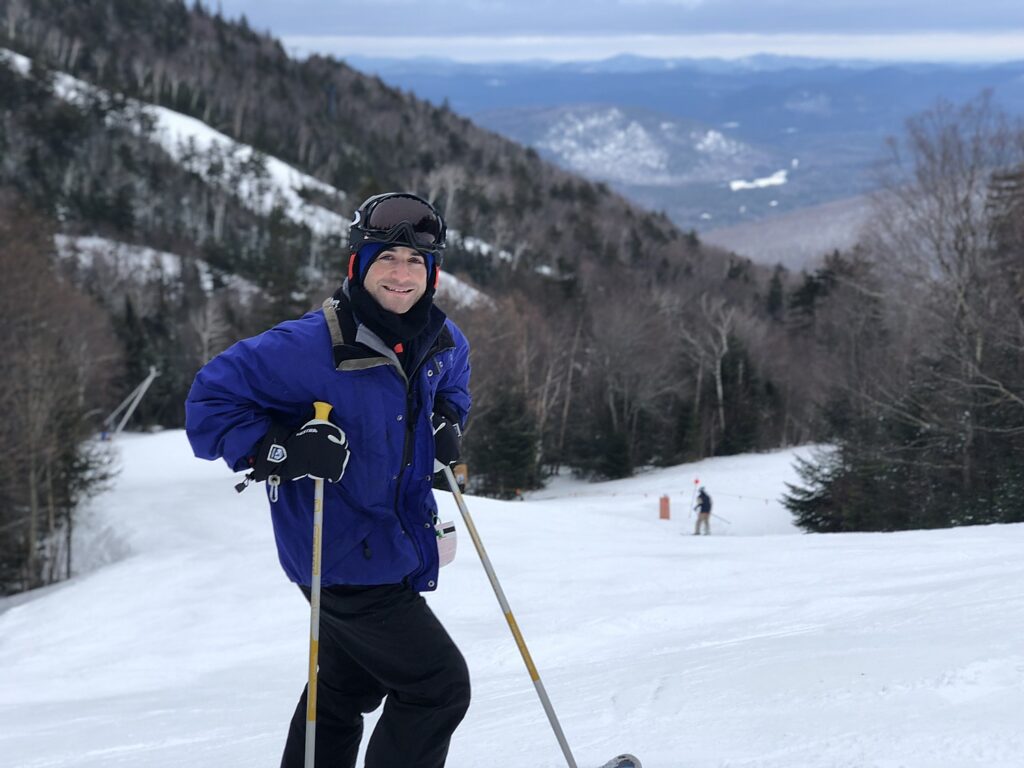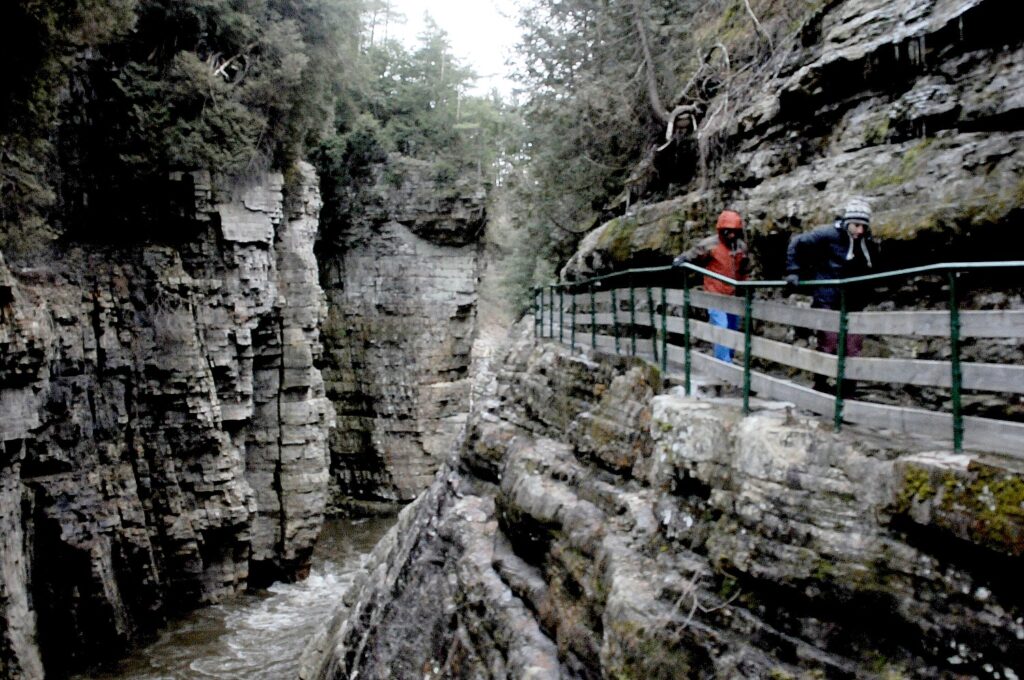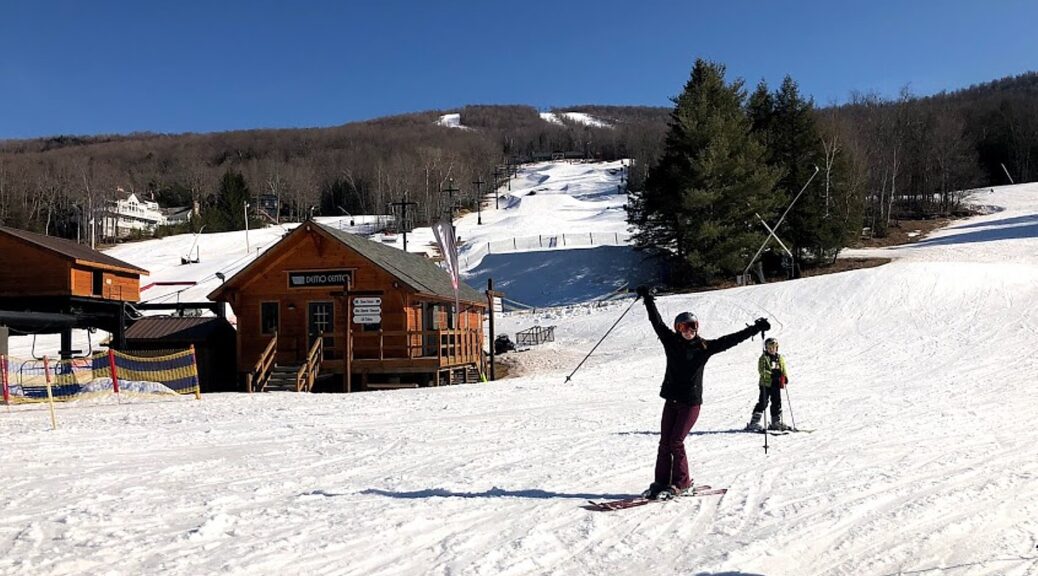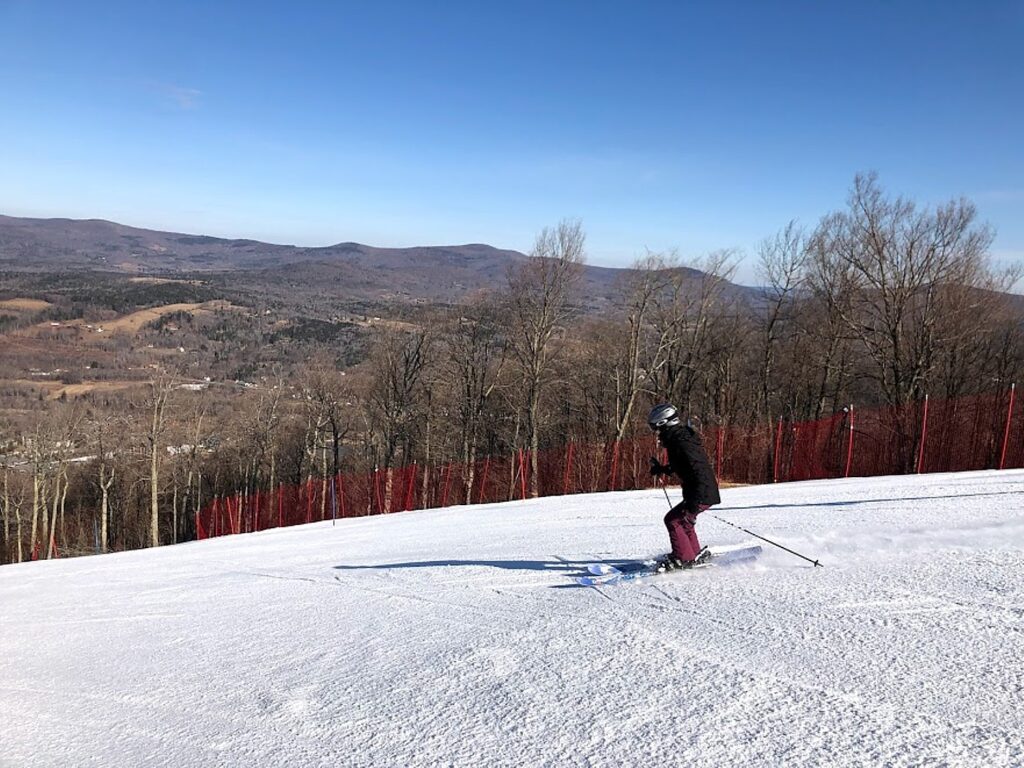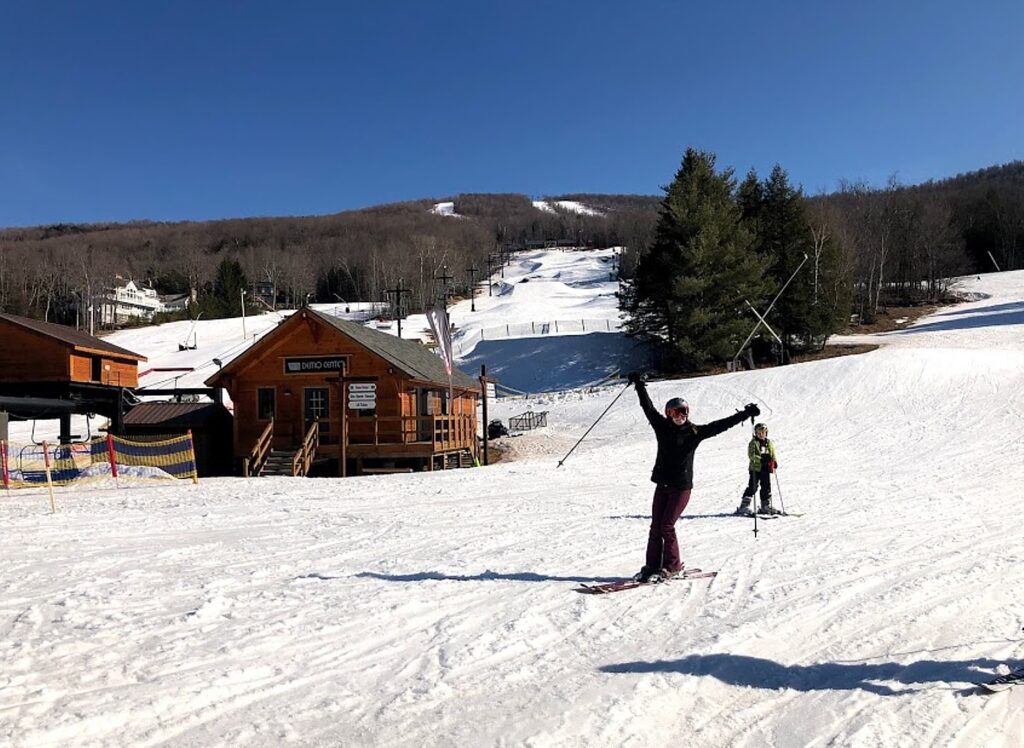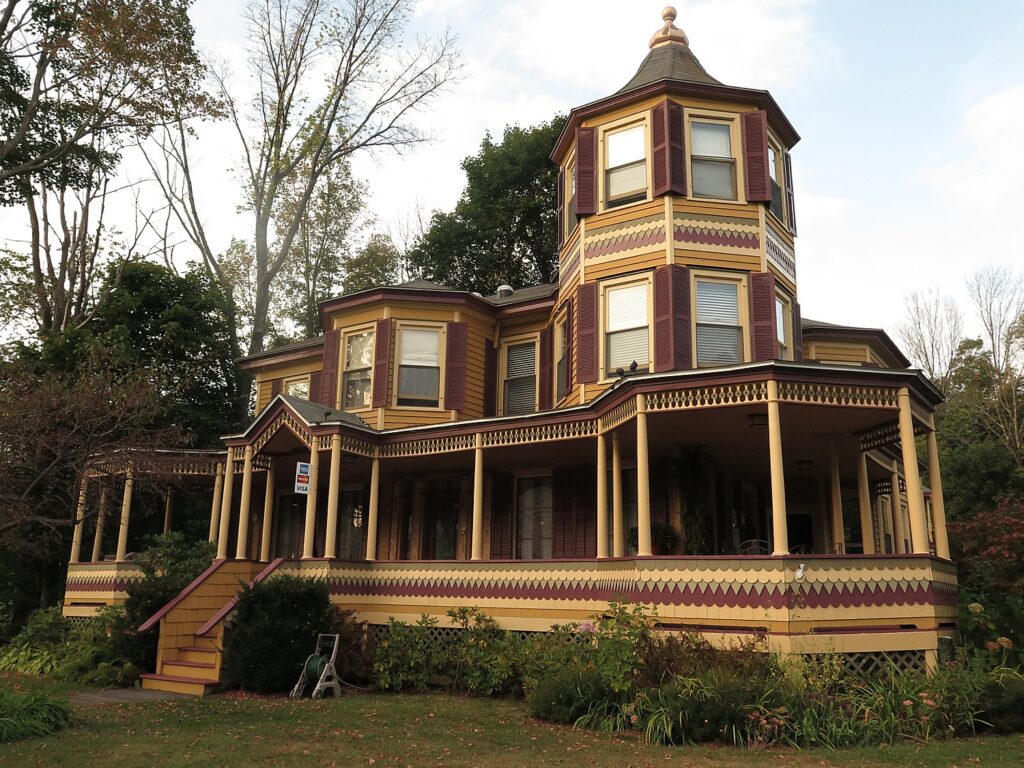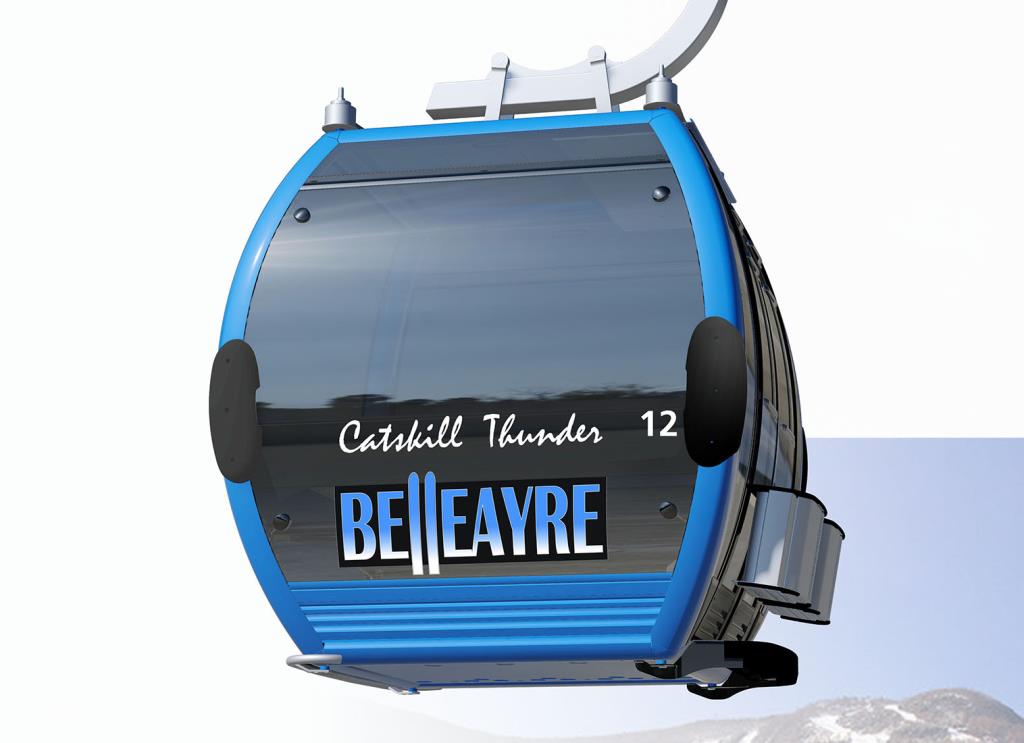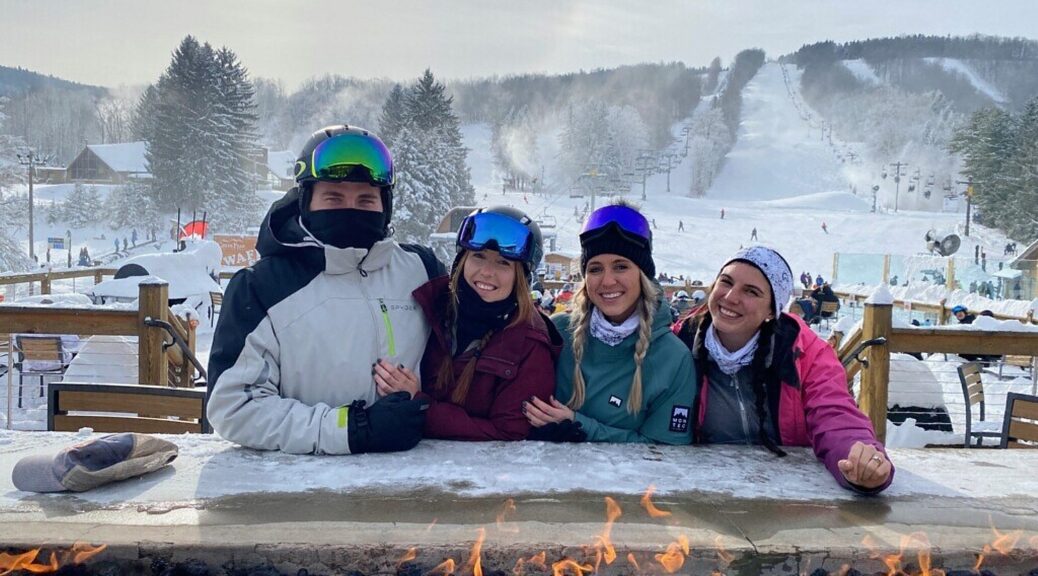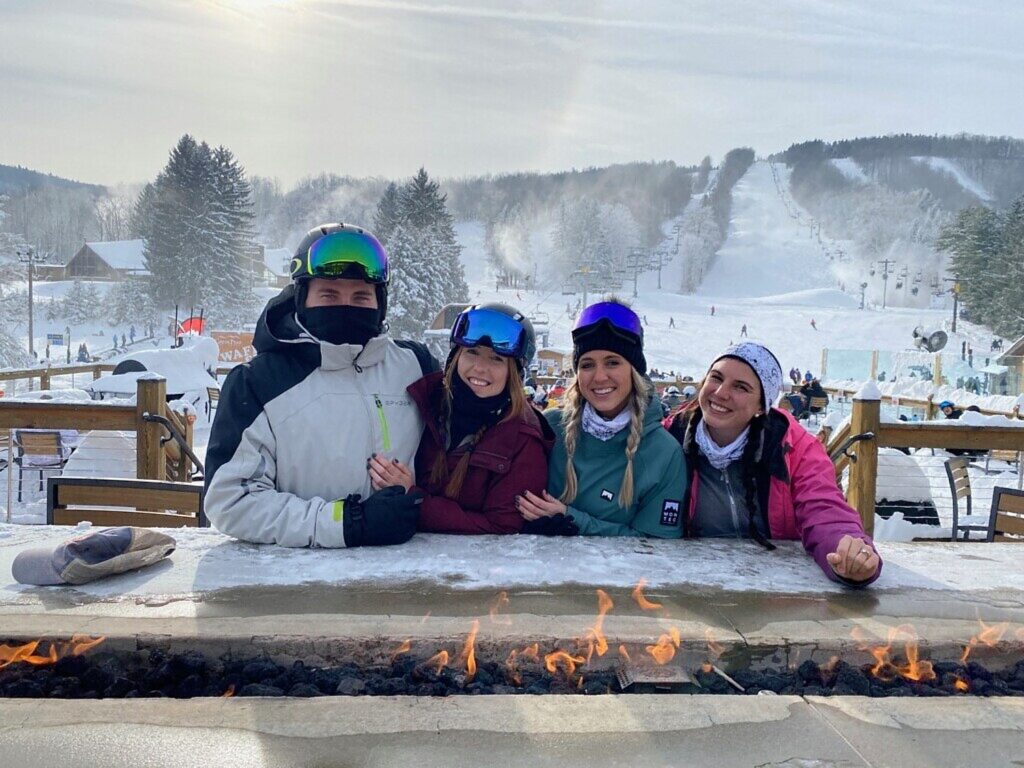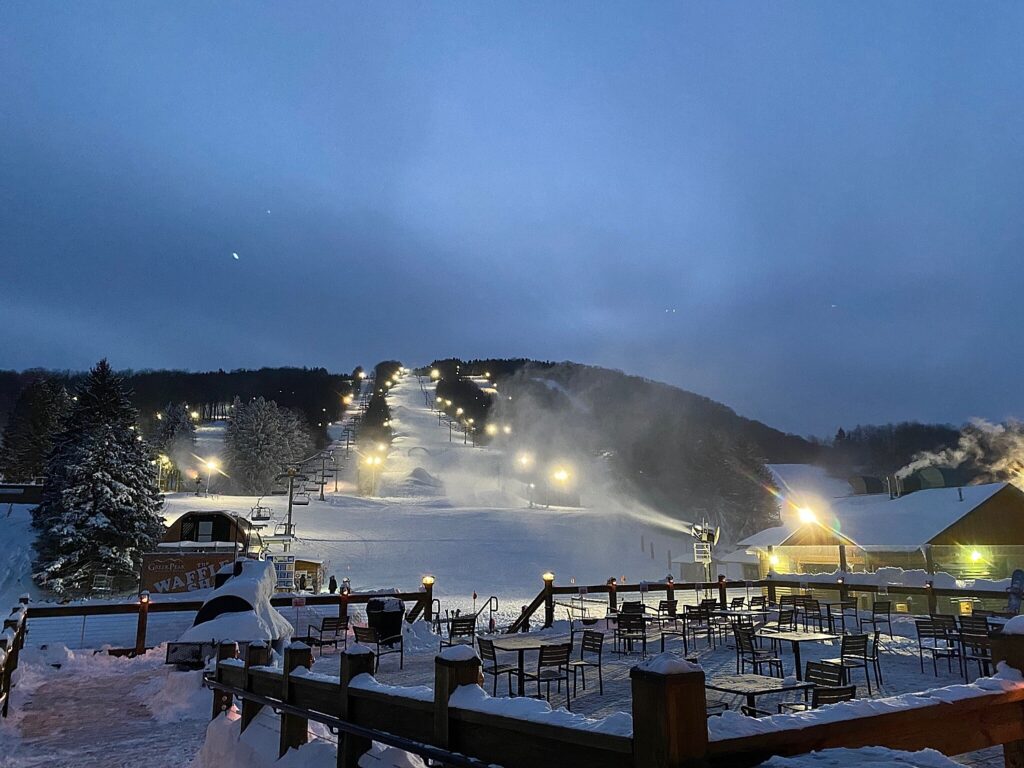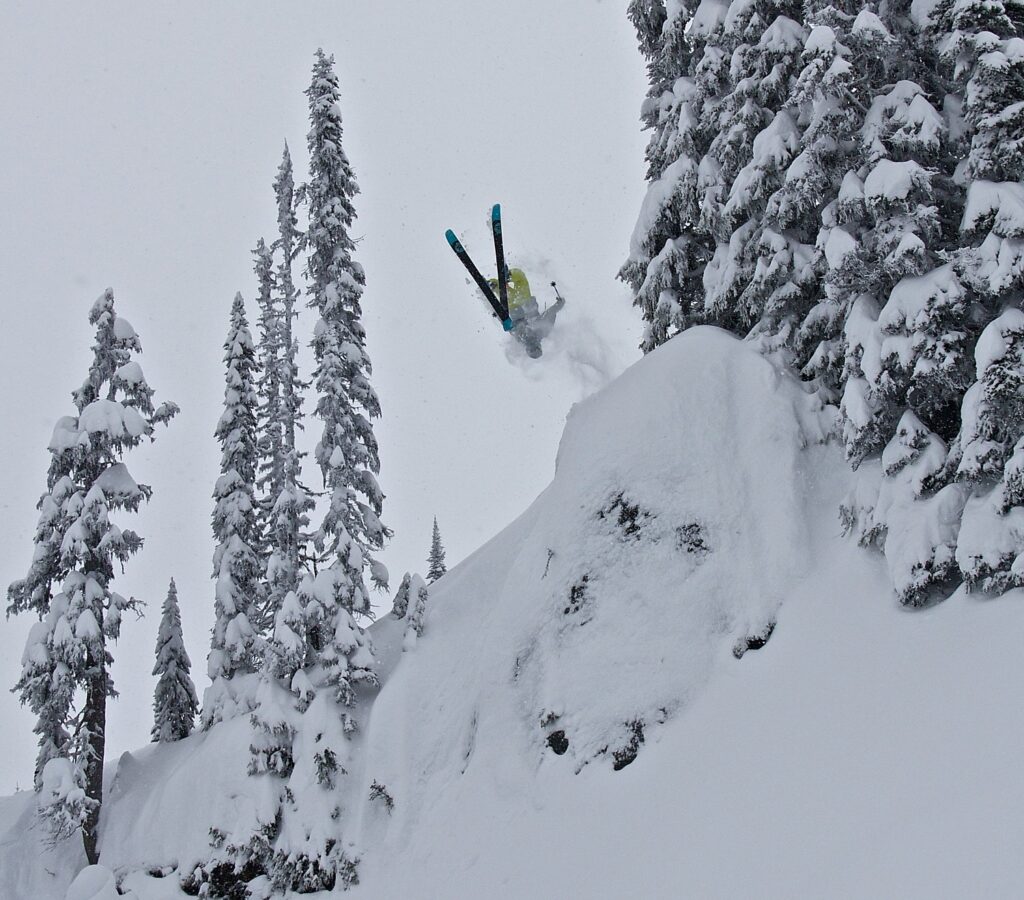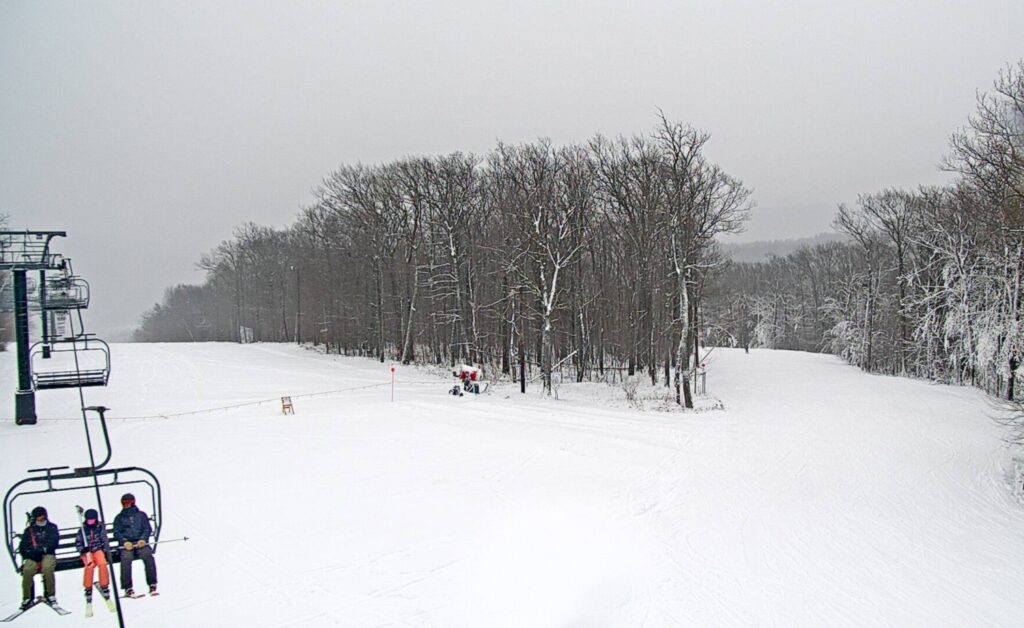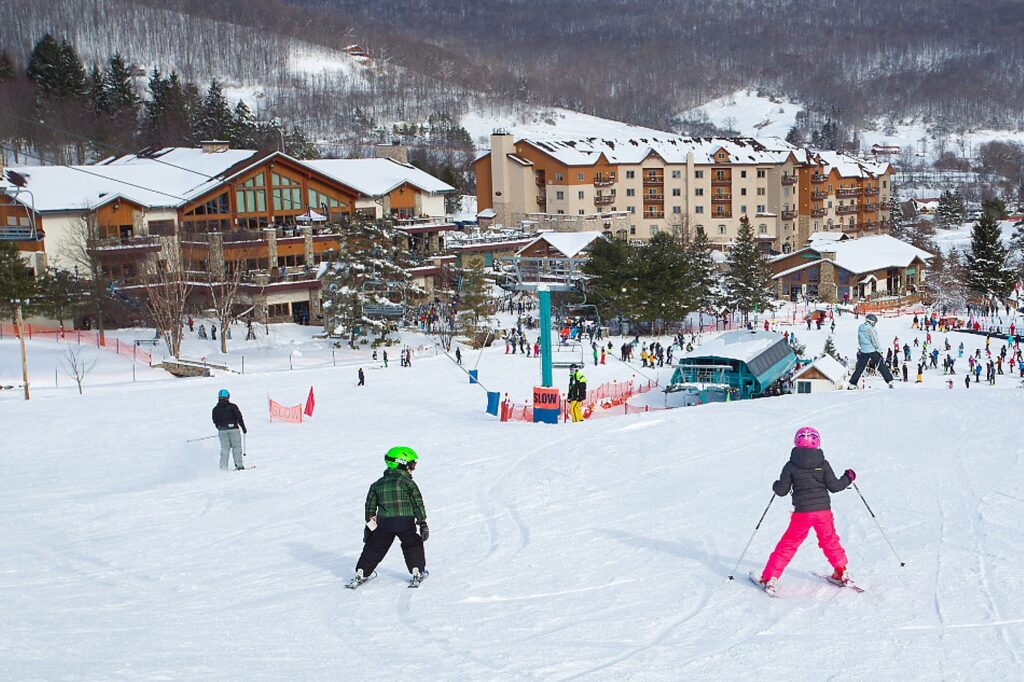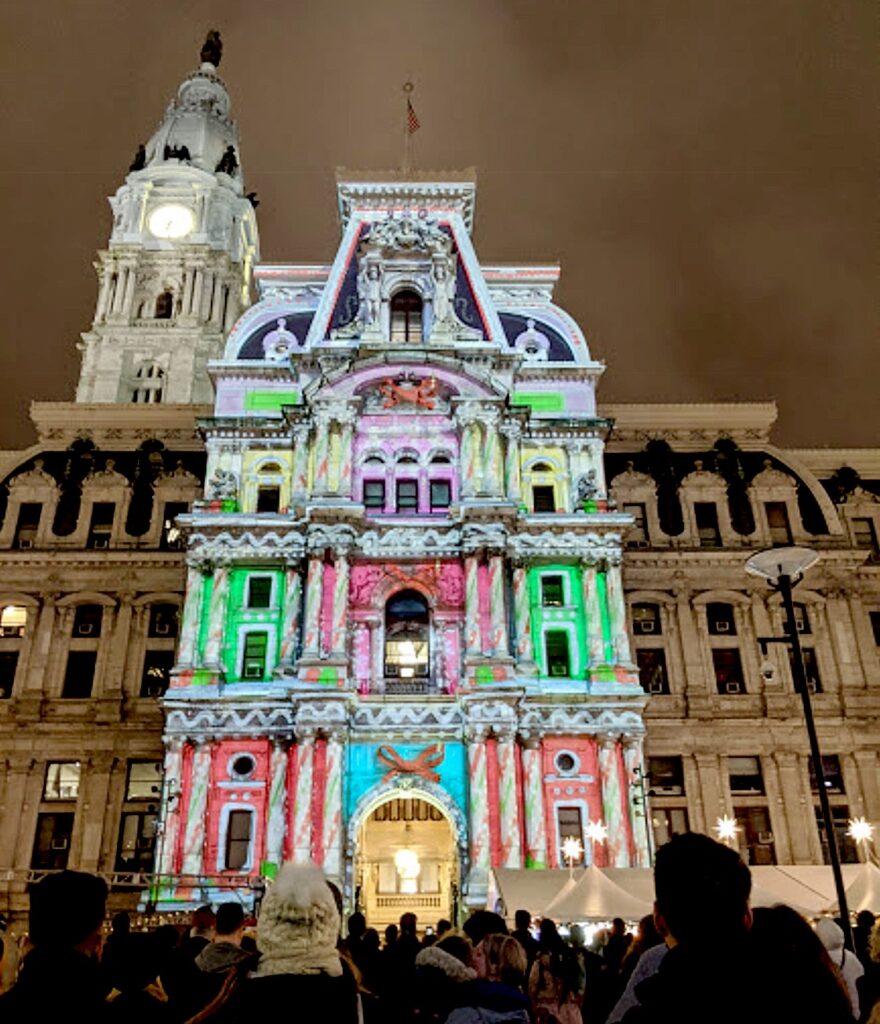
By Karen Rubin, Travel Features Syndicate, www.goingplacesfarandnear.com
Let the spirit of the holiday season enwrap you and carry you on a scintillating getaway to these cheeriest of driveable destinations:
Philadelphia Offers Potpourri of Holiday Festivities
With scores of dazzling light displays, holiday markets, festive shows and seasonal attractions, the holidays are an especially magical time in Philadelphia.
This year’s new holiday attractions include Yuletide at Devon, while staple, beloved Philadelphia attractions like Christmas Village and LumiNature at the Philadelphia Zoo are also back to delight.
Those enjoying the holiday sights and festivities can easily stay the night with the Visit Philly Overnight Package, scoring great perks like free hotel parking (valued up to $100) and tickets to must-see attractions including The Franklin Institute or the Philadelphia Museum of Art. Looking to make a weekend out of it? With the Visit Philly 3-Day Stay package, stay two nights and get a third for free.
New Holiday Attractions for 2023
Yuletide at Devon (Devon Horse Show and Country Fairgrounds, 23 Dorset Road, Devon, select dates thru Dec.31: A European Christmas market, a live music festival, a community carnival and a gourmet farm-to-table dining experience. Experience free fair rides (including a 65-foot Ferris wheel), lots of live music, craft drinks (hot chocolate, cocktails and more), locally sourced eats, and over 35 high-end holiday fair vendors.
Tinseltown Holiday Spectacular in FDR Park (South Broad Street, select dates thru Jan. 1, 2024: Take in the sights as you skate along a winding ice trail or glide down a 160-foot-long ice slide, pop into the Mistletoe Marketplace, grab a bite and adult beverage inside the Union Forge Lodge. Timed tickets are required, with optional add-ons available for the Ice Trail and Independence Blue Cross ice slide.
2023 Philly Holiday Experience (Multiple locations and events, dates vary): This annual tradition features more than 35 holiday attractions and events, including the annual tree-lighting celebration at City Hall, a multicultural holiday parade on Market Street. New for 2023: Free Museum Day series (December 1-28), when some of Philly’s top museums, attractions and cultural institutions open their doors for free (or pay-what-you-wish).
Must-See Philadelphia Attractions
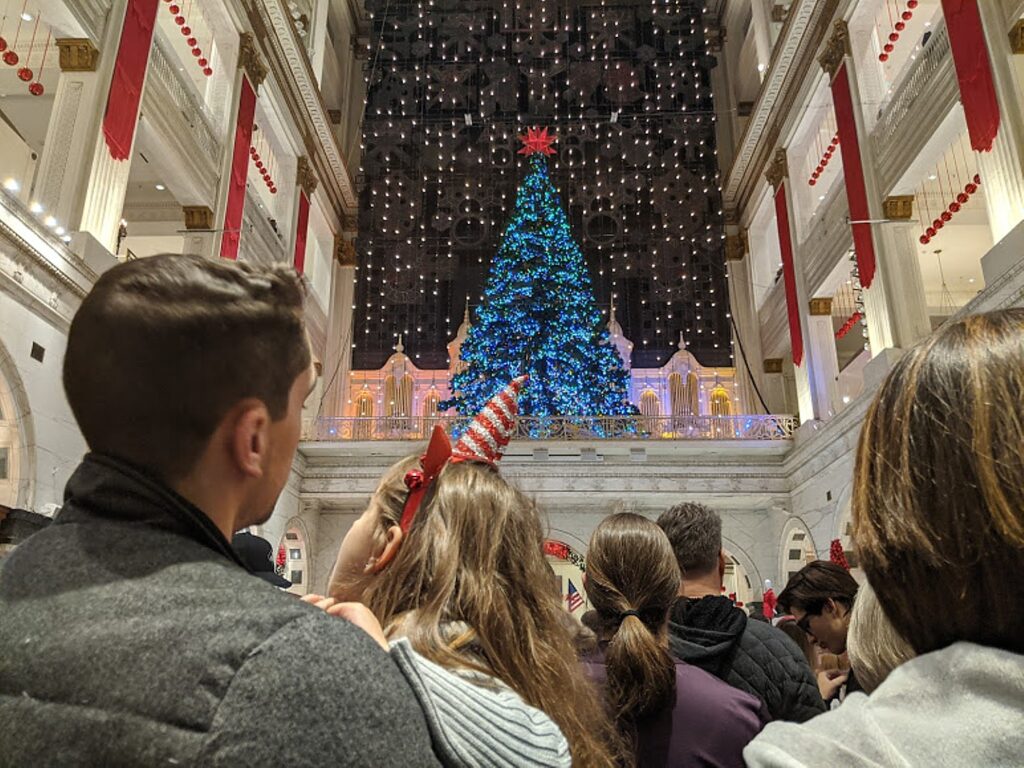
Macy’s Christmas Light Show and Dickens Christmas Village (Macy’s, 1300 Market Street, thru Dec. 31): The Grand Court in the National Historic Landmark Wanamaker Building has hosted the iconic Christmas Light Show since 1956. This quintessential holiday tradition continues in 2023 with daily displays featuring thousands of twinkling lights in the shapes of snowflakes, candy canes and dancing snowmen accompanied by seasonal sounds from the famed Wanamaker Organ. Five free shows, Mondays-Saturdays at 10:30 a.m., noon, 2 p.m., 4 p.m., and 6 p.m.; three shows on Sundays at noon, 2 p.m. and 4 p.m. The Wanamaker Organ is played live during the noon and 6 p.m. showings (except Sundays); recorded music accompanies all other shows. Families can also book a visit to see Philly’s vintage retelling of A Christmas Carol in the Dickens Christmas Village and snap pics with Santa.
Winter at Dilworth Park (1 S. 15th Street, next to City Hall; dates vary by attraction) Free events and cool attractions include:
- The Wintergarden: This open-air wonderland brings a festive touch of greenery, featuring holiday lights, reindeer topiaries, rustic woodland décor and an on-site Chaddsford Winery kiosk selling warm mulled wine (thru March 17, 2024);
- Made in Philadelphia Holiday Market: Shop local and support more than 40 small businesses selling handmade crafts, jewelry, artwork, treats and so much more (thru Jan. 1, 2024).
- Rothman Orthopaedics Ice Rink thru February 25, 2024 (tickets required).
- Rothman Orthopaedics Cabin: seasonal dishes, cocktails, beer; outdoor terrace with cozy fire pits (thru Feb. 25, 2024).
Christmas Village in Philadelphia (LOVE Park, 15th & Arch streets, select dates thru Dec. 24,): free-to-explore, pay-as-you-go annual open-air European-style marketplace with 100 vendors in wooden huts offering local and international gifts.
LumiNature at the Philadelphia Zoo (Philadelphia Zoo, 3400 W. Girard Avenue, select dates thru Dec. 31): This immersive display transforms the Philadelphia Zoo into a nighttime multimedia spectacle with 1 million holiday lights in 16 distinct zones, seasonal snacks, live performances, hot chocolate and adult beverages. Timed tickets are required.
Holiday Garden Railway and Nighttime Express at Morris Arboretum & Gardens (Morris Arboretum & Gardens, 100 E. Northwestern Avenue, select dates thru Dec. 30): One of the country’s largest outdoor model train displays. Mini locomotives wind their way through a 1/3 mile of loops, tunnels, bridges and Philly landmark replicas, all built with natural materials and beneath a canopy of sparkly lights. Included with admission to Morris Arboretum. Want more bells and whistles? See it at night – illuminated trees and all – by purchasing tickets to the Nighttime Express.
Independence Blue Cross RiverRink Winterfest (Independence Blue Cross RiverRink, 101 S. Christopher Columbus Boulevard): Glide around an enormous ice skating rink, snap a photo by the festive holiday tree, play games on the boardwalk and warm up with pay-as-you-go seasonal treats next to a fire pit (or inside a cozy cabin). Entry is free, tickets required to ice skate, and cabins and fire pits must be reserved in advance.
American Heritage Credit Union Grand Illumination (2060 Red Lion Road, thru Dec. 31): The regal campus of the American Heritage Credit Union in Northeast Philadelphia shines brightly each holiday season with two 40-foot Christmas trees, hundreds of wreaths and more than 400,000 twinkling lights. The lights flick on at dusk each night when visitors are invited to stroll the campus for free and take in the lights at their leisure.
Winter in Franklin Square (Franklin Square, 200 N. 6th Street, thru Feb. 25, 2024, dates vary by attraction), including Chilly Philly Mini Golf (thru Jan. 28, 2024, tickets required); Electrical Spectacle Light Show presented by PECO, free nightly shows – inspired by Benjamin Franklin’s kite and key electricity experiment – every half hour (thru Feb. 25, 2024); Street Curling (thru Feb. 25, 2024, rent in advance).
New Year’s Eve in Philadelphia (Penn’s Landing, 101 S. Christopher Columbus Boulevard), with two fireworks displays over the Delaware River at 6 p.m. and midnight.
Mummers Parade (Monday, January 1, 2024): One of Philly’s most famous traditions, when more than 10,000 costumed marchers — many of whom practice all year for this one-day celebration — strut their stuff on the streets of Philadelphia.
Can’t-Miss Holiday Shows
The No Name POPS: A Very Philly Christmas at the Kimmel Center, Kimmel Center, 300 S. Broad Street, select dates Dec. 1-23.
George Balanchine’s The Nutcracker at the Academy of Music, Academy of Music, 240 S. Broad Street, select dates Dec. 8-30:
The Philadelphia Orchestra Presents: The Glorious Sounds of Christmas at the Kimmel Center, Kimmel Cultural Campus, 300 S. Broad Street, December 14-16, 2023
Trans-Siberian Orchestra, Wells Fargo Center, 3601 S. Broad Street, December 17, 2023
The Philadelphia Orchestra Presents: Elf in Concert at the Kimmel Center, Kimmel Cultural Campus, 300 S. Broad Street, December 22-23, 2023
Disney on Ice Presents Magic in the Stars at the Wells Fargo Center, Wells Fargo Center, 3601 S. Broad Street, December 24, 2023 – January 1, 2024
Cirque Dreams Holidaze at the Miller Theater, Miller Theater, 250 S. Broad Street, December 26-31, 2023
Visit Greater Philadelphia’s official visitor website, visitphilly.com, to explore things to do, upcoming events, themed itineraries and hotel packages.
A Capital Christmas in Washington DC
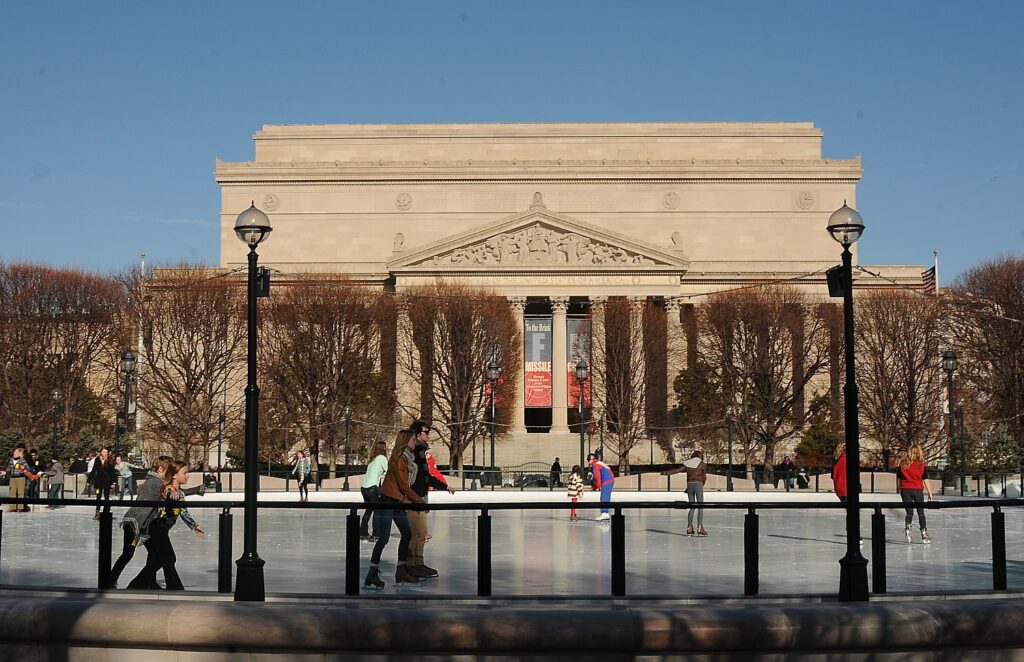
From sparkling sights like the National Christmas Tree to festive local shopping, classic performances and enticing hotel deals, ‘tis the season to make memories in DC. Discover more at washington.org/winter.
Dazzling Displays
National Christmas Tree (thru Jan. 1) free to enter, enters its second century on the White House Ellipse, surrounded by trees decorated with handmade ornaments from 58 U.S. states and territories.
National Menorah (on view Dec. 7-15): world’s largest menorah on the White House Ellipse.
CityCenterDC’s Holiday Tree, thru Jan. 8: a jaw-dropping 75-foot tree with over 155,000 lights and 4,500 ornaments, as well as gorgeous décor along Palmer Alley.
U.S. Capitol Christmas Tree, thru Jan. 1: A 53-year tradition on the West Lawn, this year’s tree comes from the Monongahela National Forest in West Virginia.
ZooLights, thru Dec. 30: Environmentally friendly LED lights and dozens of glowing animal lanterns transform Smithsonian’s National Zoo into a winter wonderland. ($6 admission is required this year, supporting animal care and conservation science.
Season’s Greenings at the U.S. Botanic Garden (thru Jan. 1): Tour America’s magnificent landscapes recreated in plants.
Enchant (thru Dec. 31), one-of-a-kind installation at Nationals Park.
Georgetown Glow (thru Jan. 7): Set against the historic backdrop of DC’s oldest neighborhood, works by international artists on display for this free outdoor public light art experience.
Tudor Lights (Dec. 2-15): Stroll through Tudor Place Historic House and Garden, decked out with holiday lights, plus guided candlelit tours, holiday teas and a holiday wreath-making workshop.
Holiday Events and Performances
A Winter’s Tale (thru Dec. 17): A tribute to the magic of storytelling at the Folger Theatre, Shakespeare’s romance presents a rich tapestry of love, strife, hope, human folly, and resurrection.
A Christmas Carol (thru Dec. 31) Join the ghosts of Christmas Past, Present, and Future as they lead Ebenezer Scrooge on a journey of transformation for Charles Dickens classic at Ford’s Theatre.
The Washington Ballet’s The Nutcracker (Dec. 2-30) at the Warner Theatre: The reimagined ballet is set amidst the charming streets of Georgetown and cherry blossom trees.
Winter Activities, Holiday Shopping
Public Ice skating rinks around the city including the National Gallery of Art, Washington Harbour, The Wharf and Canal Park at Capitol Riverfront.
Downtown Holiday Market stretches across two blocks in Penn Quarter. Scope out eclectic crafts from 70 pop-up tents, including minority-owned businesses, with light bites and live music, thru Dec. 23.
The Holly Days: An Eastern Market Main Street tradition celebrating its 150th anniversary, enjoy shopping, dining and window displays (thru Dec. 31).
Festive and Historic Hotels
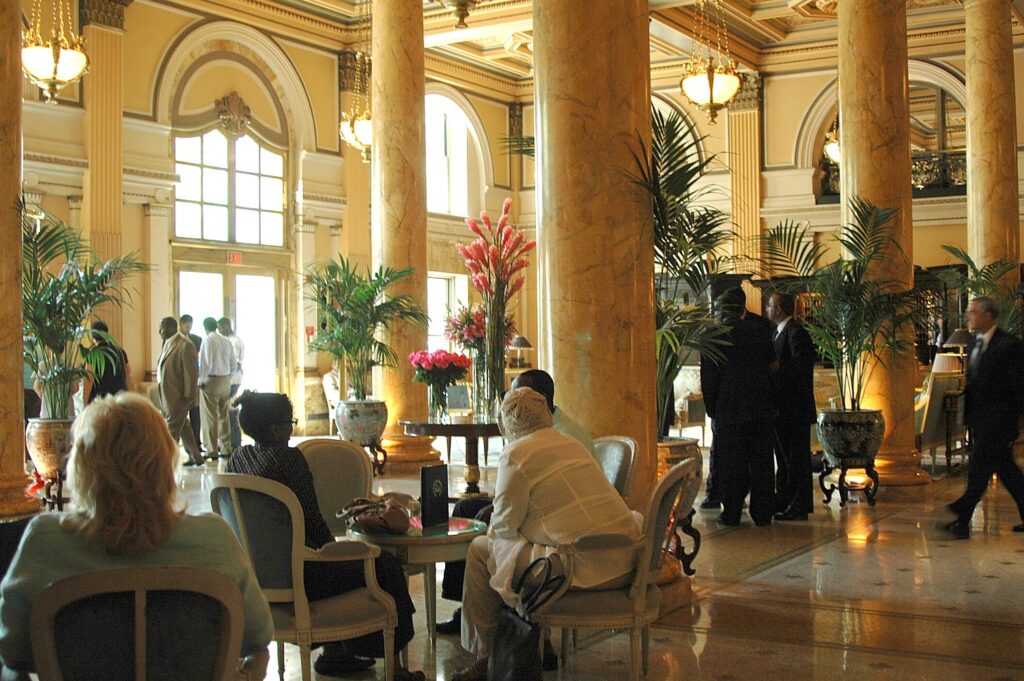
Stay in History: Befitting the nation’s capital’s important history and heritage, there are a multitude of Historic Hotels of America members to provide a special ambiance to your visit, include The Willard InterContinental (famously transforms into a magical holiday wonderland, complete with nightly caroling), The Mayflower Hotel, Autograph Collection; The Morrison-Clark Inn; Riggs Washington DC (boasts a bejeweled tree by a celebrated designer), Georgetown Inn, Hotel Lombardy, Omni Shoreham Hotel, Sofitel Washington DC Lafayette Square, Phoenix Park Hotel, The Capital Hilton, The Churchill Hotel Near Embassy Row, The Graham Georgetown (see historichotels.org).
Sampling of Seasonal Hotel Deals
Whoville Hideout – The Hotel Washington offers Grinch-themed rooms with holiday amenities, valet parking and holiday DVDs and books, valid thru Dec. 31
Grand Opening – Receive 10,000 bonus Marriott Bonvoy points per stay at the rebranded Westin Washington, DC Downtown. Valid thru Jan. 4.
Royal Debut – Be among the first to experience the new Royal Sonesta Washington, DC Capitol Hill with 50 percent off the third night when booking a two-night stay.
Sakura Club – When you book two nights in an exclusive Sakura Club room at the Conrad DC, you’ll receive the third night free. Valid thru Dec. 31; The Conrad Washington DC’s decorations include an Instagram-worthy mistletoe arch.
Find more and book at stay.washington.org and more visitor information at Washington.org
Christmas in Wilmington & the Brandywine Valley
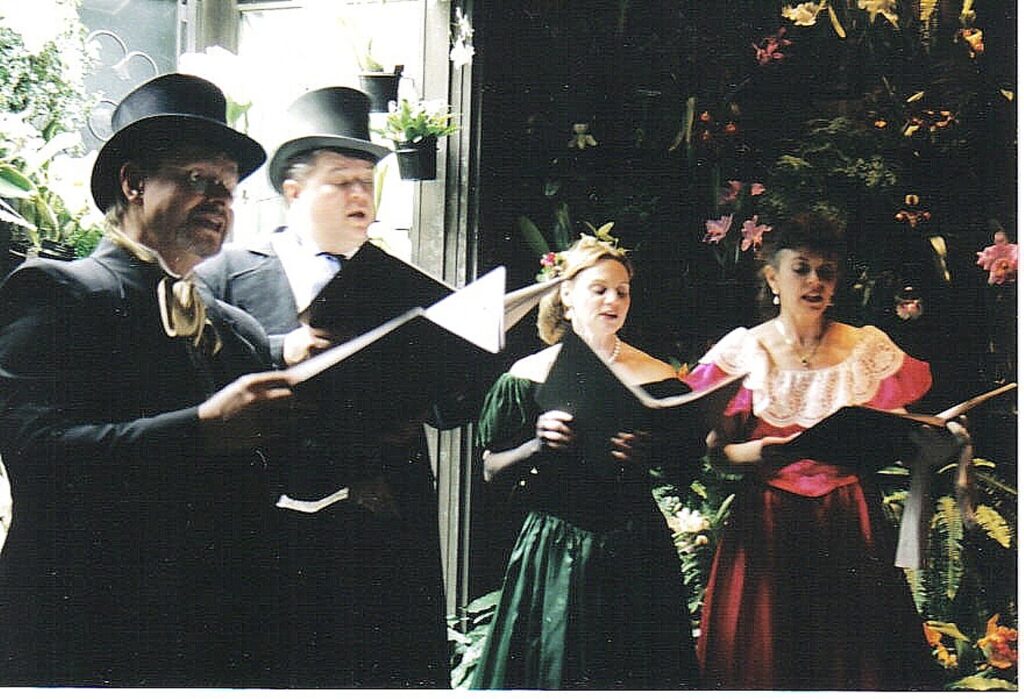
Enjoy the grandest holiday festivities at the top attractions that make Wilmington and the Brandywine Valley, Delaware, so special:
Yuletide at Winterthur (5105 Kennett Pike, Winterthur, DE 19735, thru Jan. 7, 2024): Experience a celebration of American elegance in holiday style, inspired by Ann Lowe: American Couturier. This year’s Yuletide features custom fashion by local designers Shawn Pinckney and Asata Maisé Beeks, whose creations reflect the history of Winterthur and the design sensibilities of H. F. du Pont and Ann Lowe. Explore the house decorated with signature traditions, including the show-stopping Dried-Flower Tree, artistic Christmas trees inspired by Ann Lowe gowns and spectacular table set for Christmas dinner. Special holiday programs will take place throughout the season. Included with admission. Open New Year’s Day. Closed Christmas Day. (Winterthur.org)
Holidays at Hagley (298 Buck Road, Wilmington, DE 19807, thru Jan. 1, 2024) Themed “Treasures and Traditions,” features Holiday Home and Garden Tours, the 6th-annual Gingerbread House Competition, Santa Days, Holiday Nights Tours; included with regular admission (hagley.org).
The Brandywine Railroad (1 Hoffman’s Mill Rd., US Rt. 1, Chadds Ford, PA 19317, thru Jan. 7, 2024), a holiday favorite since 1972, features trains running on 2,000 feet of track and contains more than 1,000 pieces, including locomotives, passenger and freight trains, and trolleys that pass through a small village, a farm, factories, a drive-in movie theater and even a carnival. Dazzling array of toy and scale model trains chugging through the varied scenery include Lionel, Williams, Atlas, Mike’s Train House and K-line, plus interactive components.
Holidays at Nemours Estate: Alfred I. duPont built “America’s Versailles” for his wife on a 3,000-acre plot in Wilmington in the early 20th century and they started opening their home at Christmas from the year they moved in. Today, the estate celebrates the holiday season with a blend of original decorations – including 19th-century German crèche – and modern design, with 17 Christmas trees, 19 wreaths, and garland throughout.
A Longwood Christmas at Longwood Gardens (Longwood Gardens, 1001 Longwood Road, Kennett Square, November 17, 2023 – January 7, 2024): “A Very Retro Christmas,” turns back the clocks for this retro celebration of holiday seasons gone by at Longwood Gardens. The horticultural haven lights up with hundreds of trees trimmed in throwback fashion. Think classic baubles, tons of tinsel and iconic childhood toys. Adding to the festive feel, the botanical garden’s illuminated fountains dance to the sounds of the season. Timed tickets are required.
See mo https://www.visitwilmingtonde.com/events/holiday/
Gilded Age Christmas in Newport, R.I.
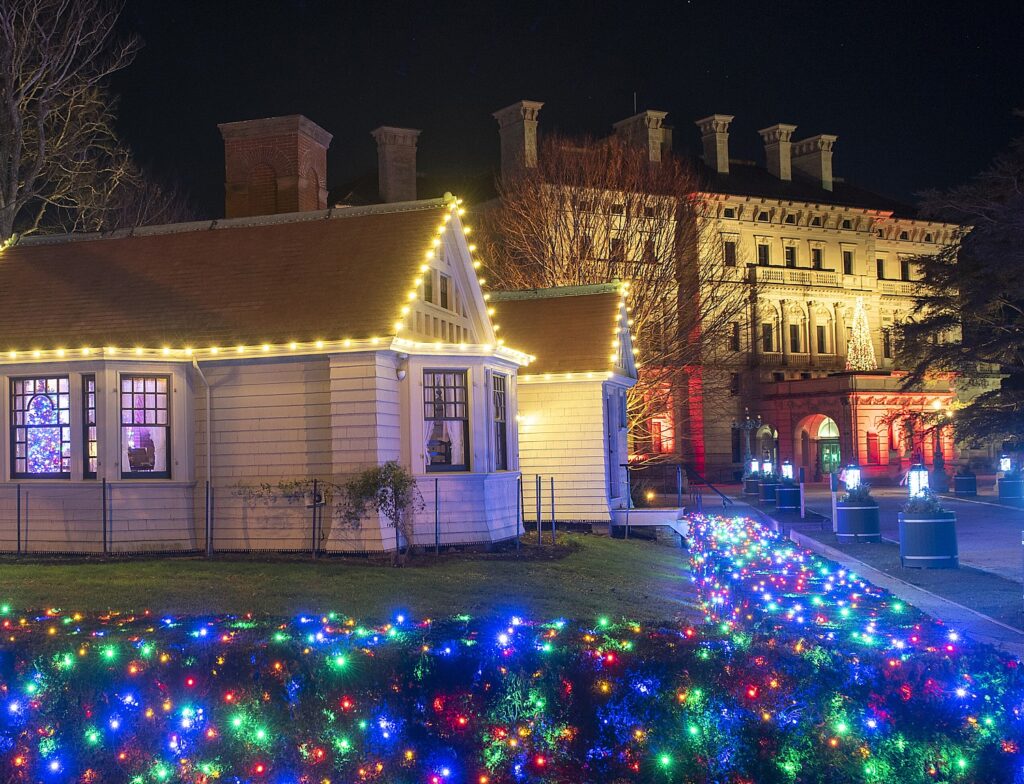
Each year since 1971, December 1 has marked the kick off of Christmas in Newport, a month-long celebration complete with festive events and happenings to honor the season and give back to charities throughout the community. Experience events for nearly each day throughout December as part of the celebration (https://www.discovernewport.org/events/christmas-in-newport/)
Holiday Sparkle Returns to the Newport Mansions:The opulence of Newport’s Gilded Age mansions meets the sparkle and magic of Christmas during the return of Holidays at the Newport Mansions through January 1, 2024. Holidays at the Newport Mansions brings a festive holiday atmosphere to the interiors of The Breakers, Marble House and The Elms. These National Historic Landmarks come alive with beautiful seasonal decorations, themed Christmas trees, wreaths, garlands, and fresh floral arrangements. Mannequins dressed in elegant Gilded Age fashions match the décor in Gertrude Vanderbilt’s bedroom at The Breakers, Alva Vanderbilt’s bedroom at Marble House, and the conservatory at The Elms. The mannequins have been created by Karen Corinha of Corinha Design.
For the fourth straight year, “Sparkling Lights at The Breakers” casts a warm glow over the 13-acre landscape of this iconic Gilded Age landmark on select dates thru Dec. 30. Walk though dazzling tunnels of light and marvel at the illuminated displays and sparkling surprises along the way, including a striking, 50-foot long, 26-foot-tall light display on the back lawn in the outline of a train from the Vanderbilts’ New York Central and Hudson River Railroad. Admission requires a special ticket with specific date and entry time (but you can stay as long as you wish until closing), and includes interior access to The Breakers during the same visit. Tour times are 4 p.m., 4:30 p.m., 5 p.m., 5:30 p.m. and 6 p.m. The gates close at 6:30 p.m. and the house and grounds close at 8 p.m.
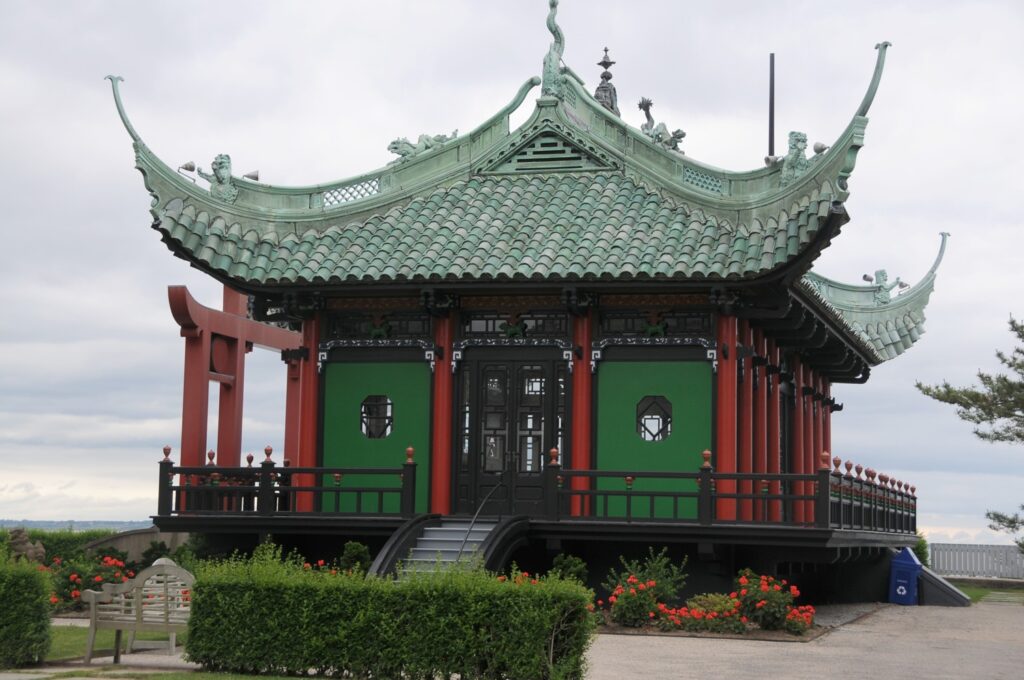
Holiday Brunch Offered at Chinese Tea House: Located on the back lawn of Marble House and perched above the historic Cliff Walk, the Chinese Tea House provides an unmatched setting for a three-course holiday brunch by Stoneacre Brasserie. (Saturday and Sundays in December and Christmas Week, December 23, 24, 26, 27, 28, 29, 30 and 31; Seatings at 10 a.m., 1 p.m. and 3 p.m.; $55/adult, $35/child 2-12). Make reservations at https://resy.com/cities/nwp/stoneacre-tea-house?date=2023-11-01&seats=2.
Details at www.newportmansions.org/events/holidays-at-the-newport-mansions.
Experience the holiday traditions and winter caretaking practices at Rough Point Museum, Doris Duke’s mansion home-turned museum, during the coziest and merriest days of the year, Fridays, Saturdays, and Sundays, 10 am-4 pm (excluding December 24).
See full list of holiday happenings in Newport, www.discovernewport.org/events/christmas-in-newport.
____________________________
© 2023 Travel Features Syndicate, a division of Workstyles, Inc. All rights reserved. Visit goingplacesfarandnear.com, www.huffingtonpost.com/author/karen-rubin, and travelwritersmagazine.com/TravelFeaturesSyndicate/. Blogging at goingplacesnearandfar.wordpress.com and moralcompasstravel.info. Visit instagram.com/going_places_far_and_near and instagram.com/bigbackpacktraveler/ Send comments or questions to [email protected]. Tweet @TravelFeatures. ‘Like’ us at facebook.com/KarenBRubin
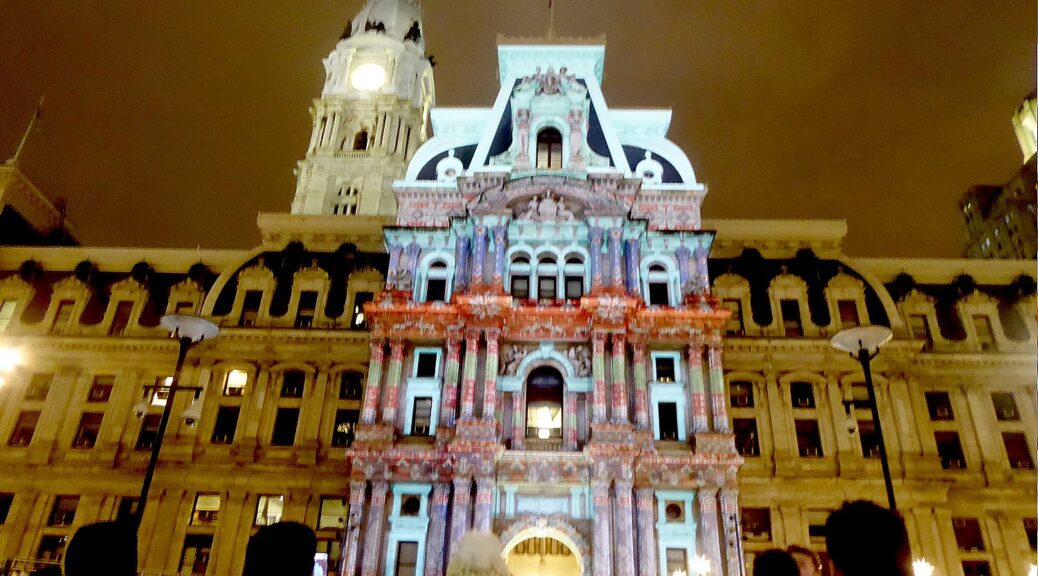

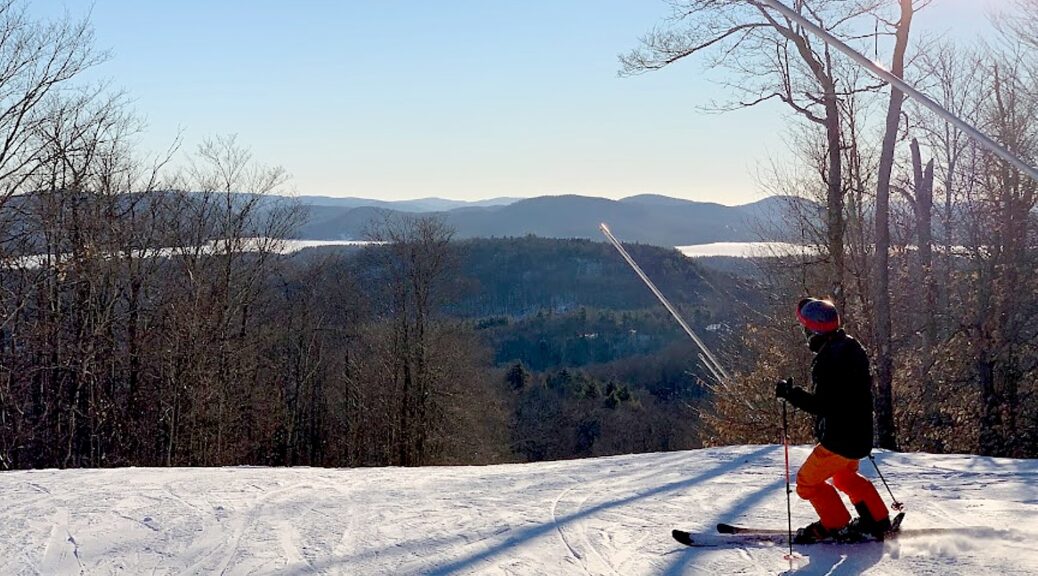
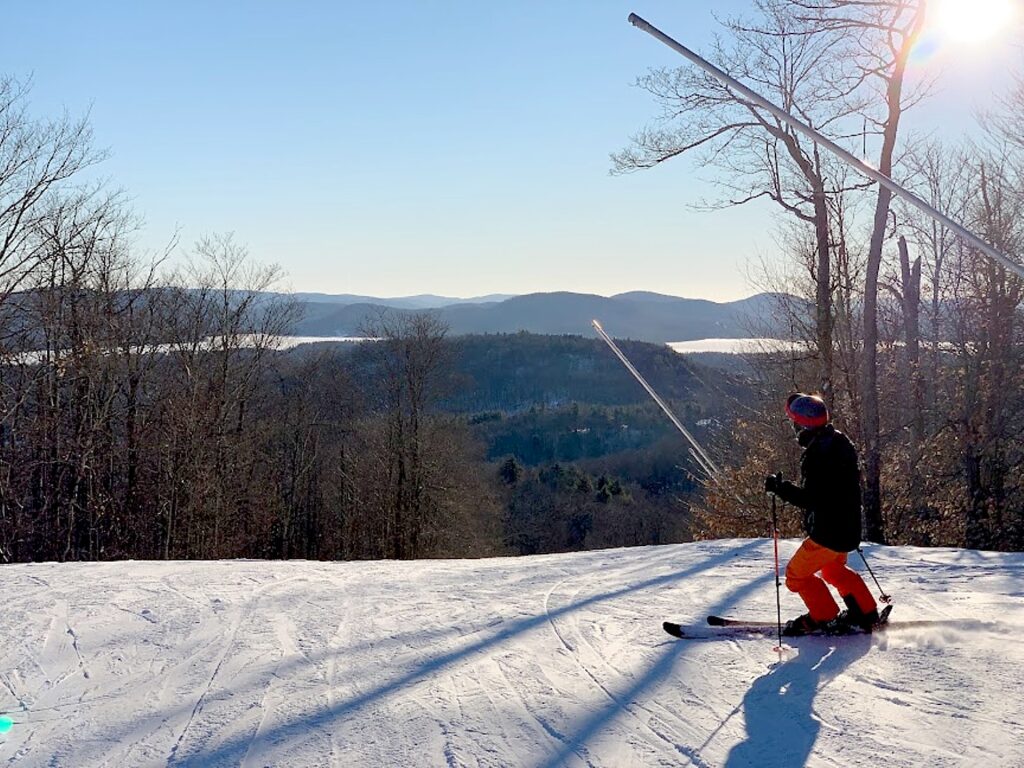
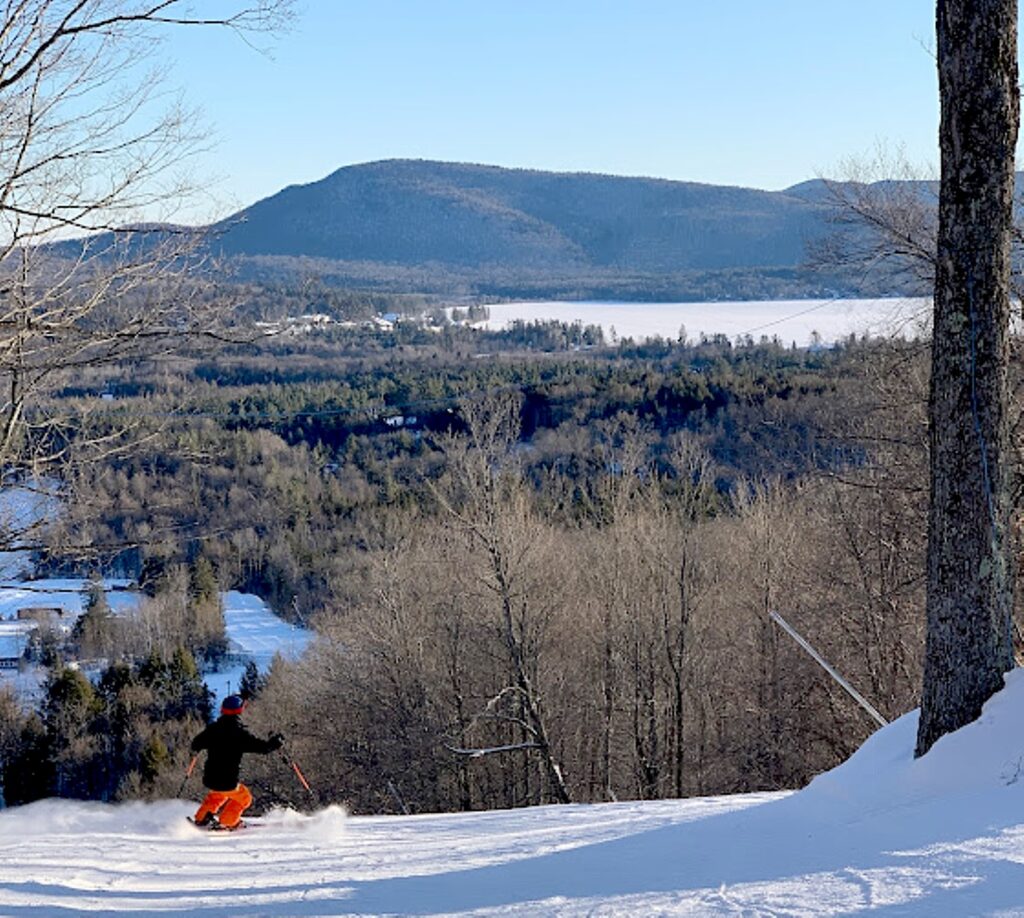
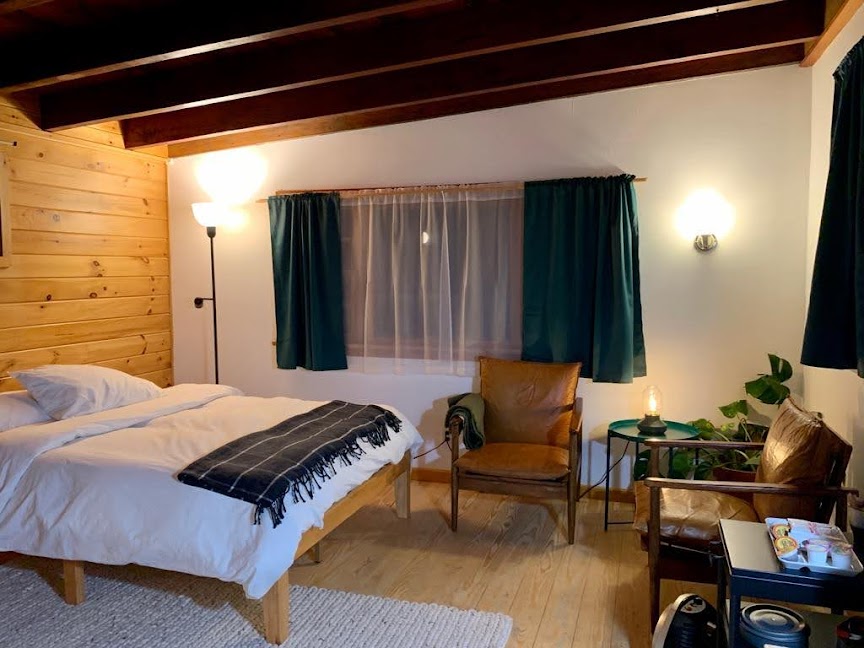
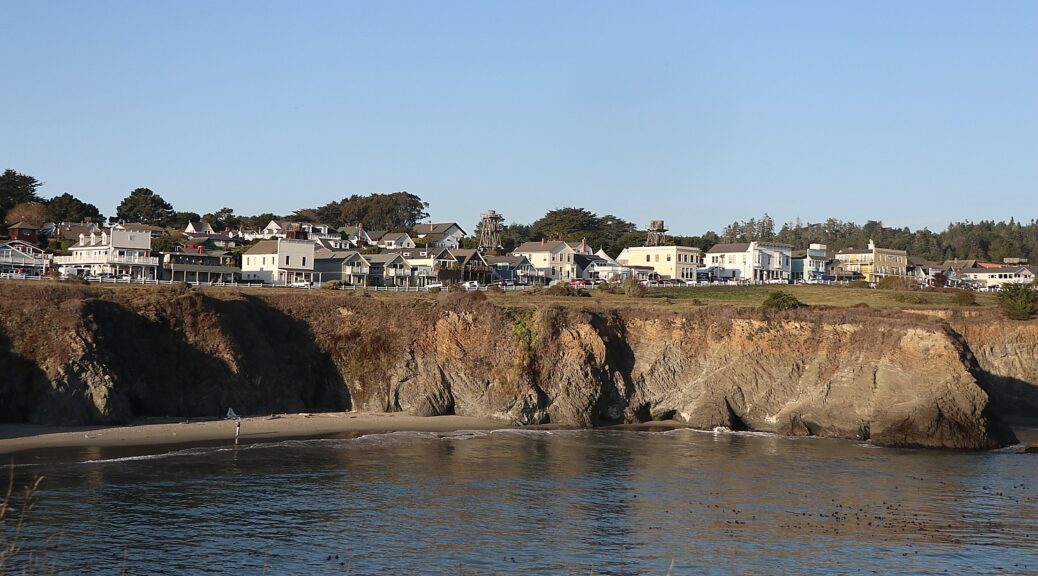
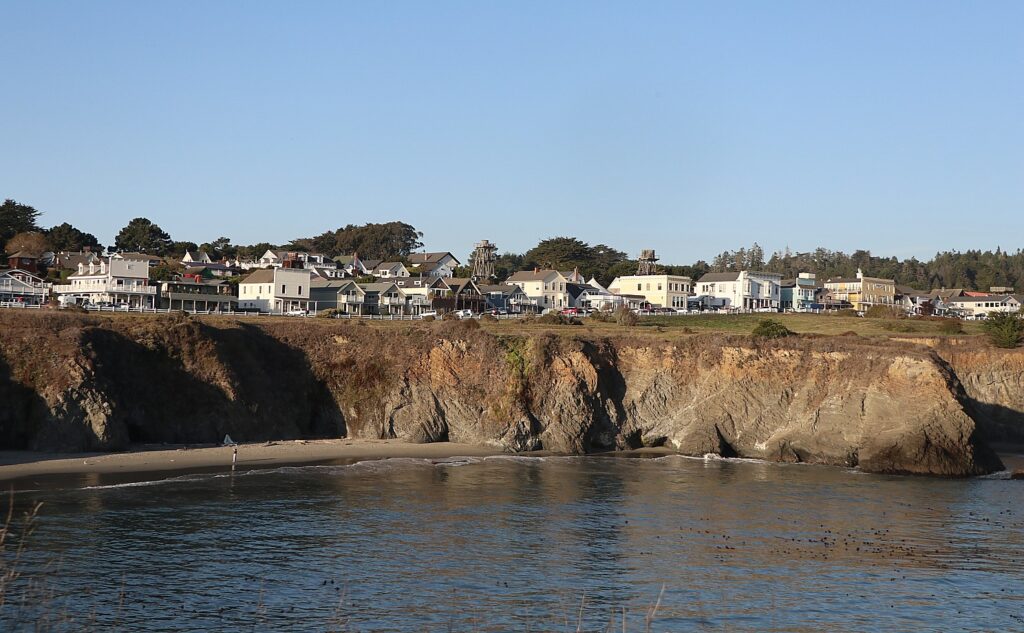
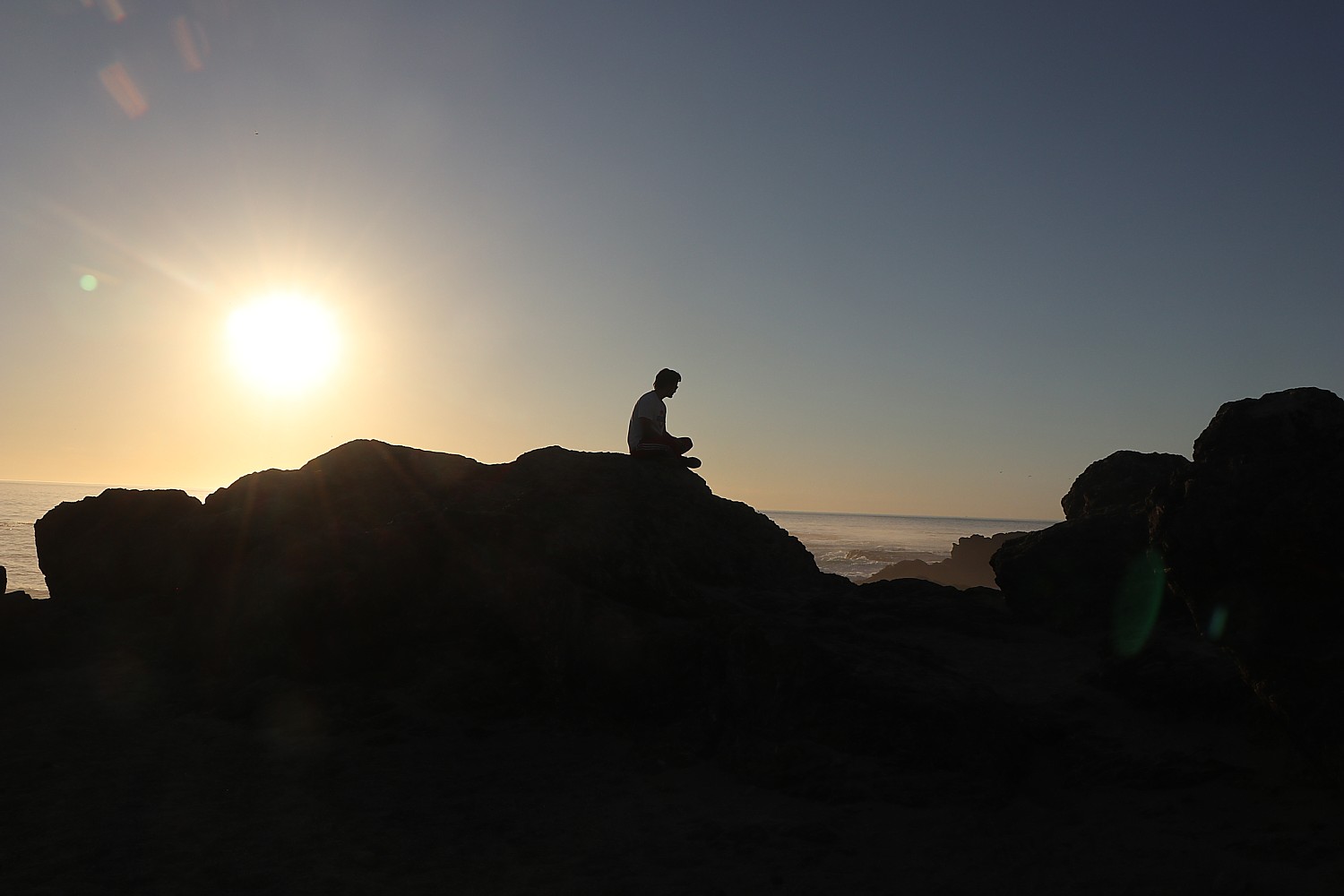
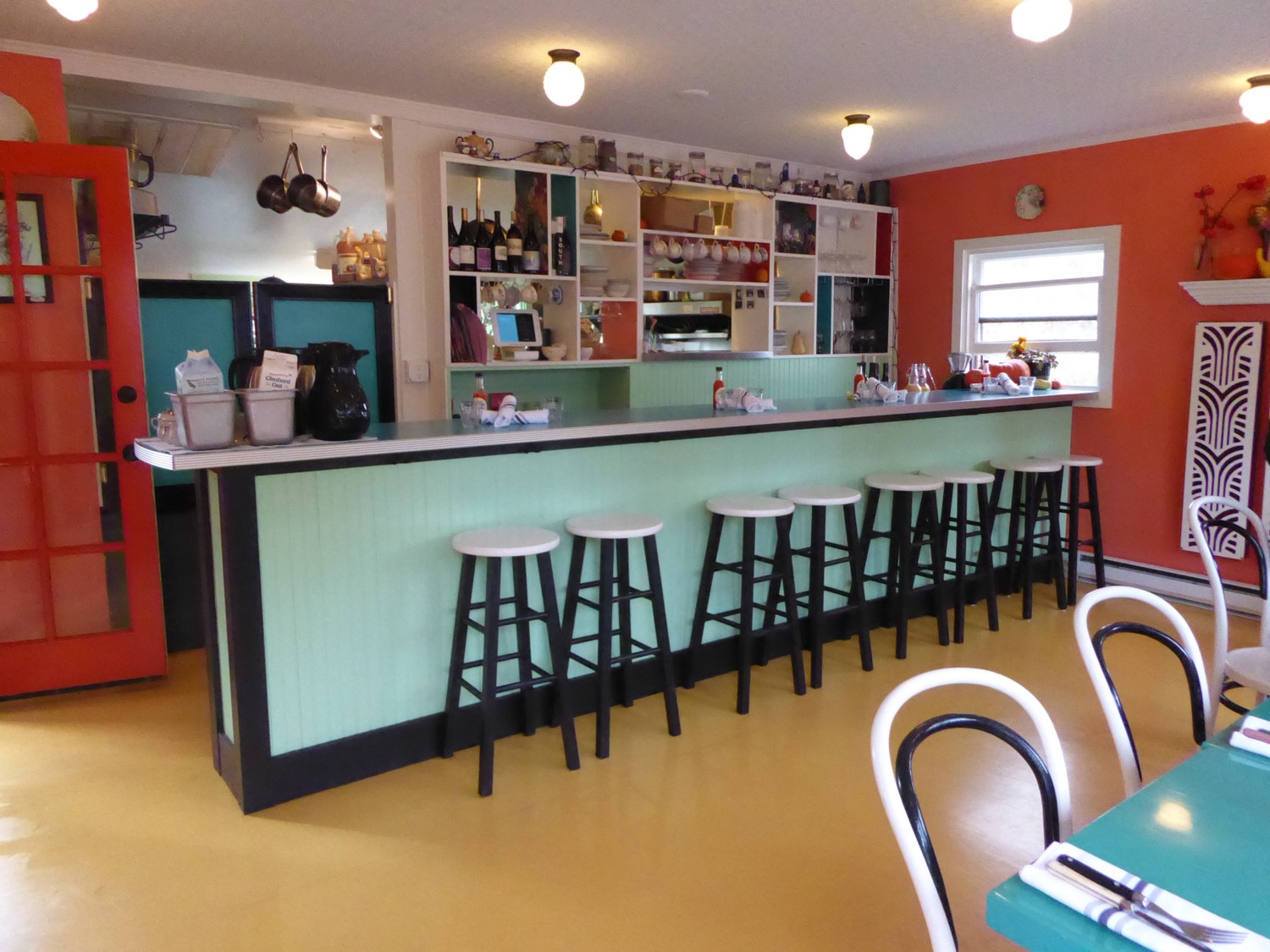

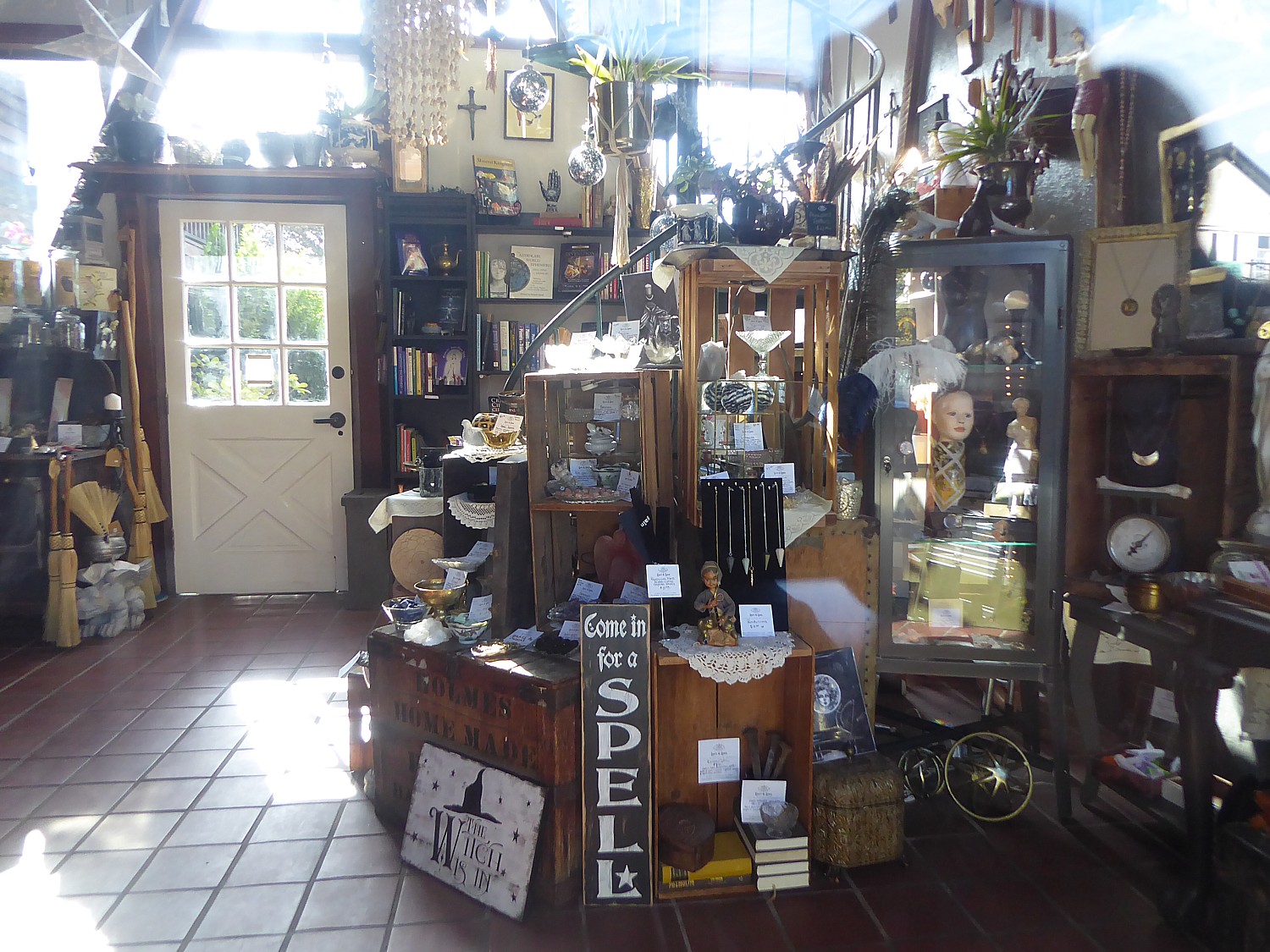 “Come in for a spell” at Loot and Lore, Mendocino © Karen Rubin/goingplacesfarandnear.com
“Come in for a spell” at Loot and Lore, Mendocino © Karen Rubin/goingplacesfarandnear.com